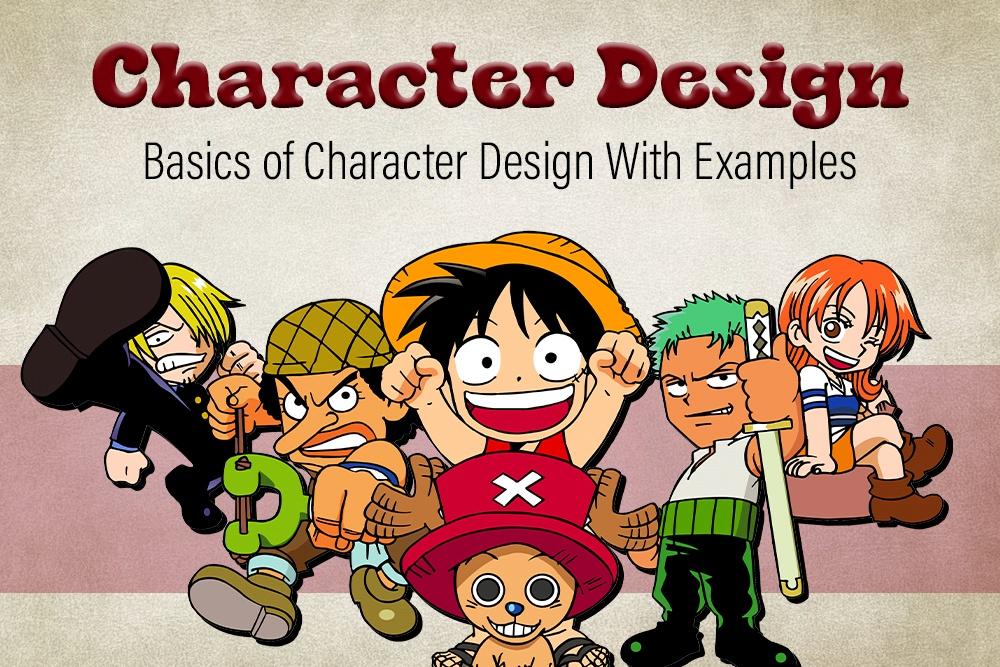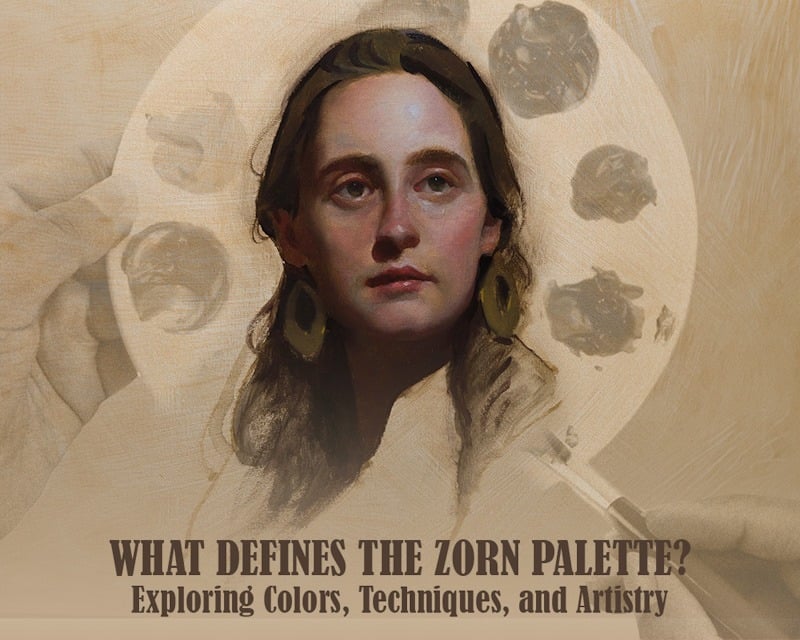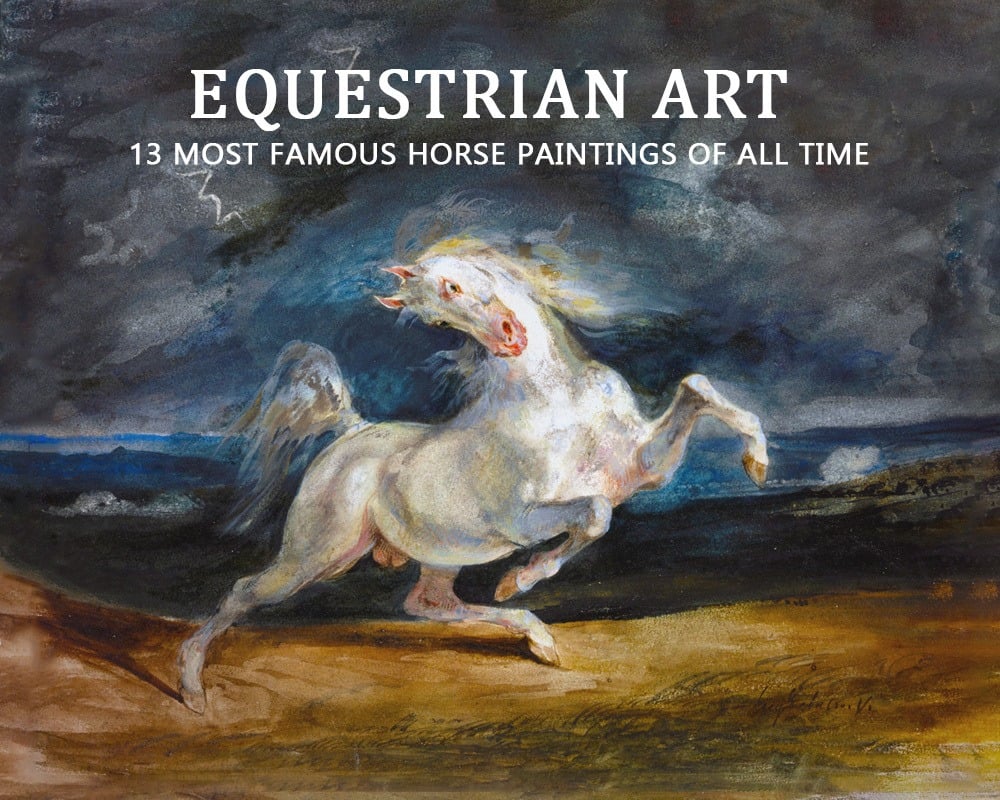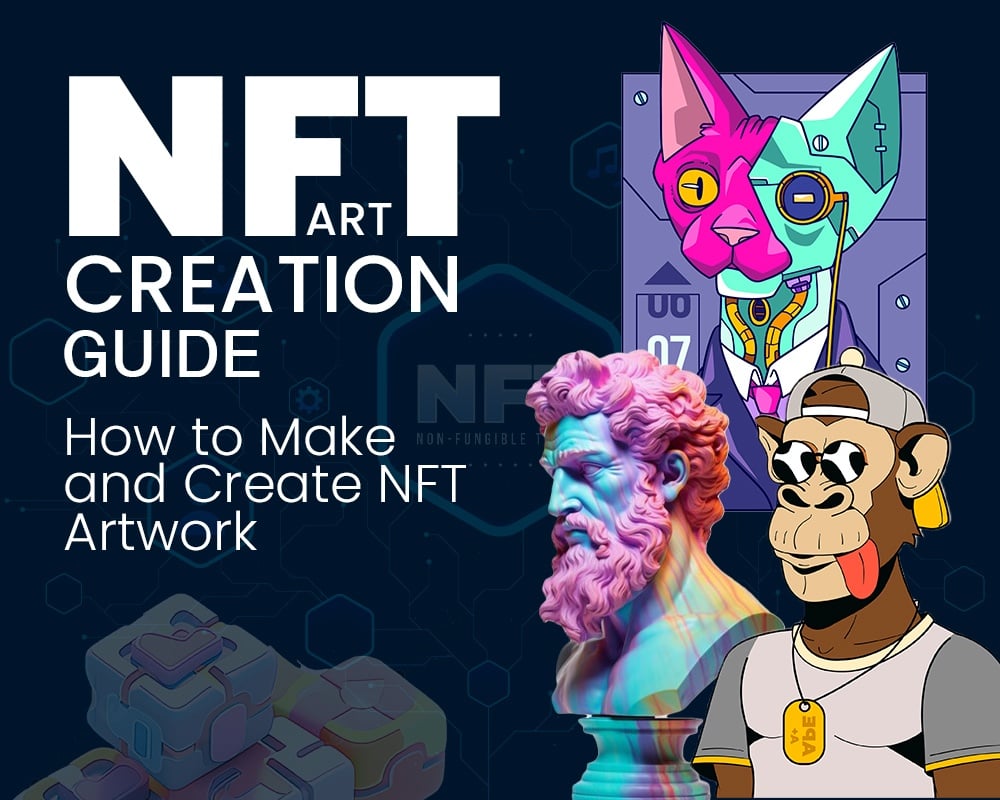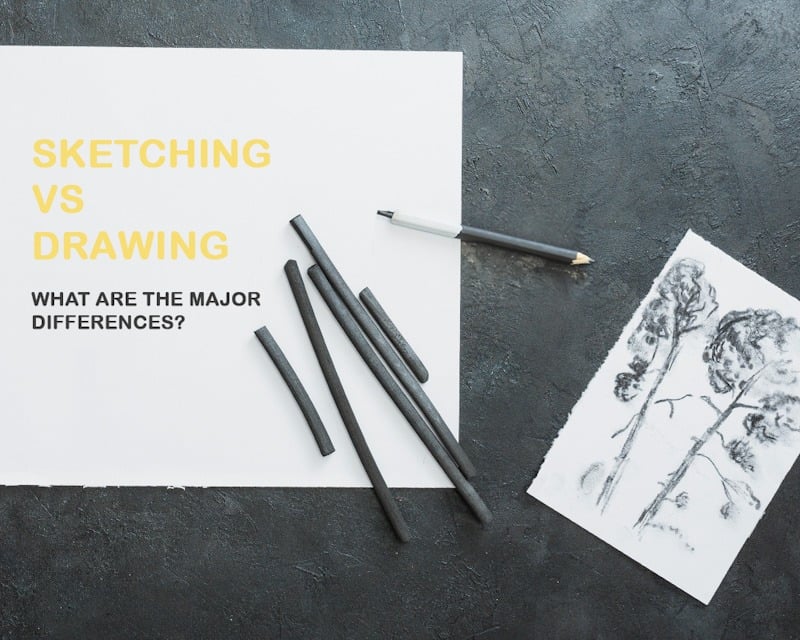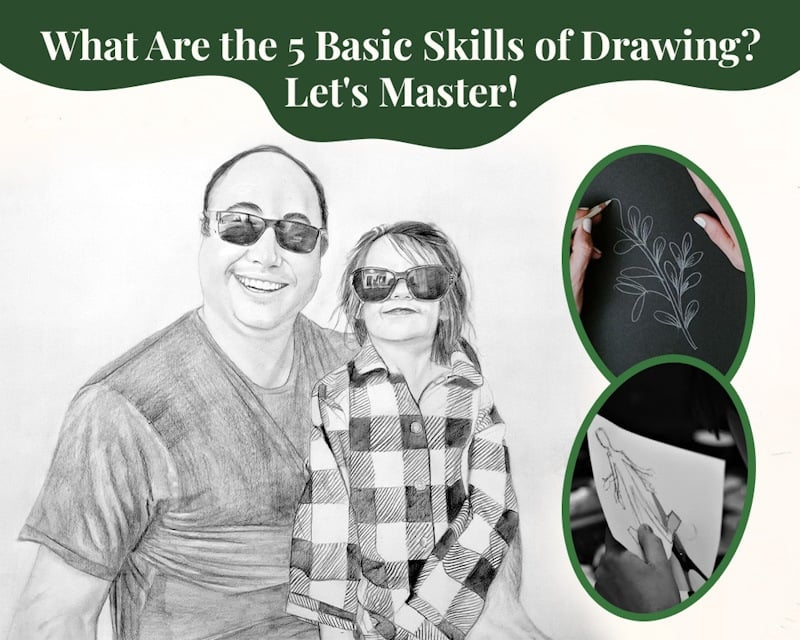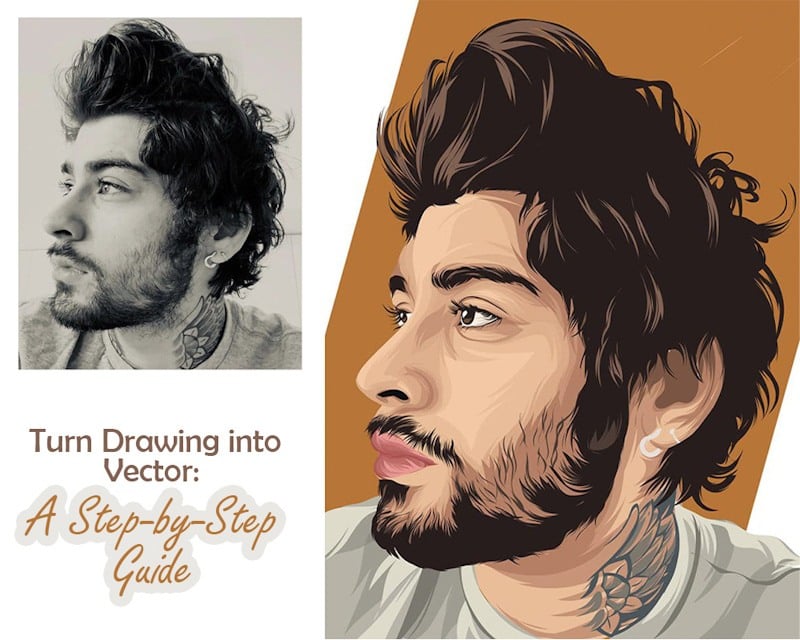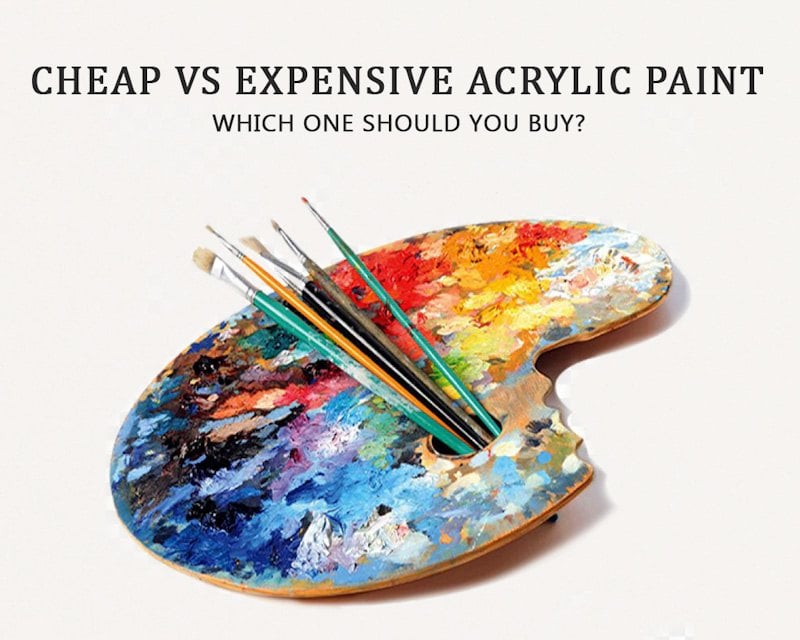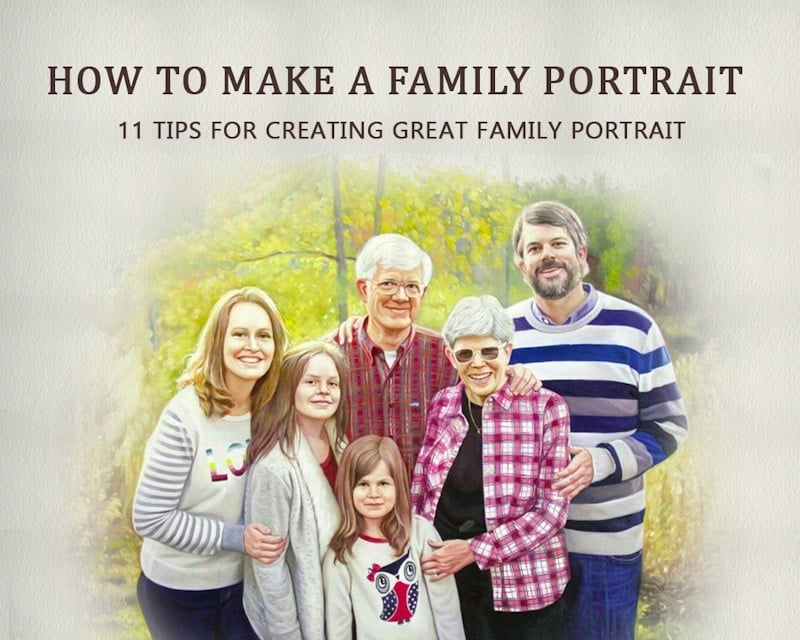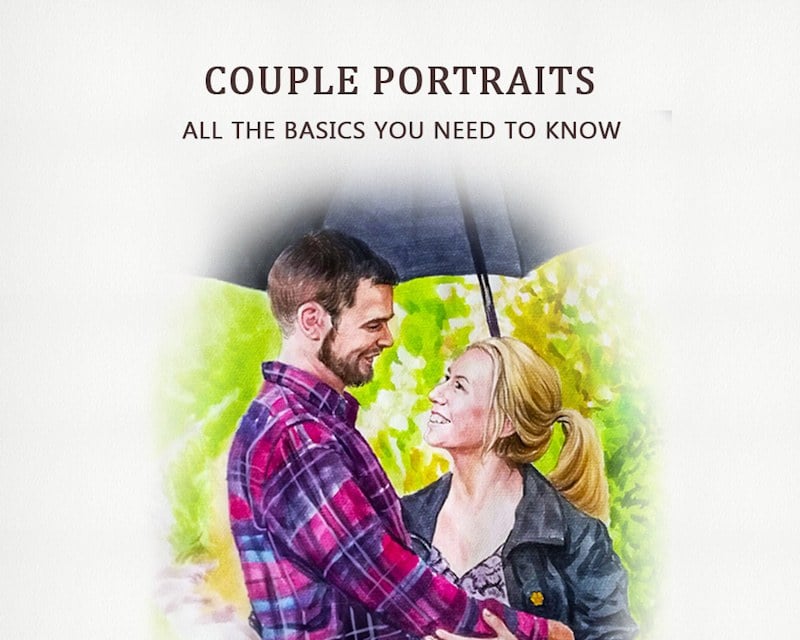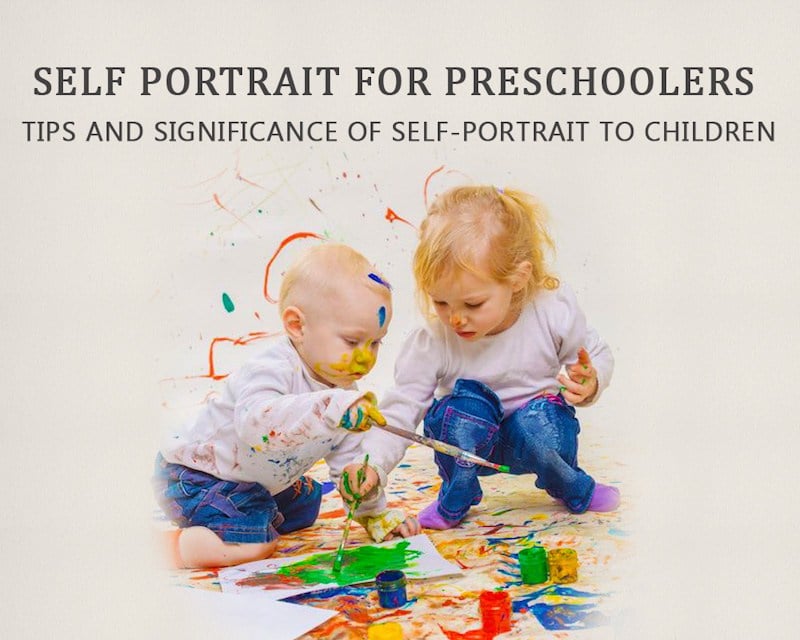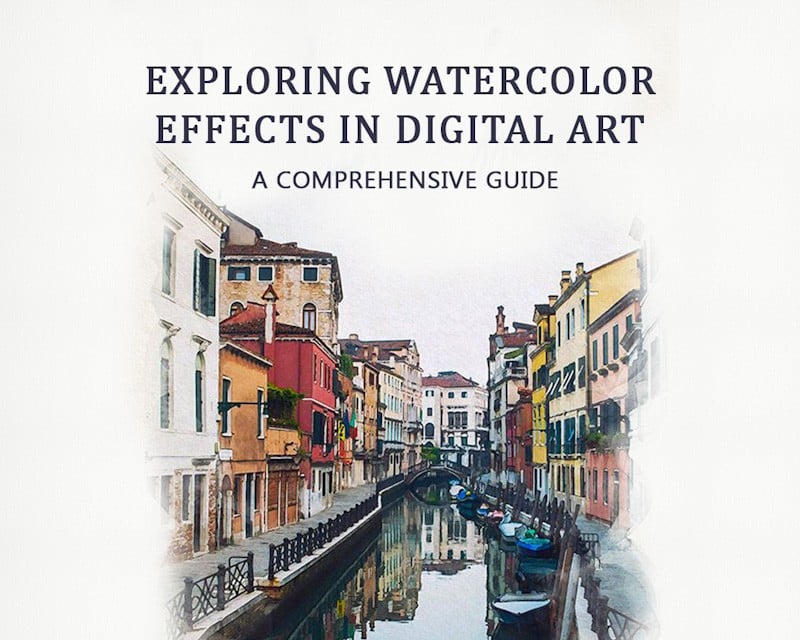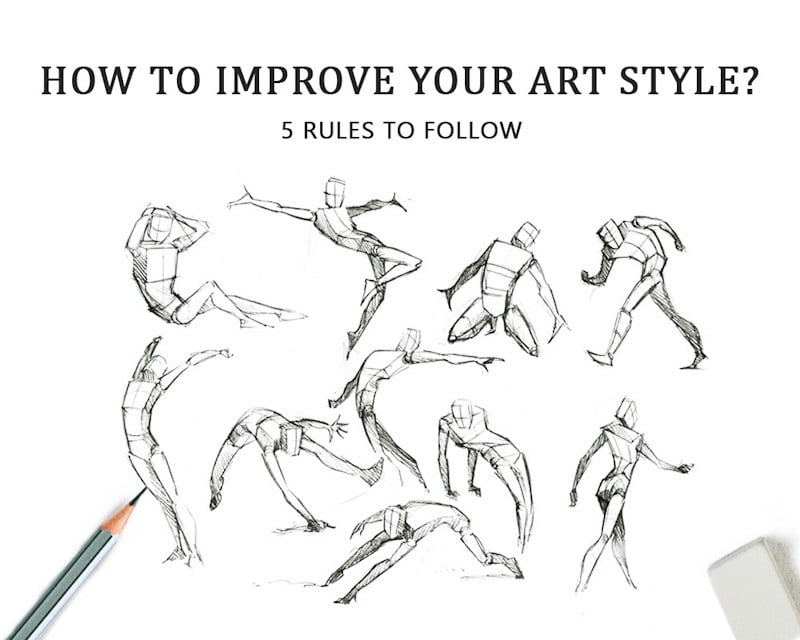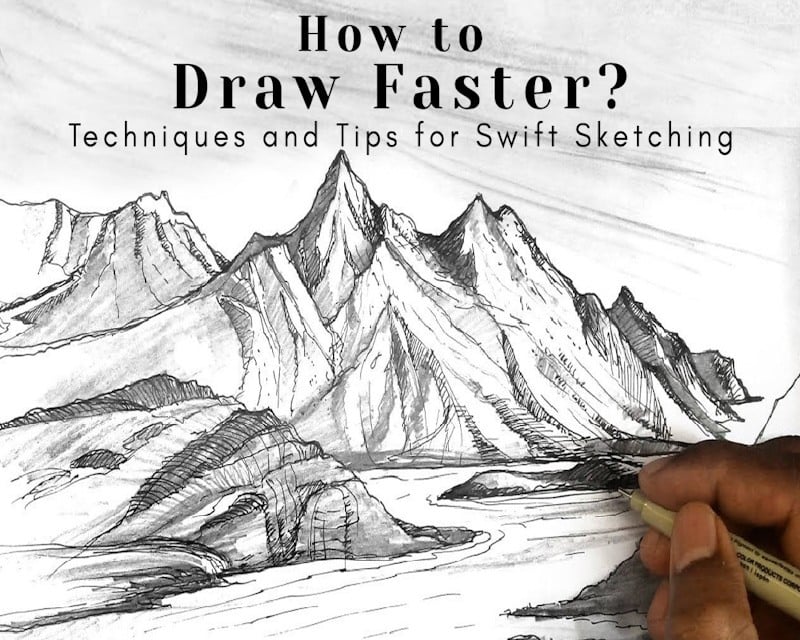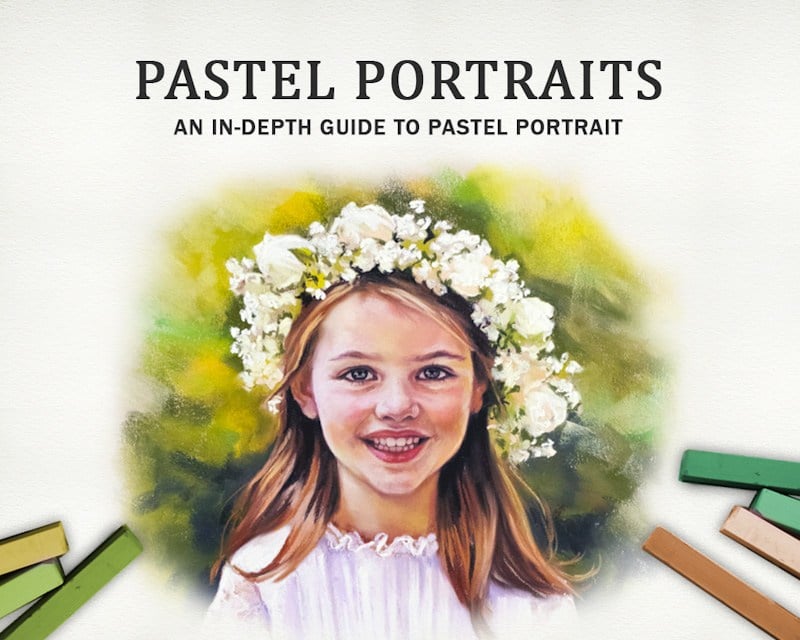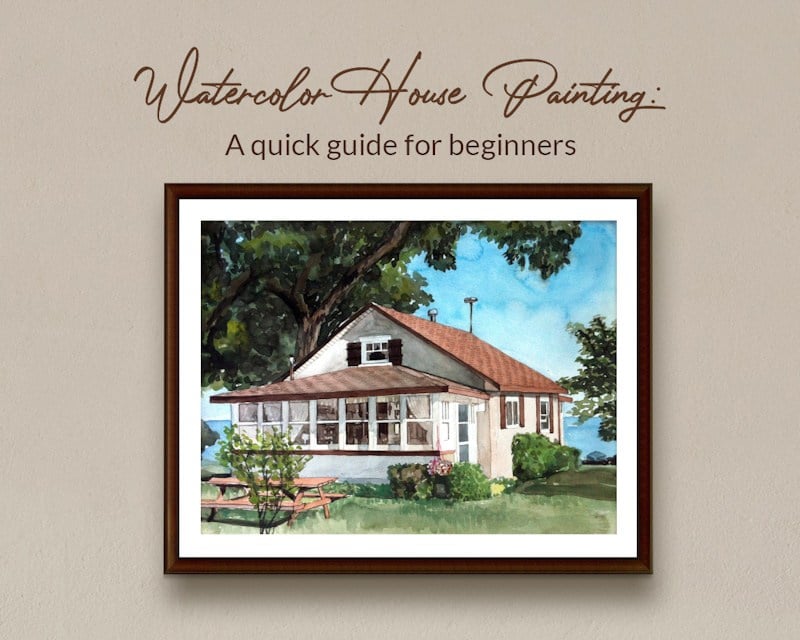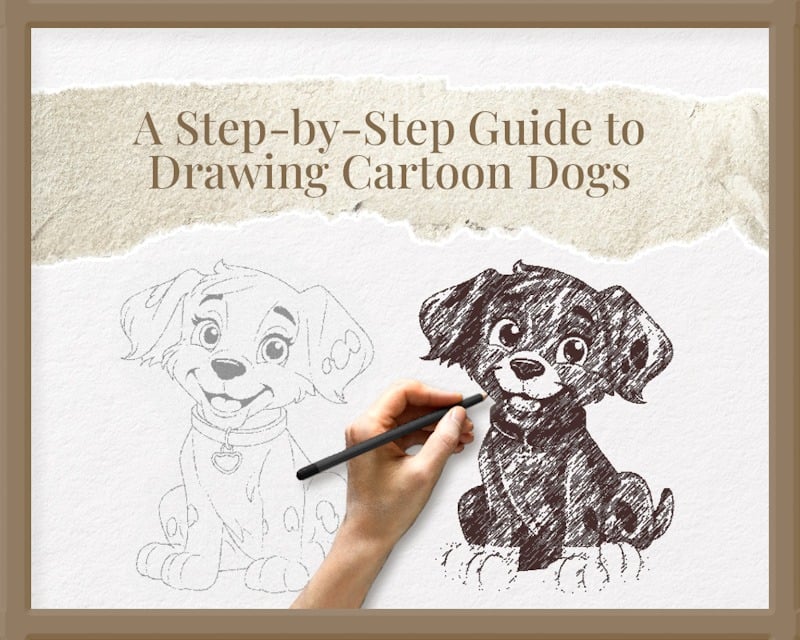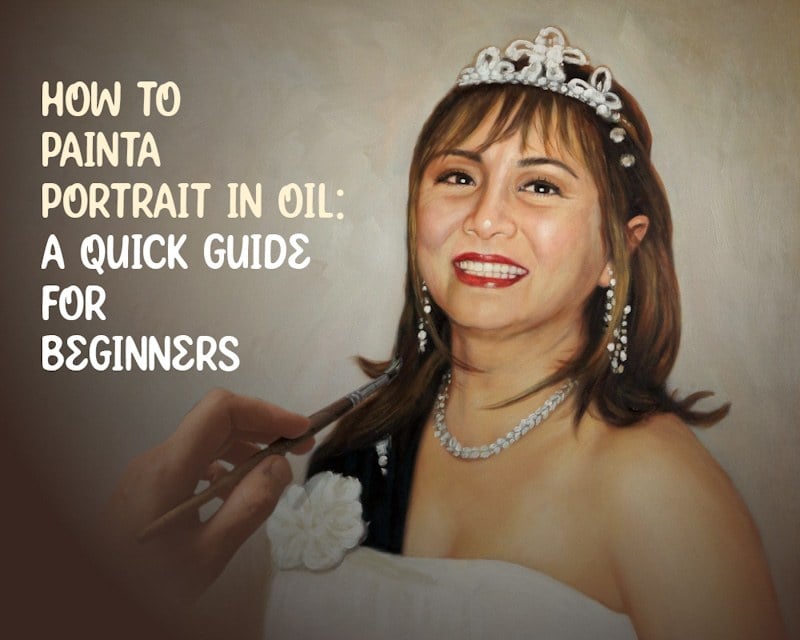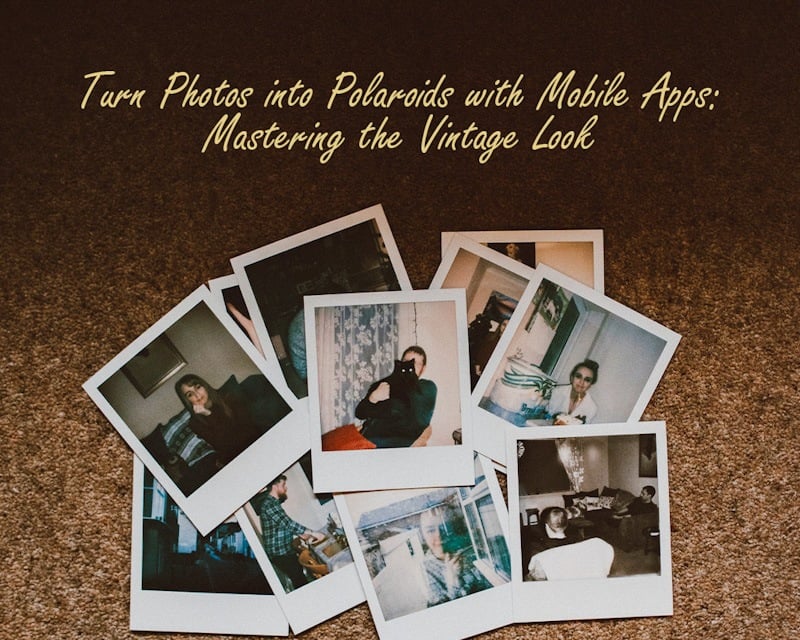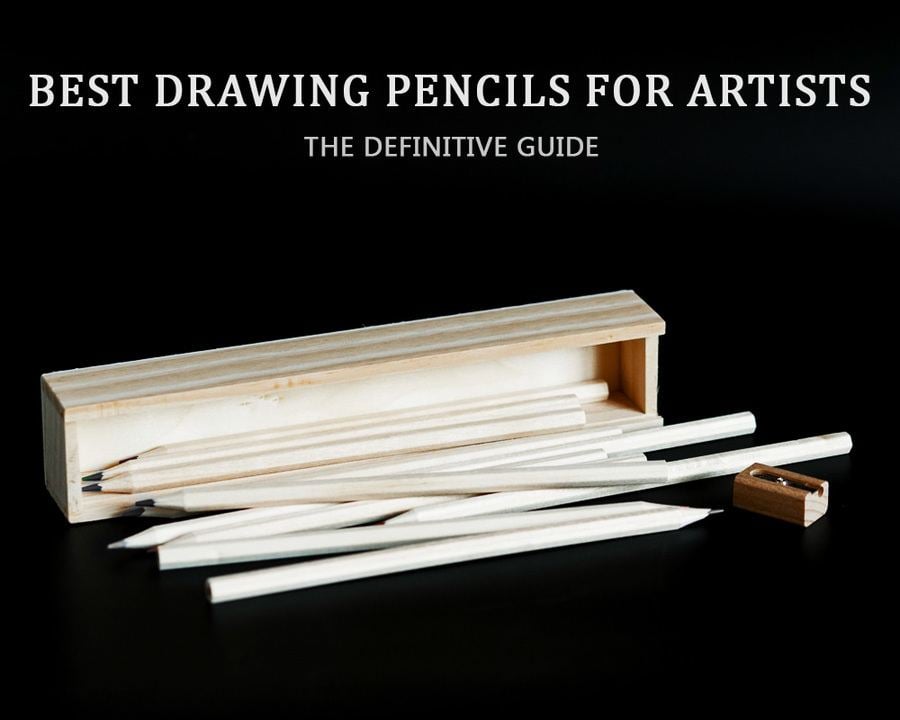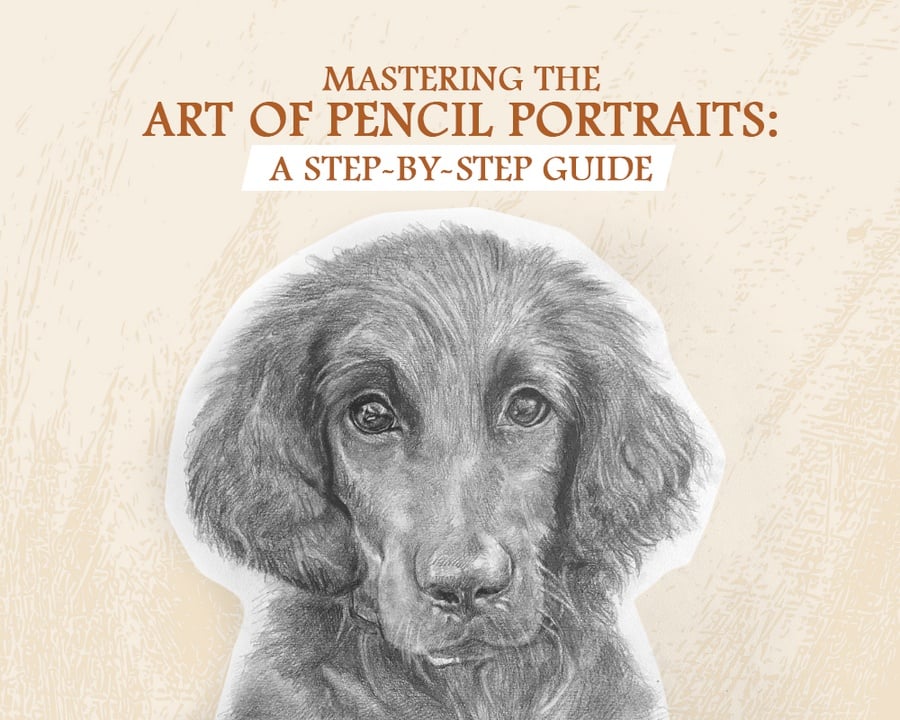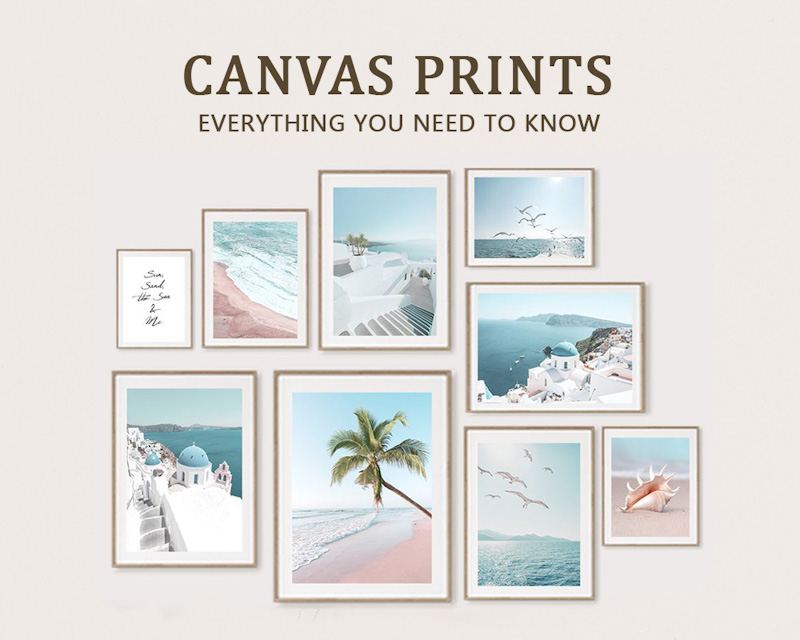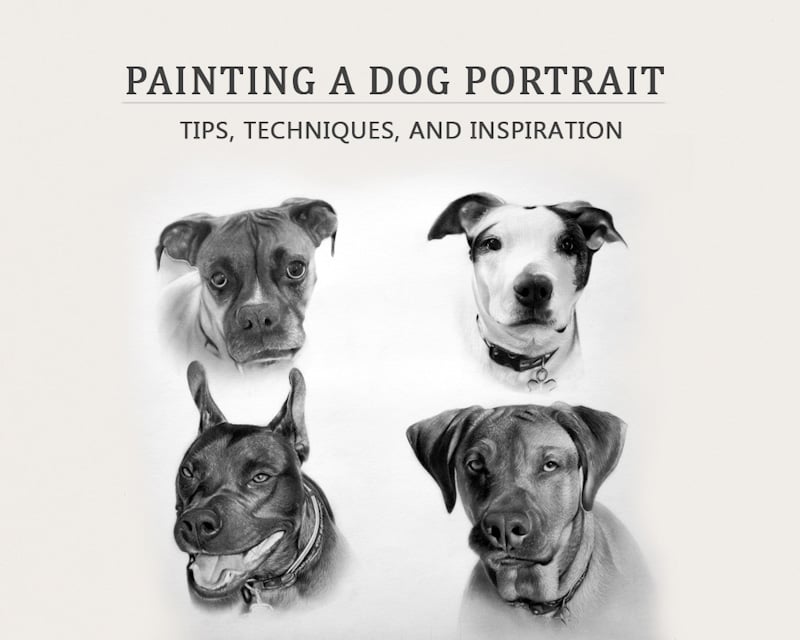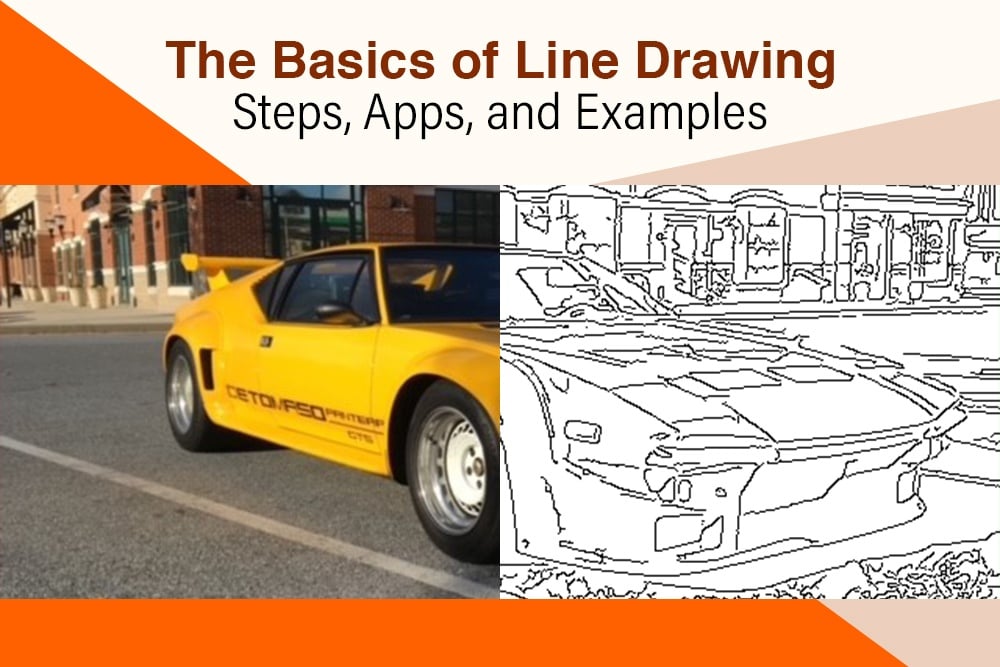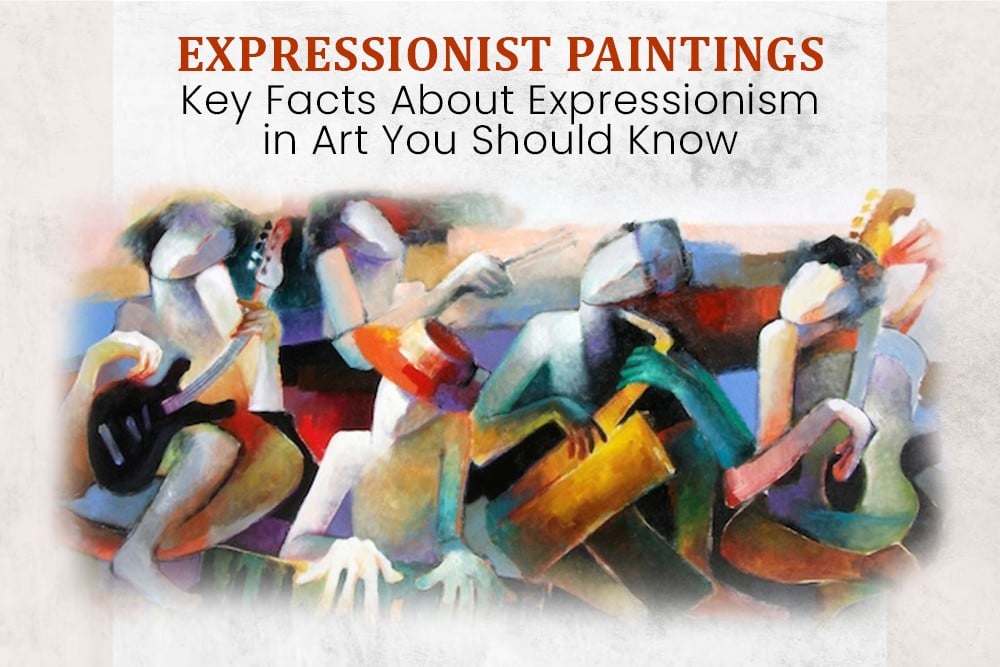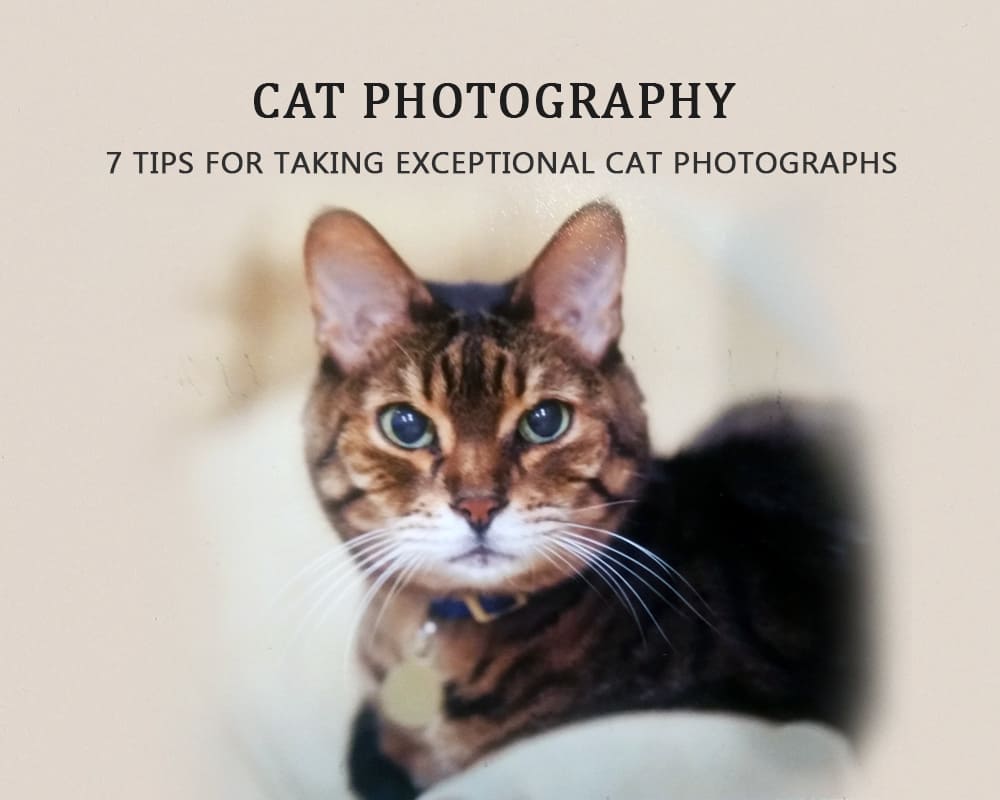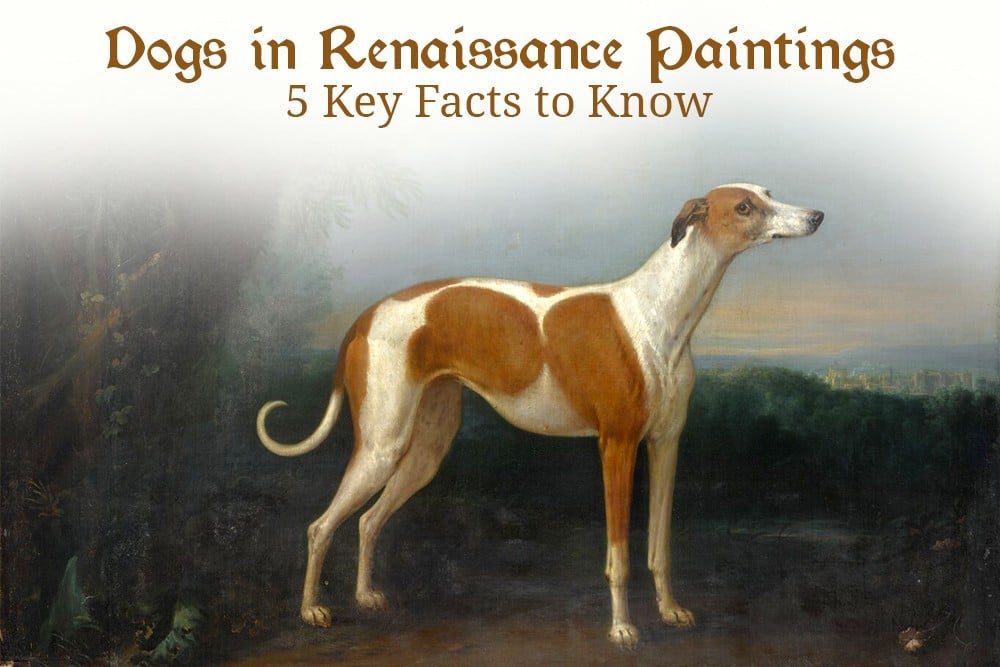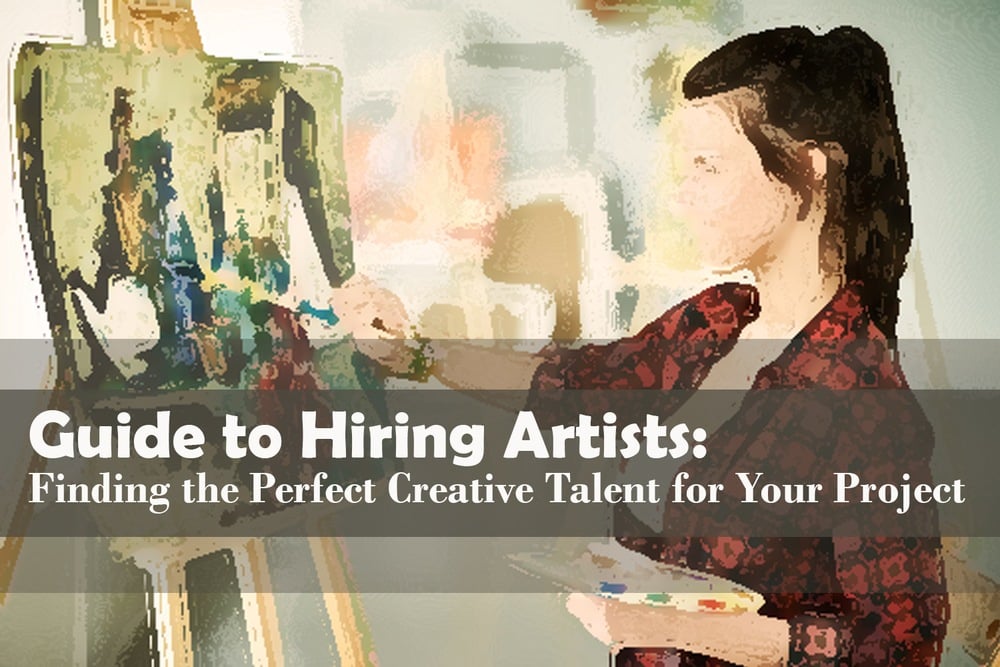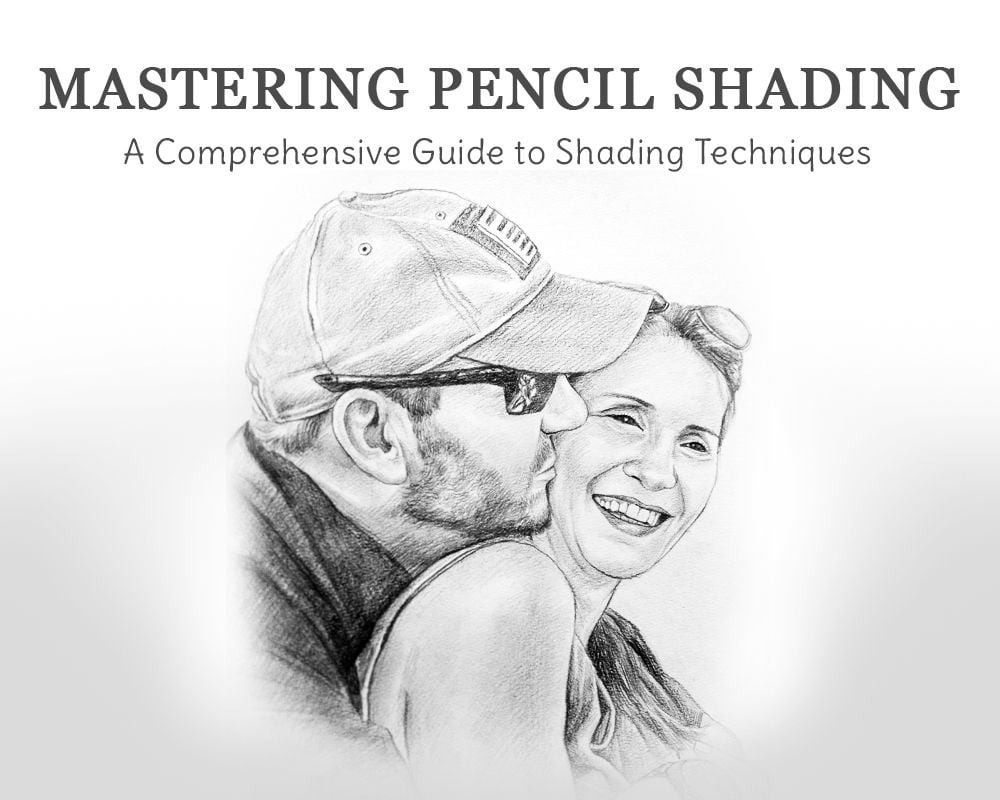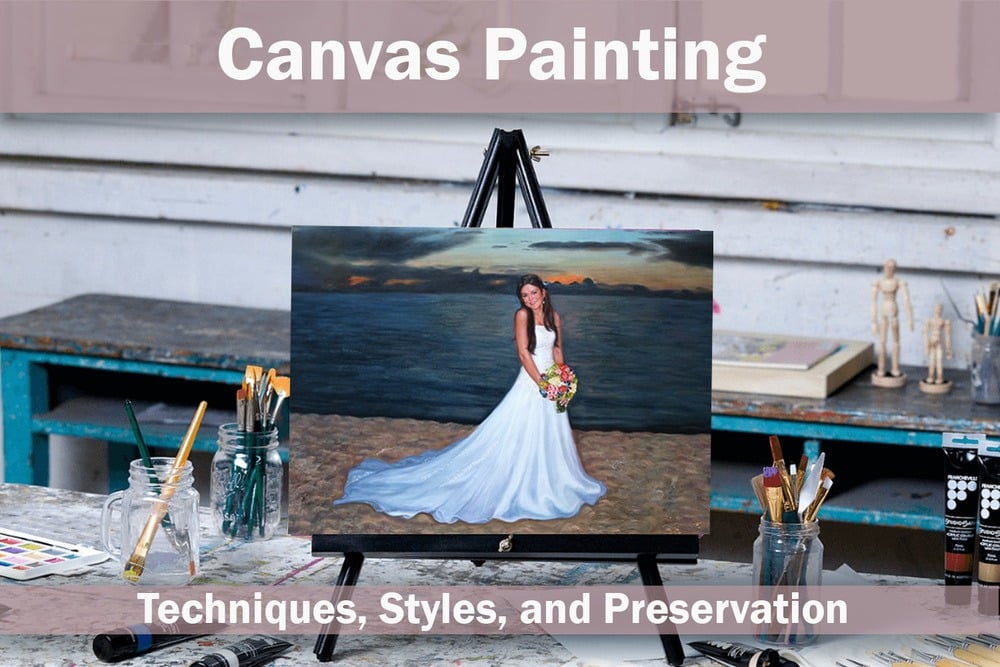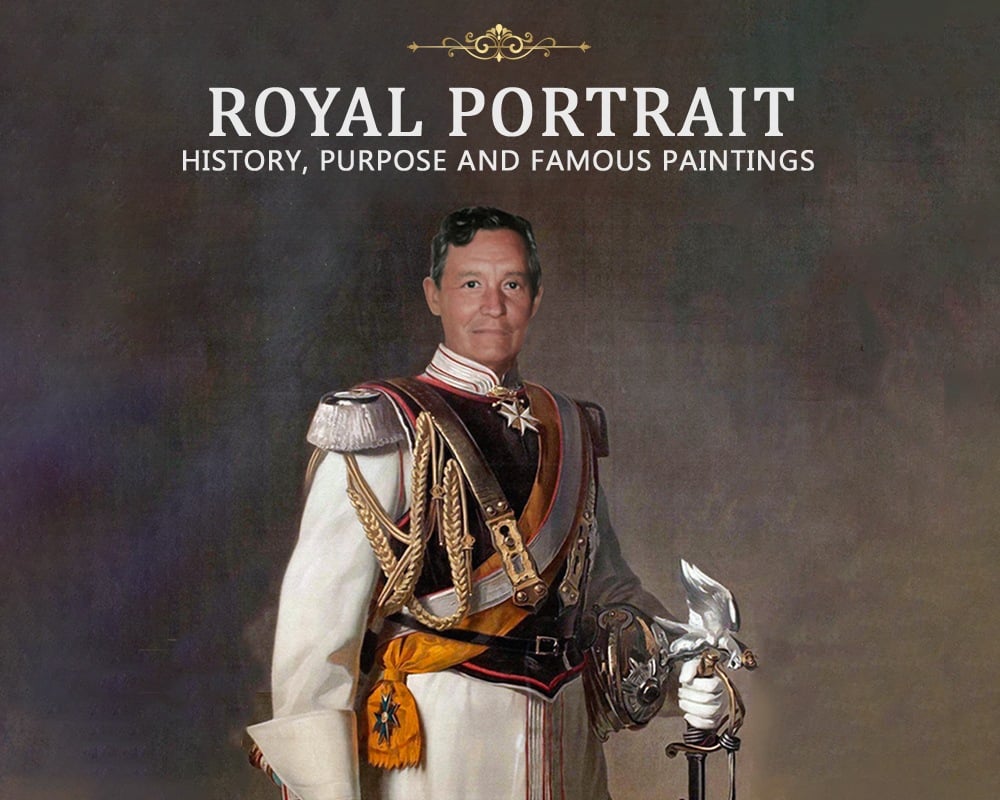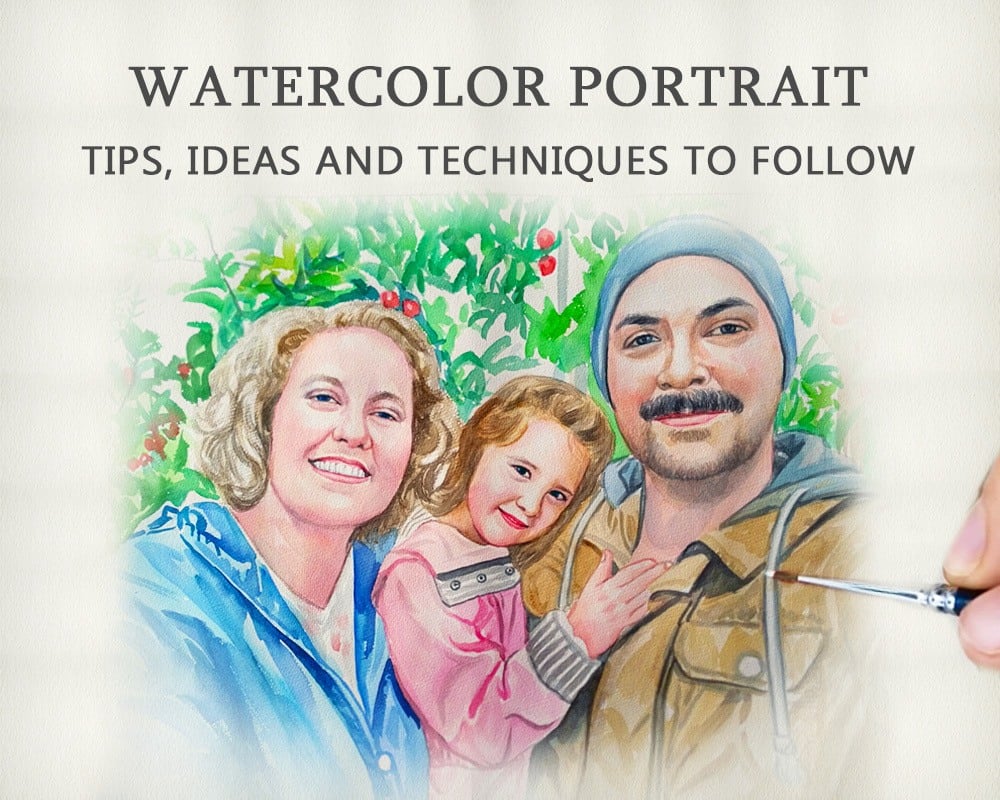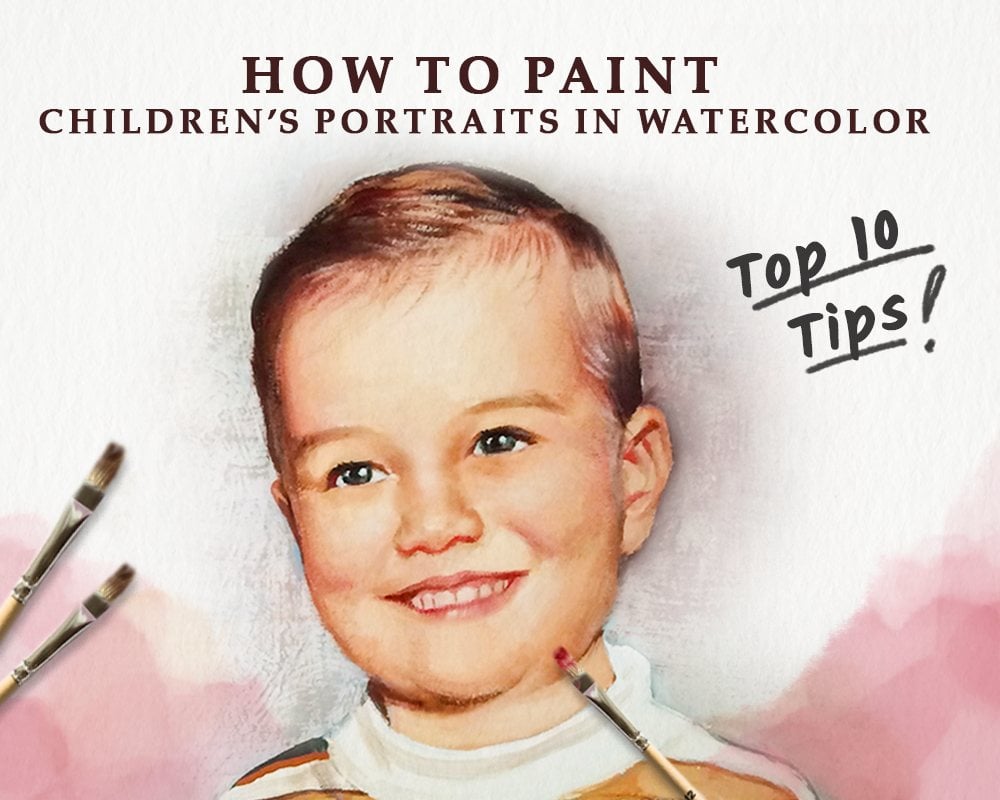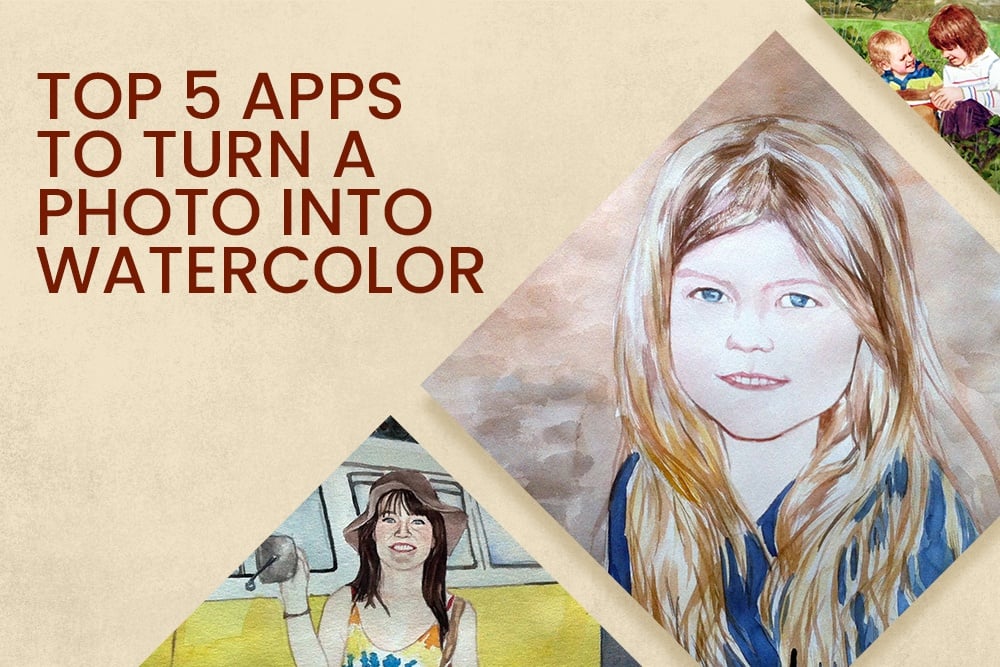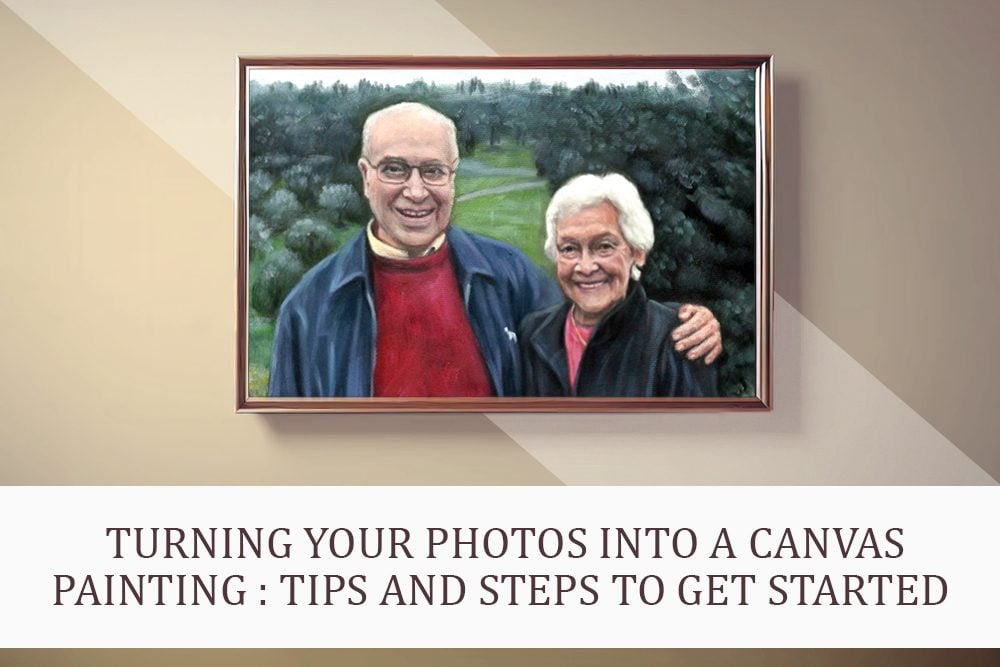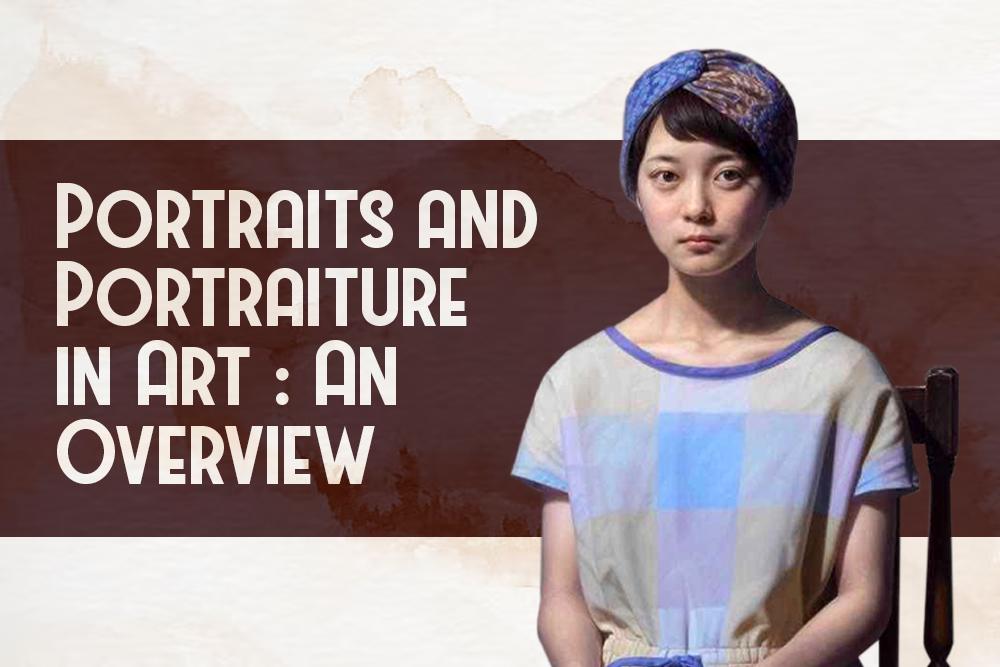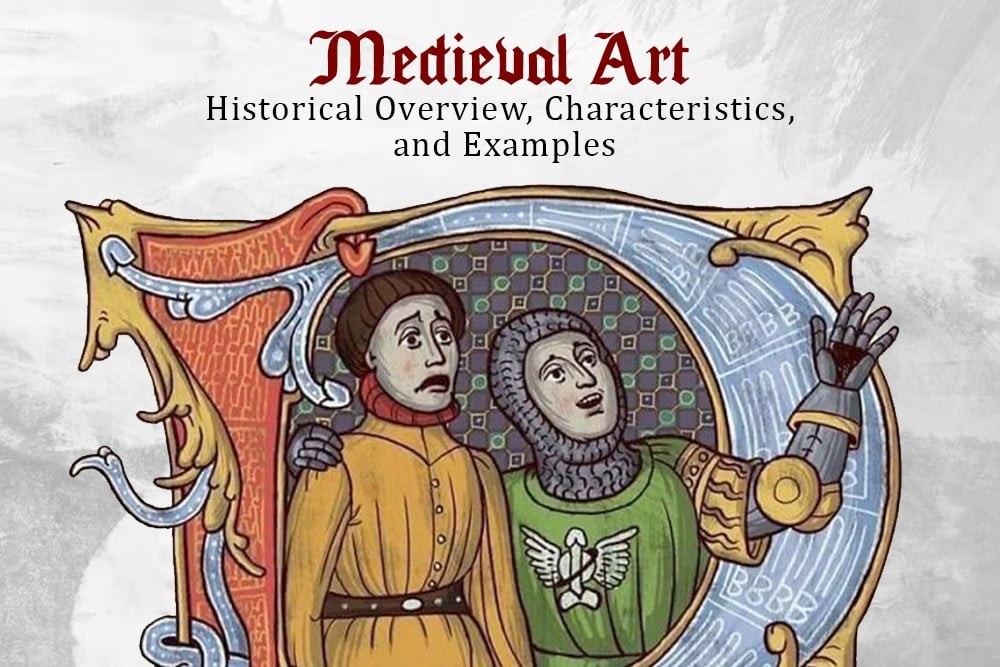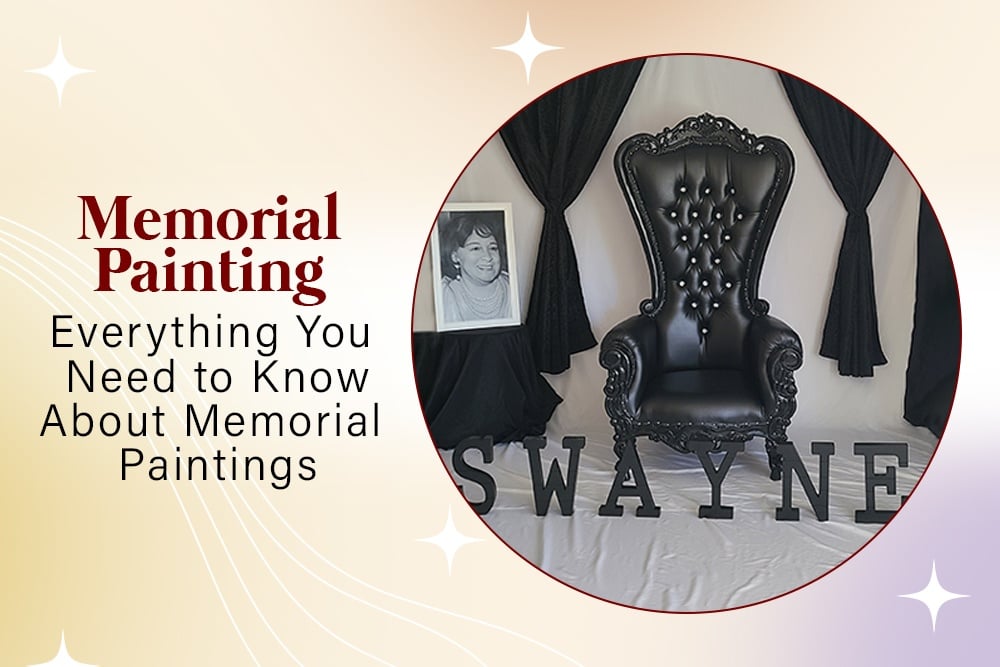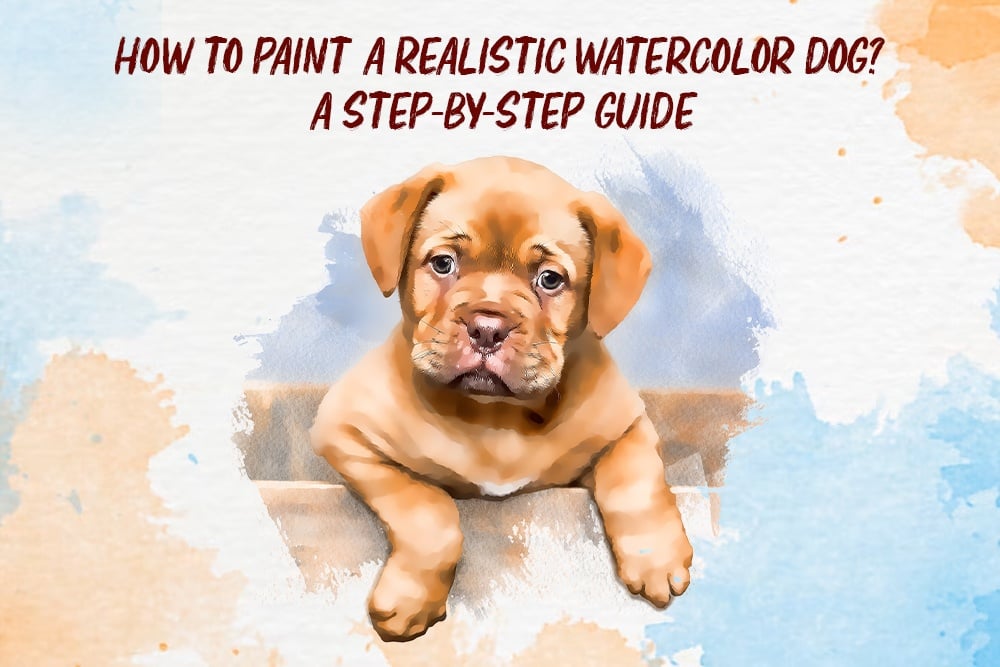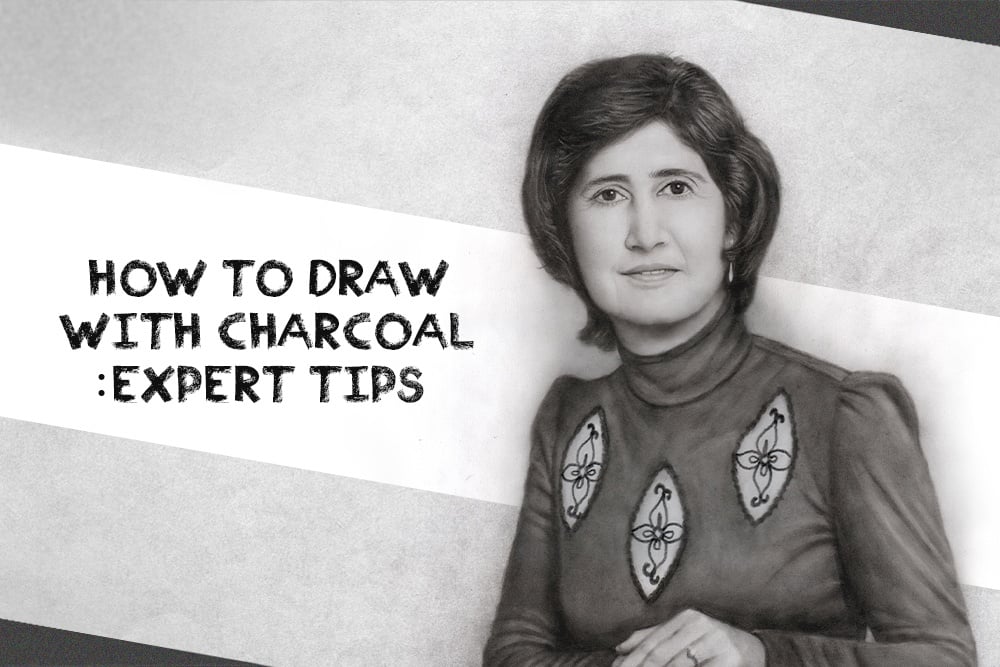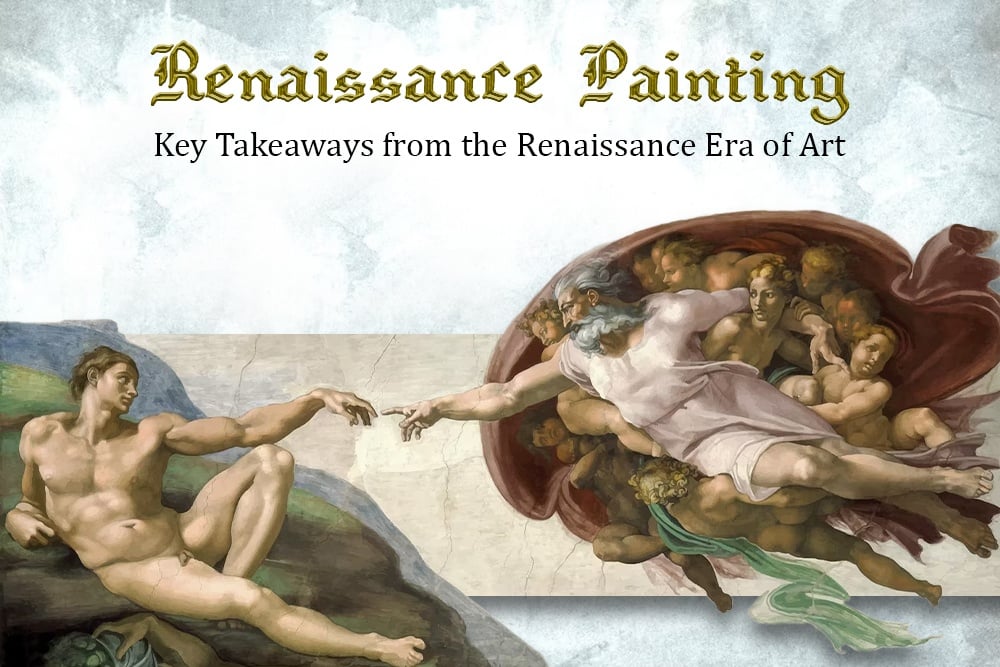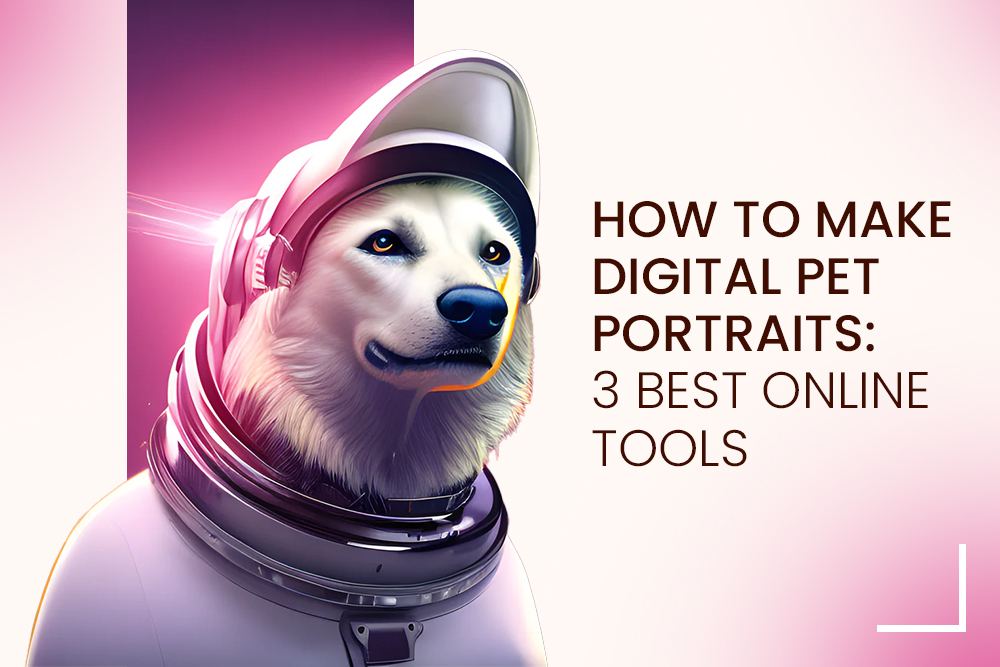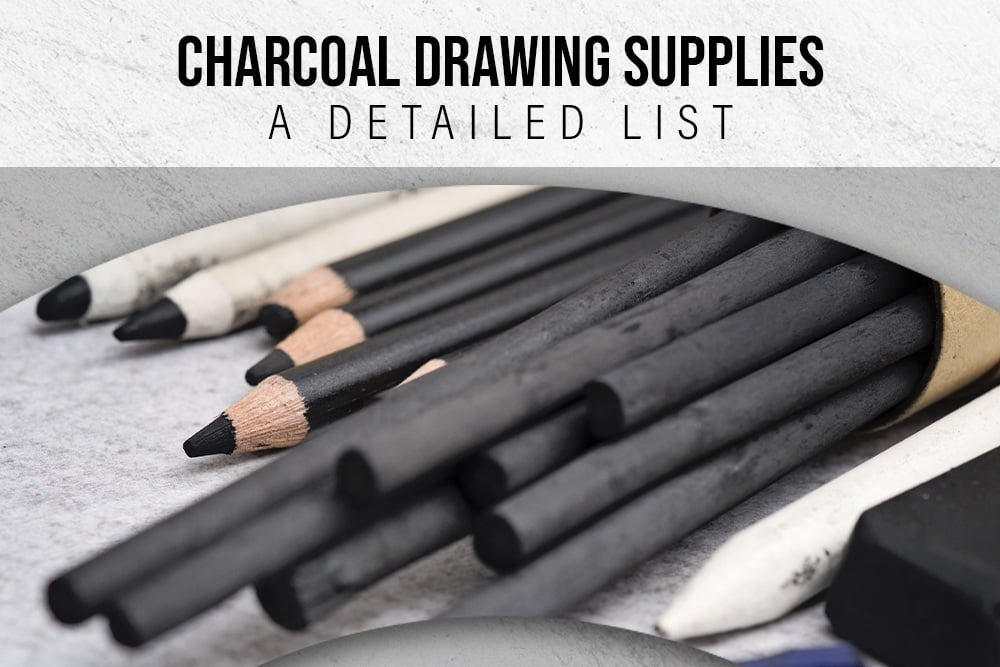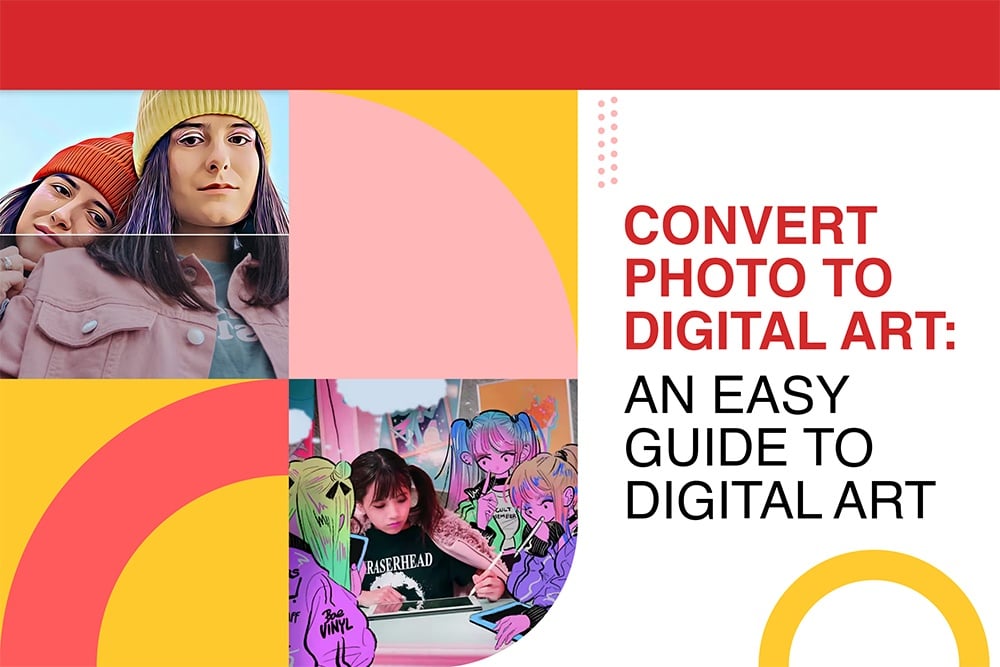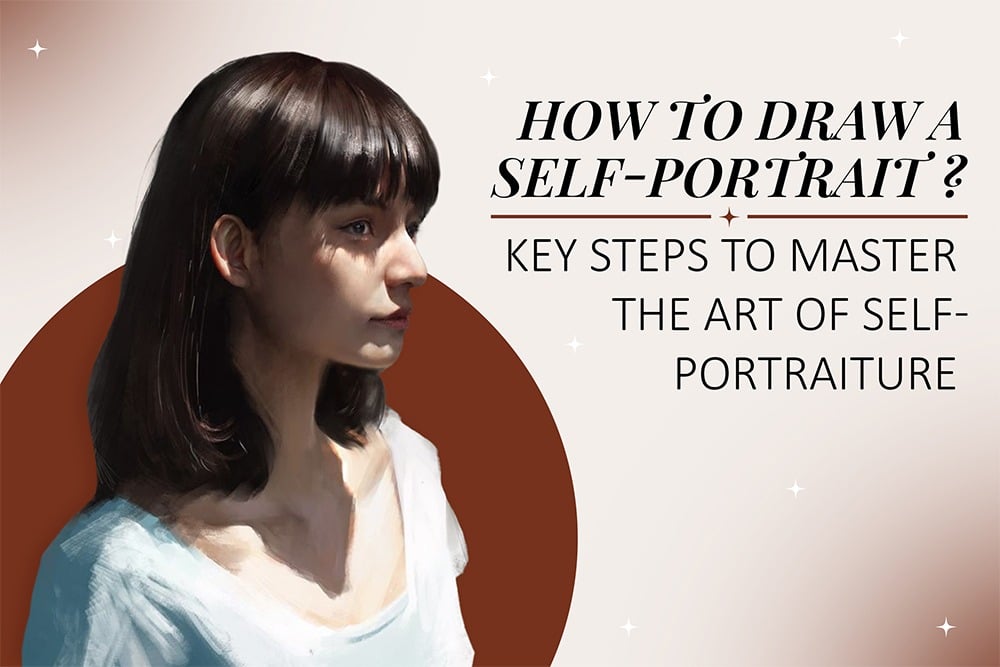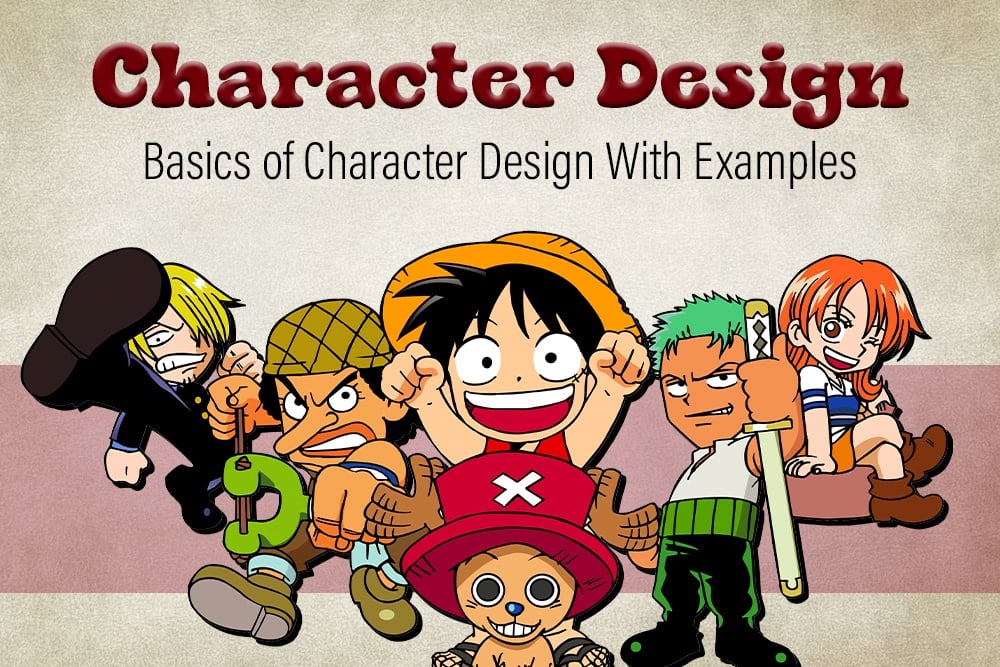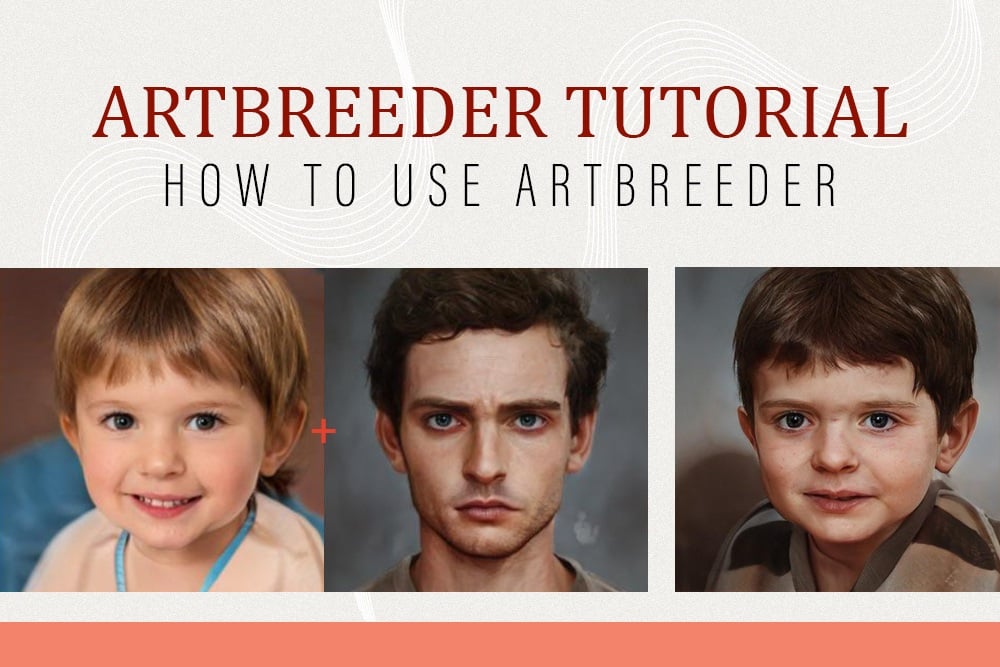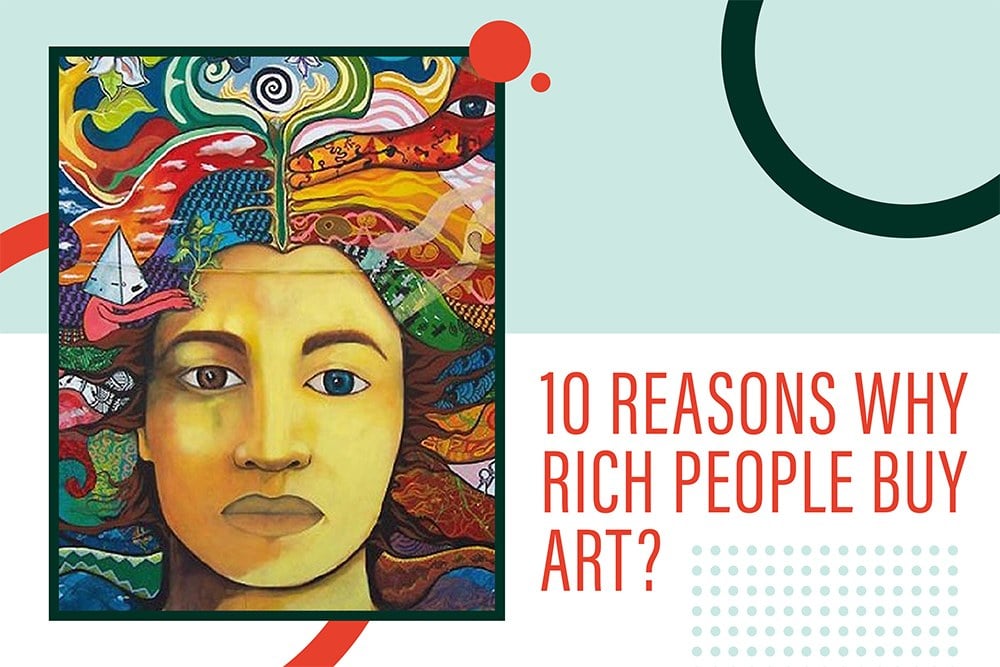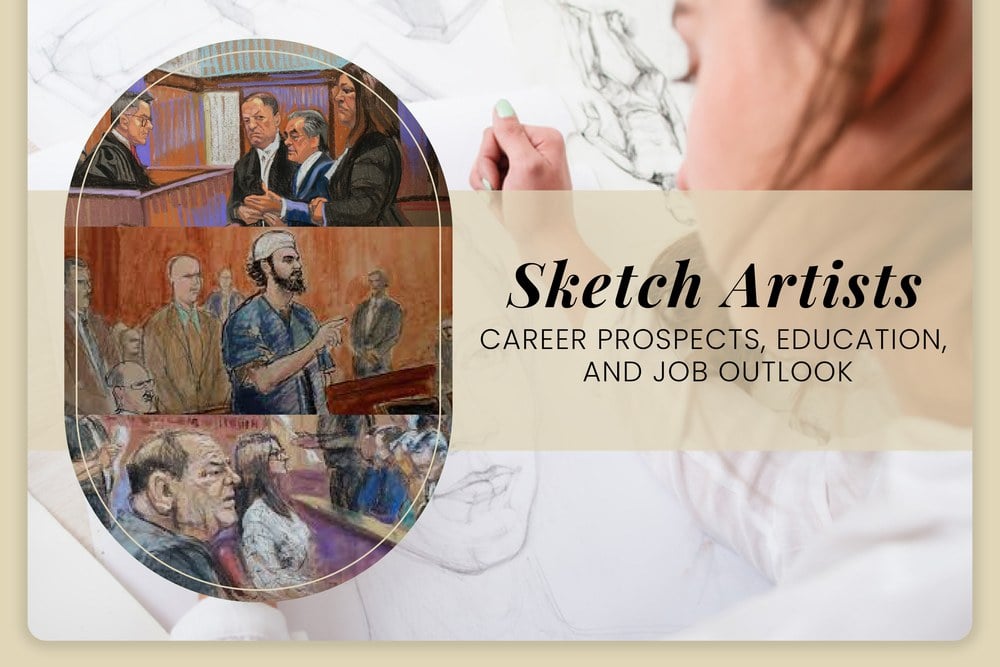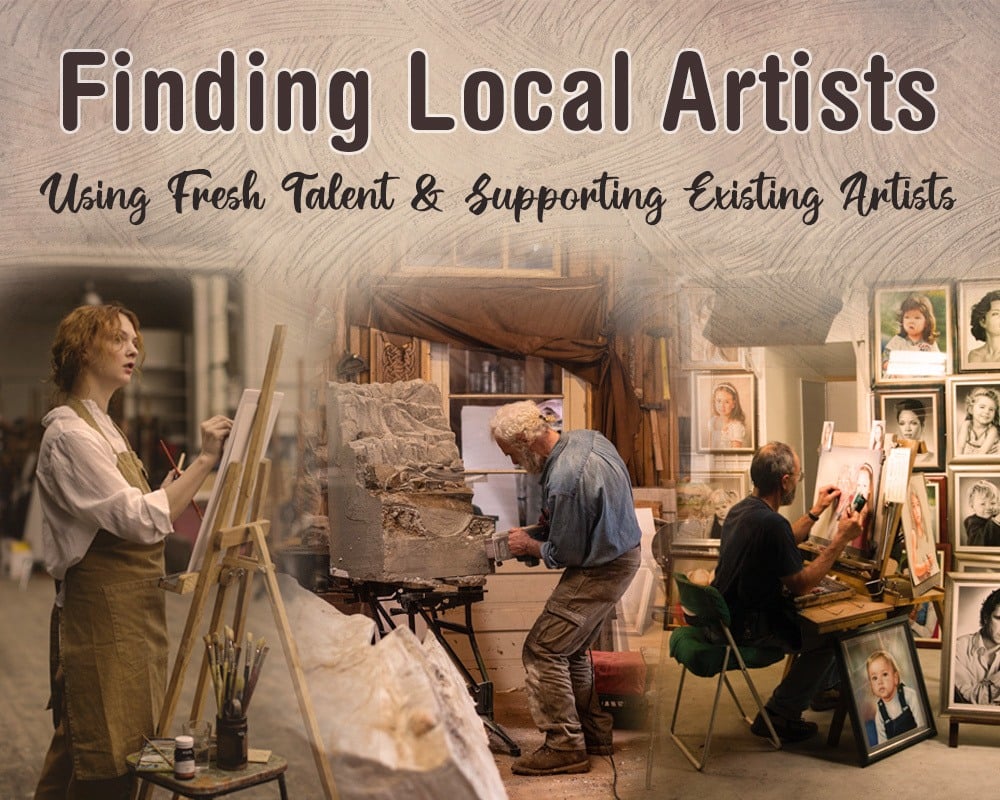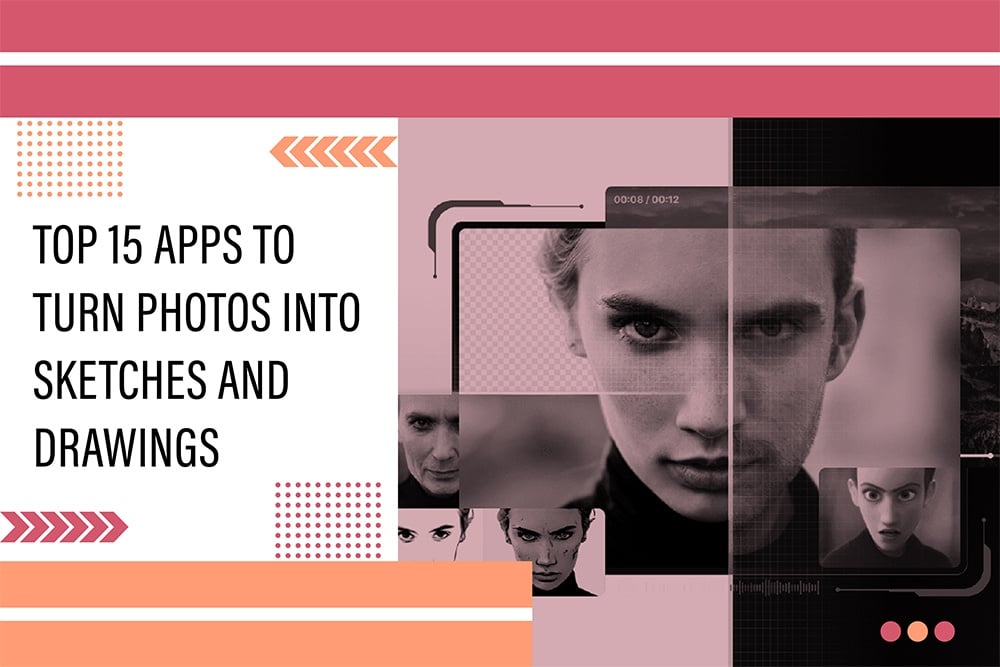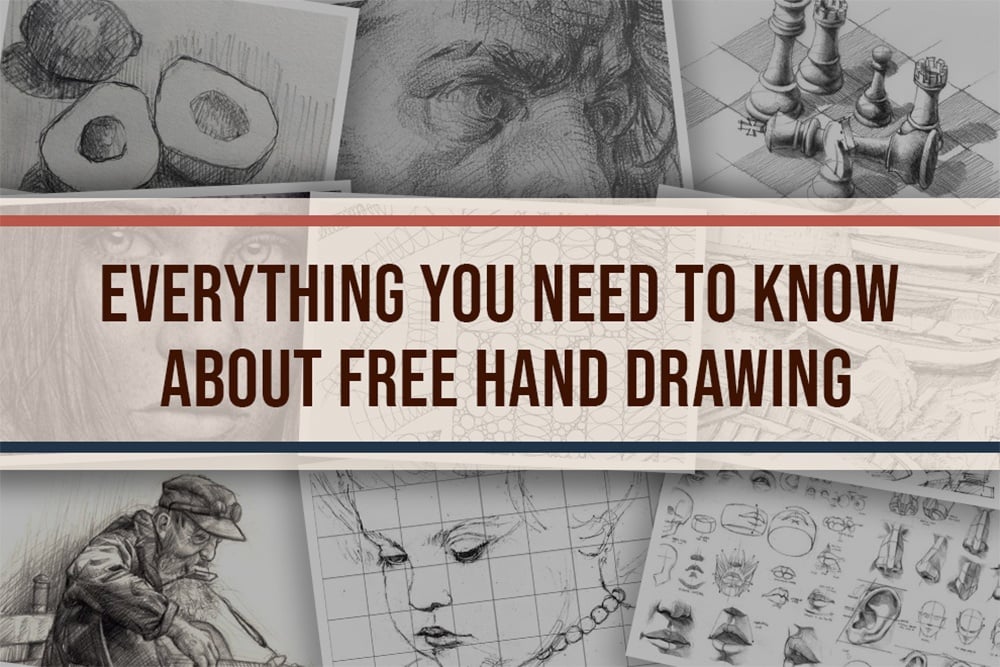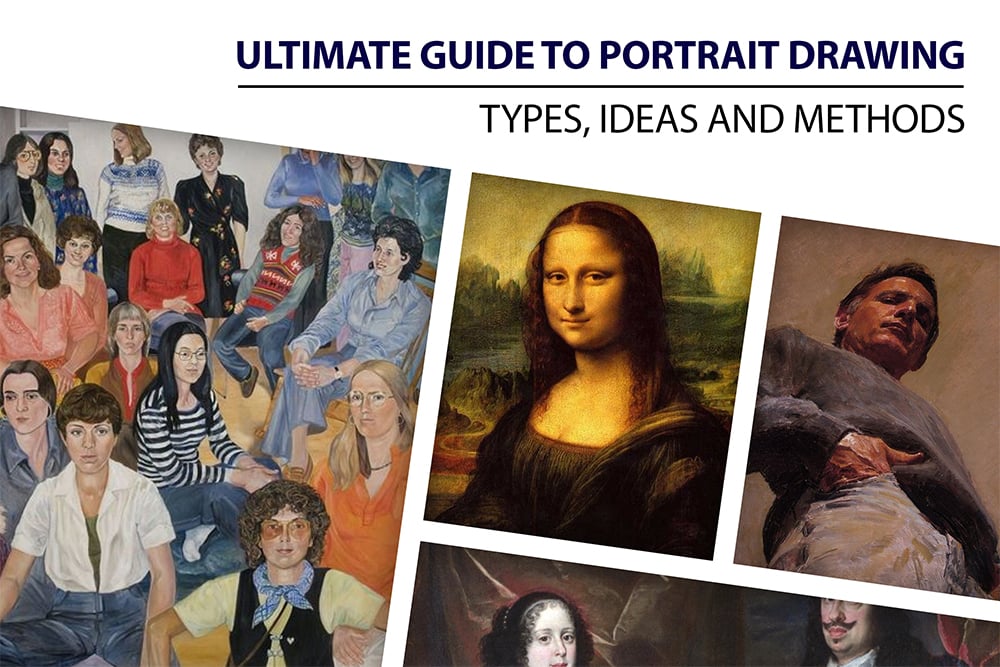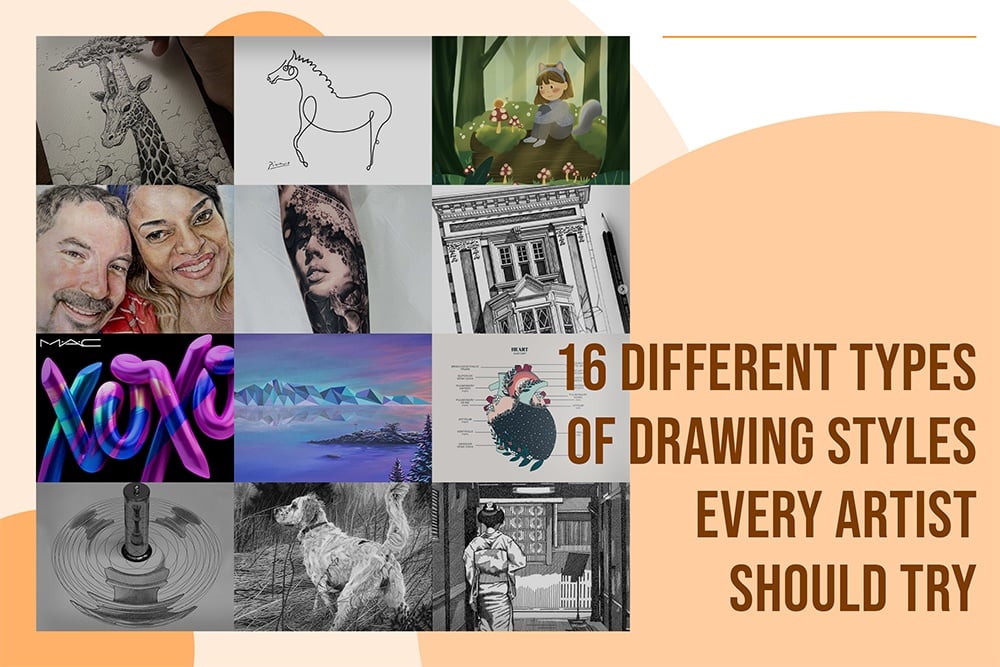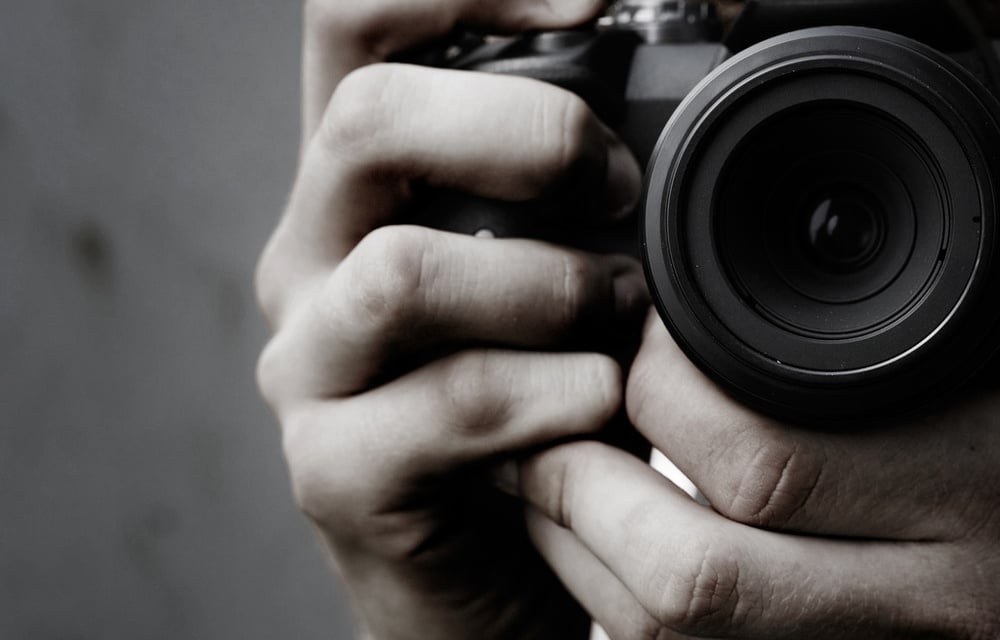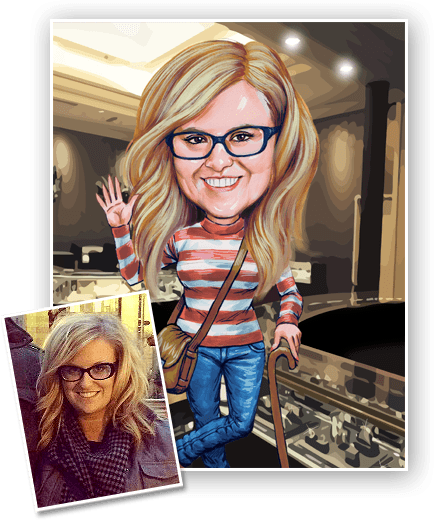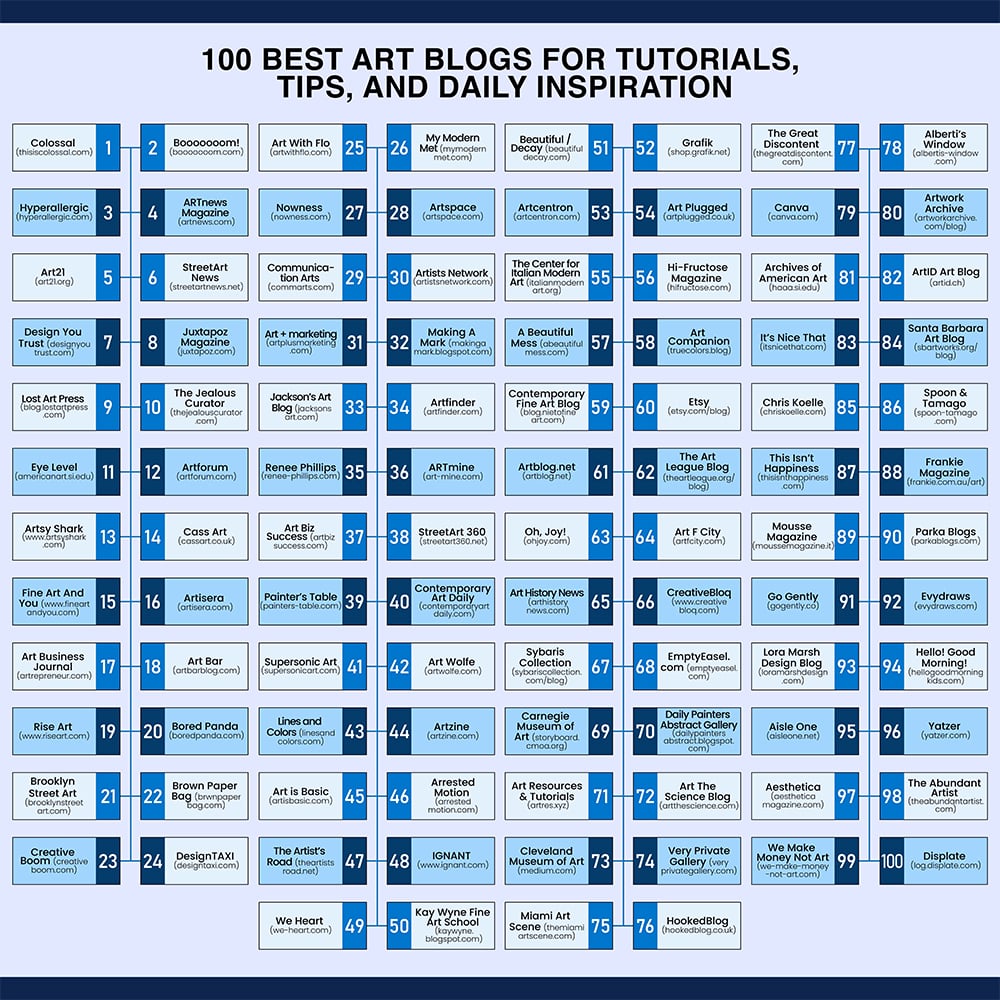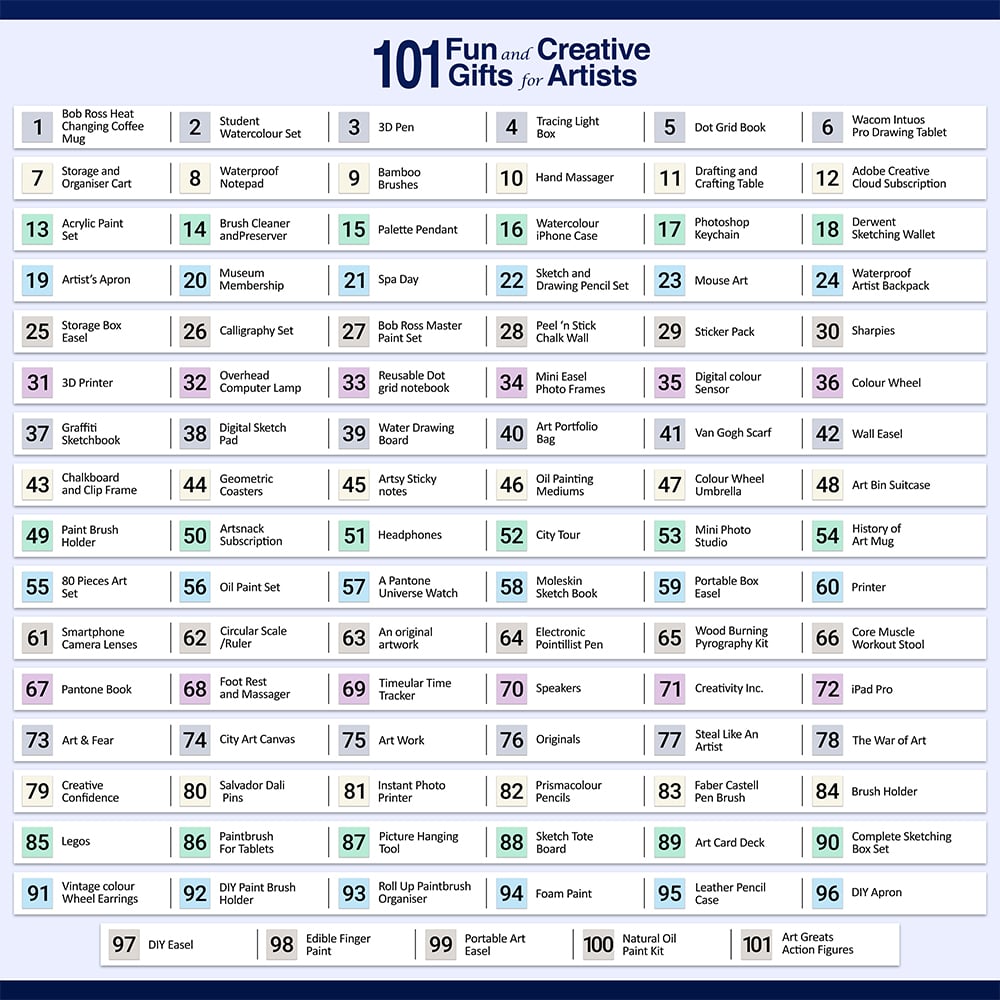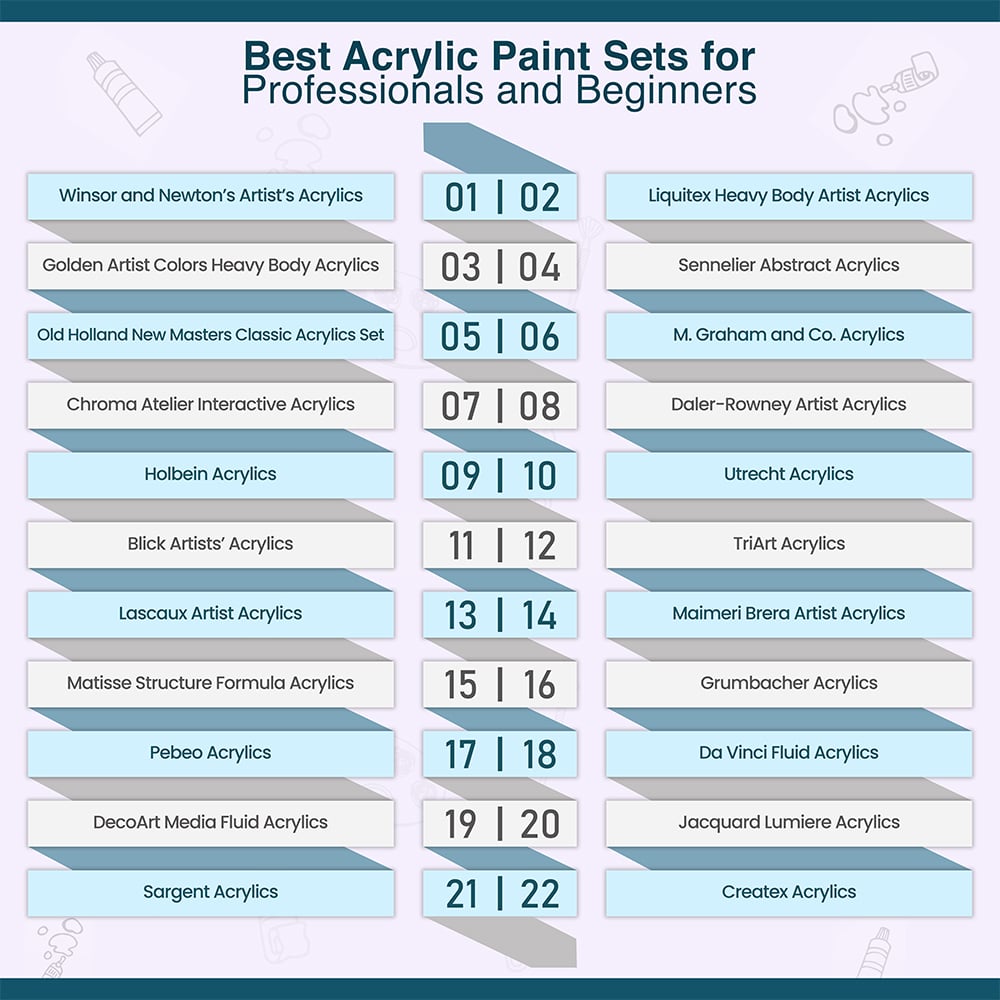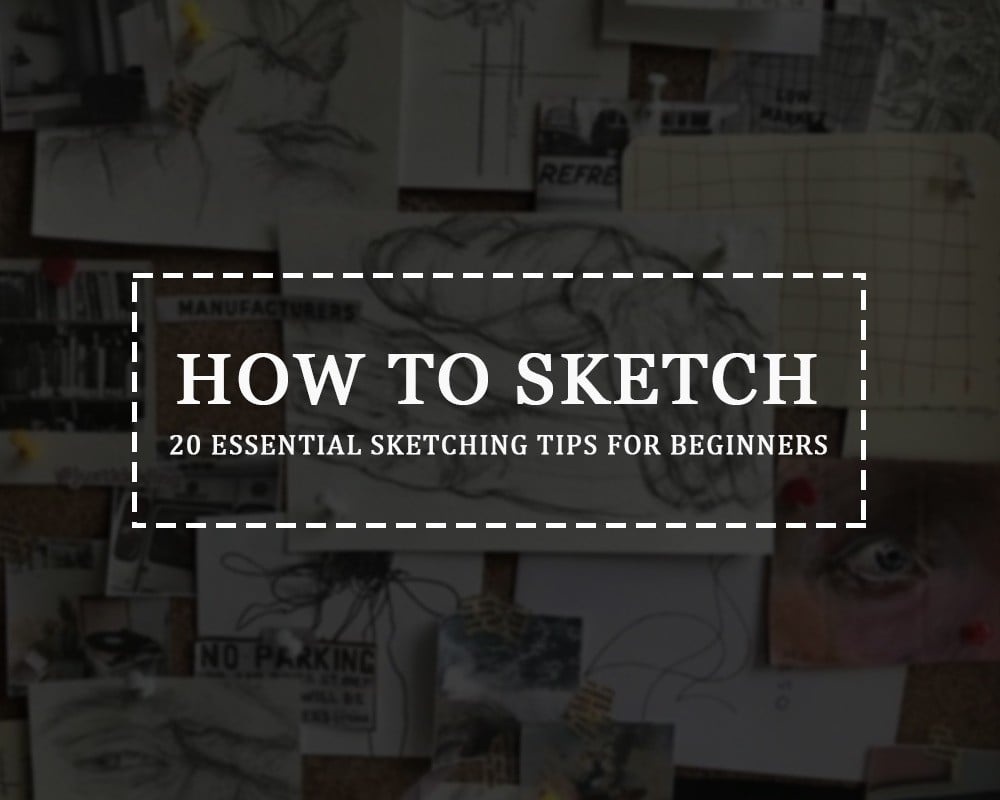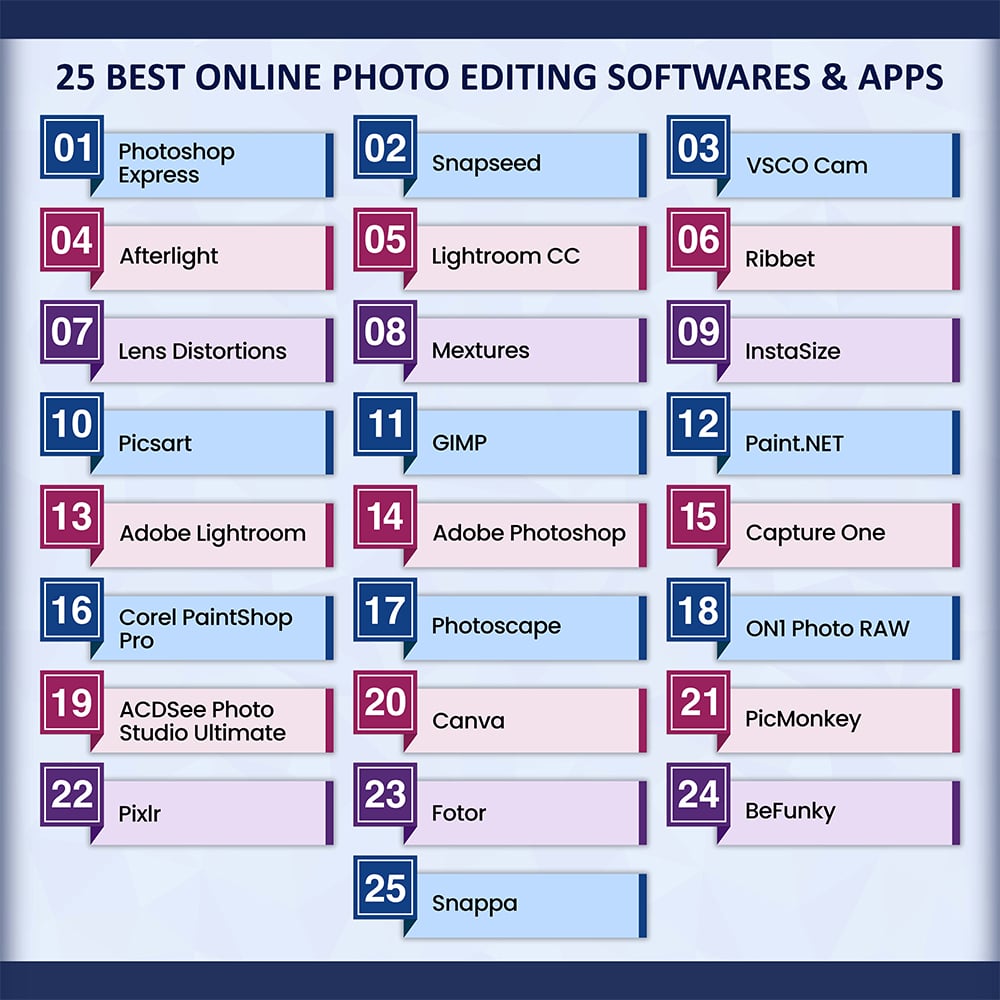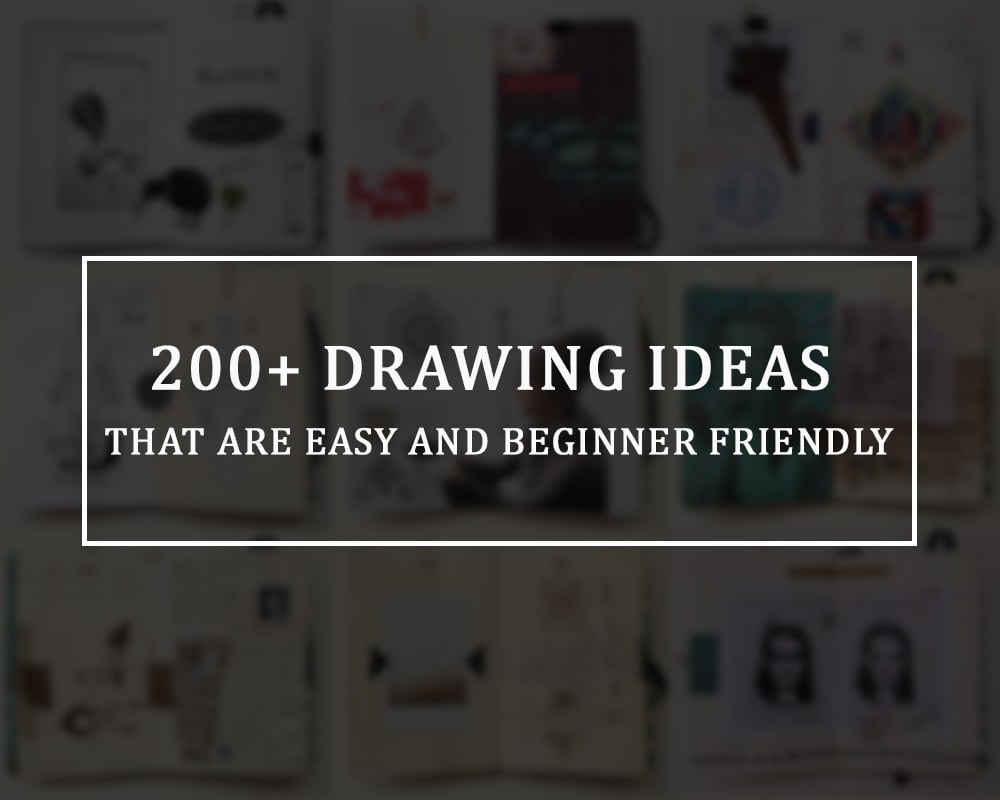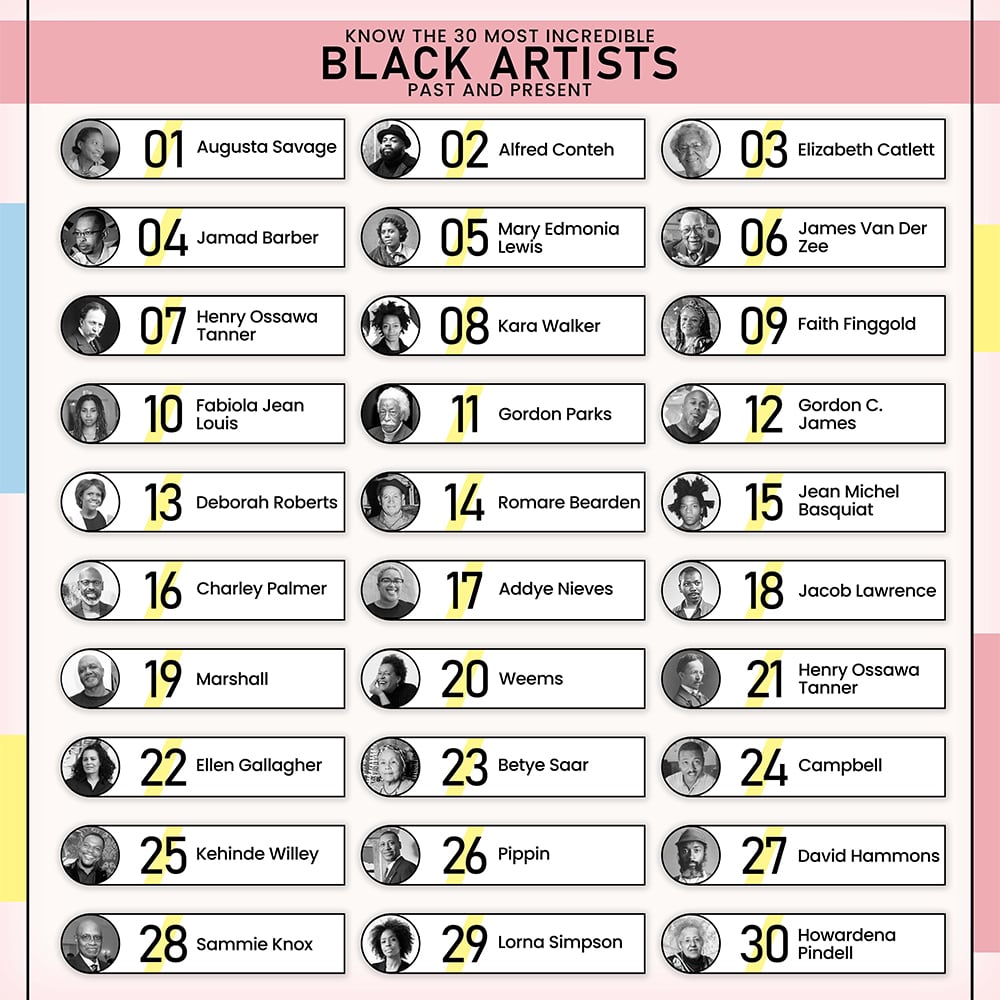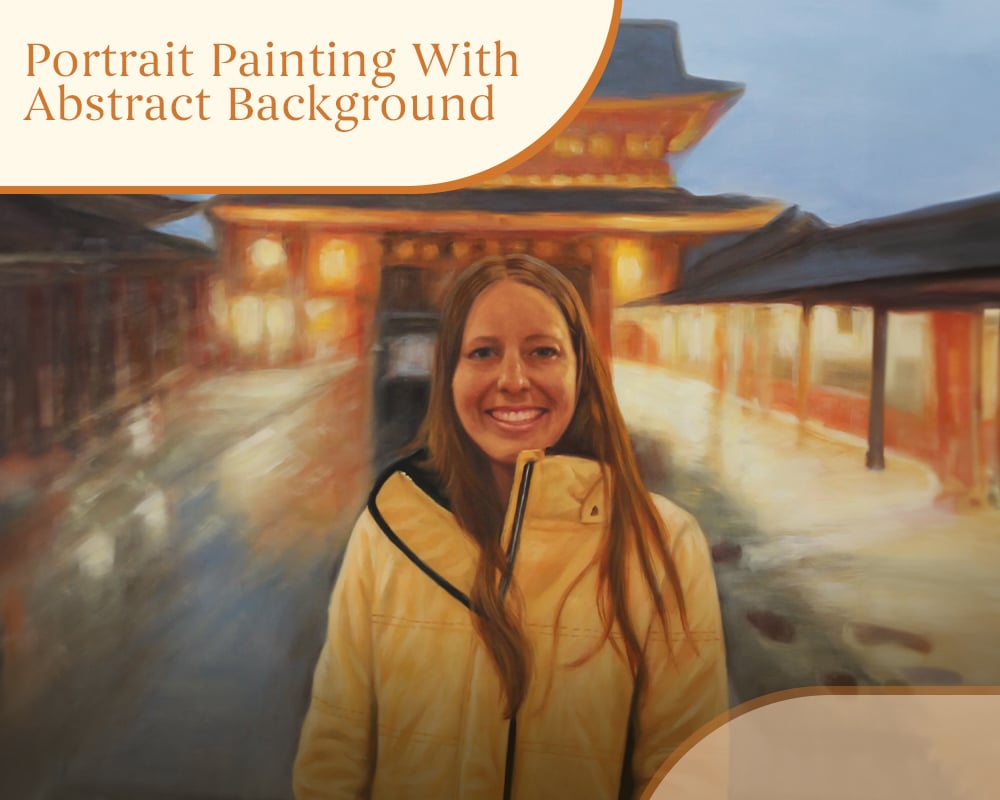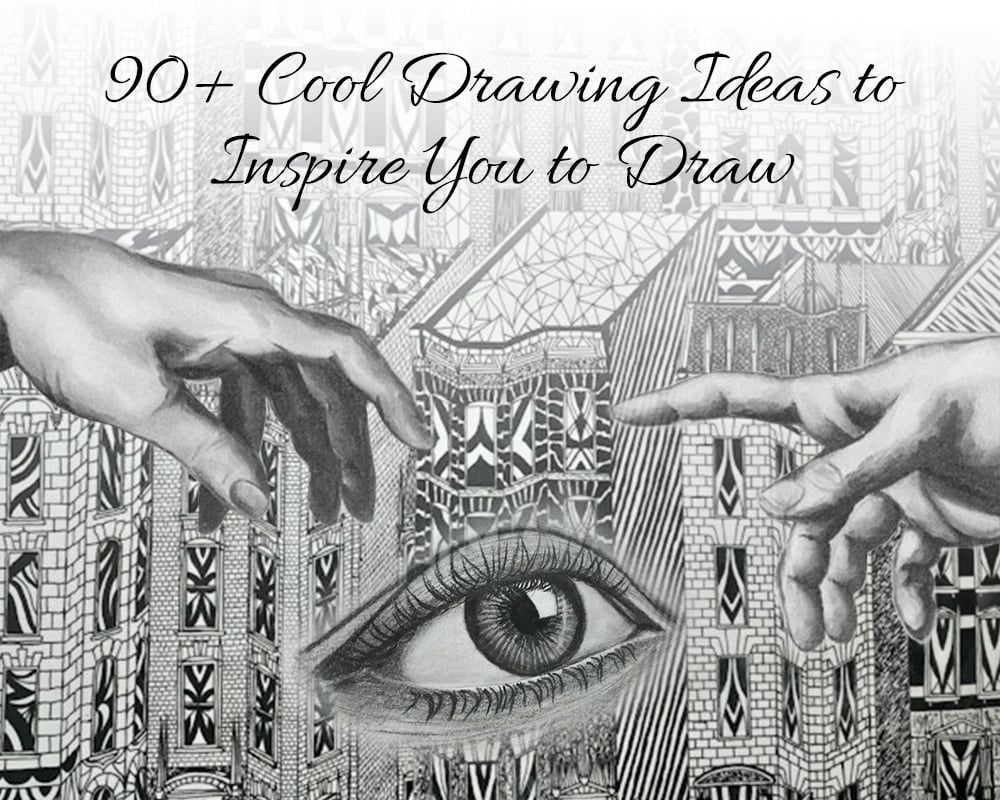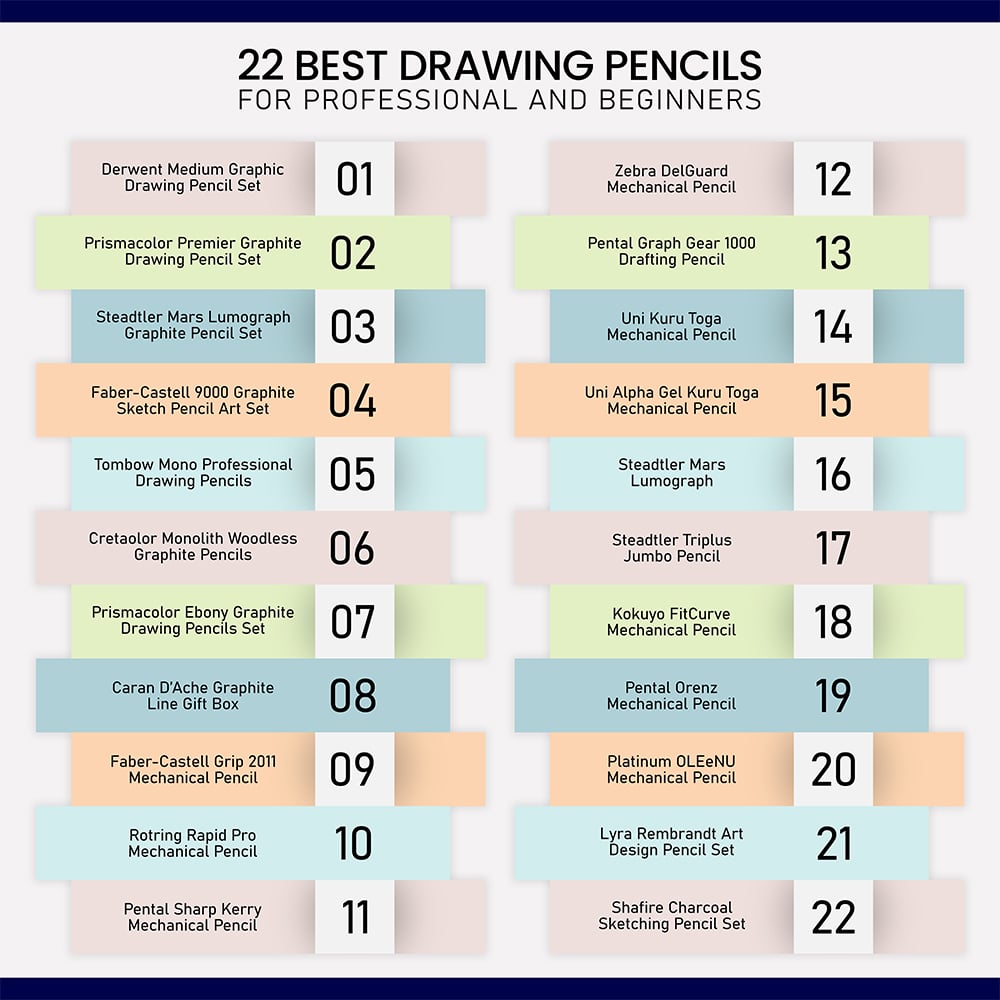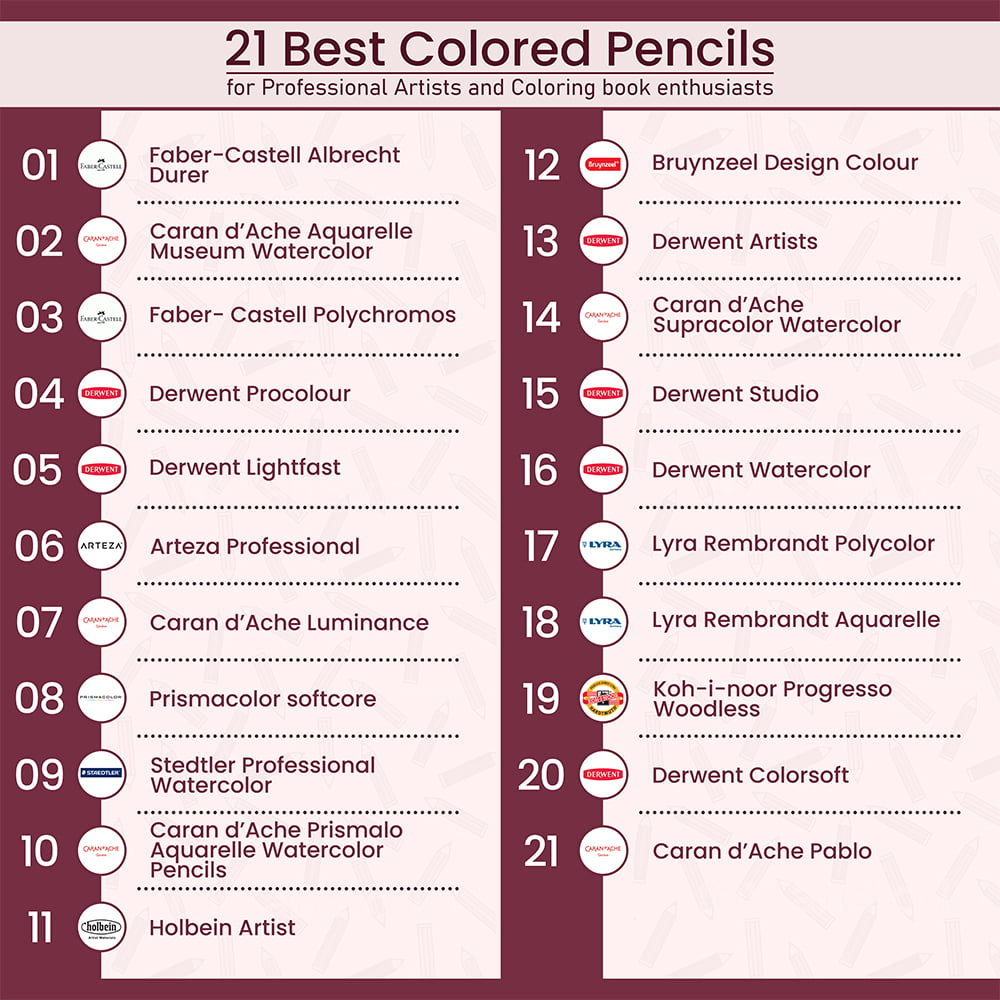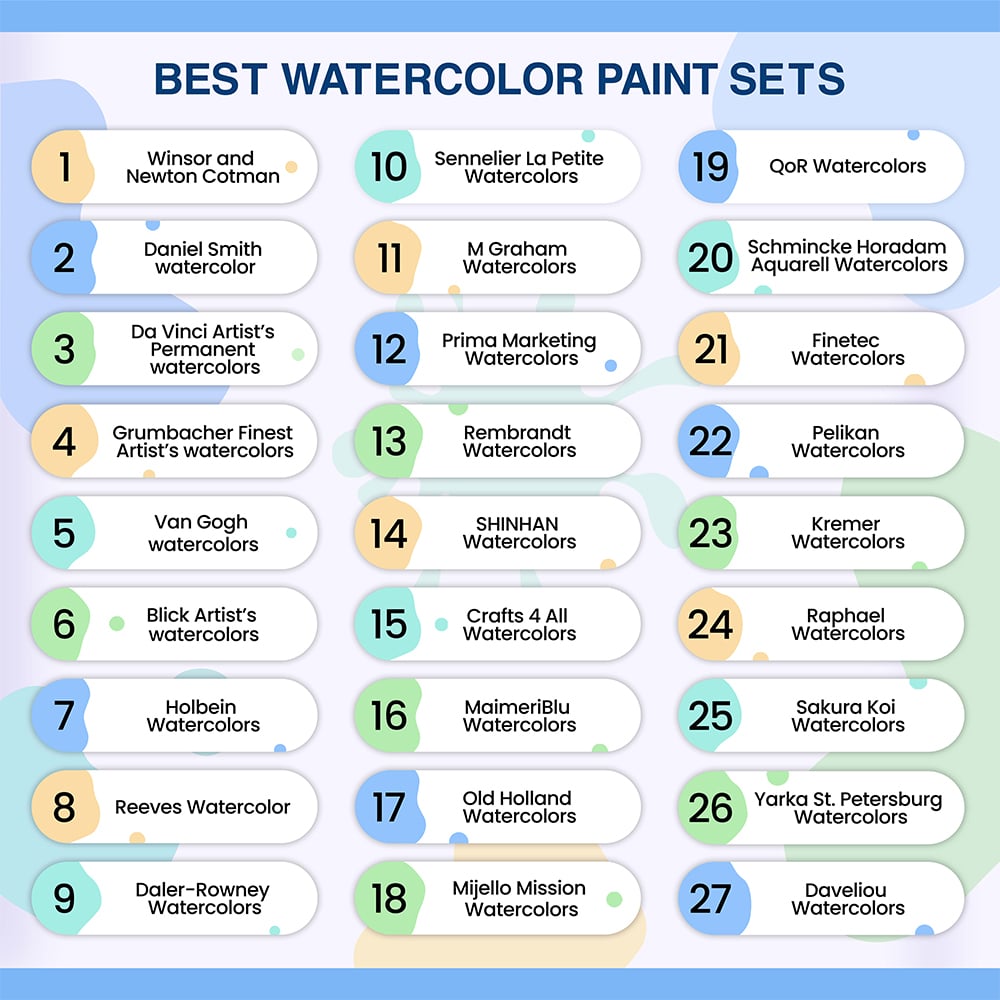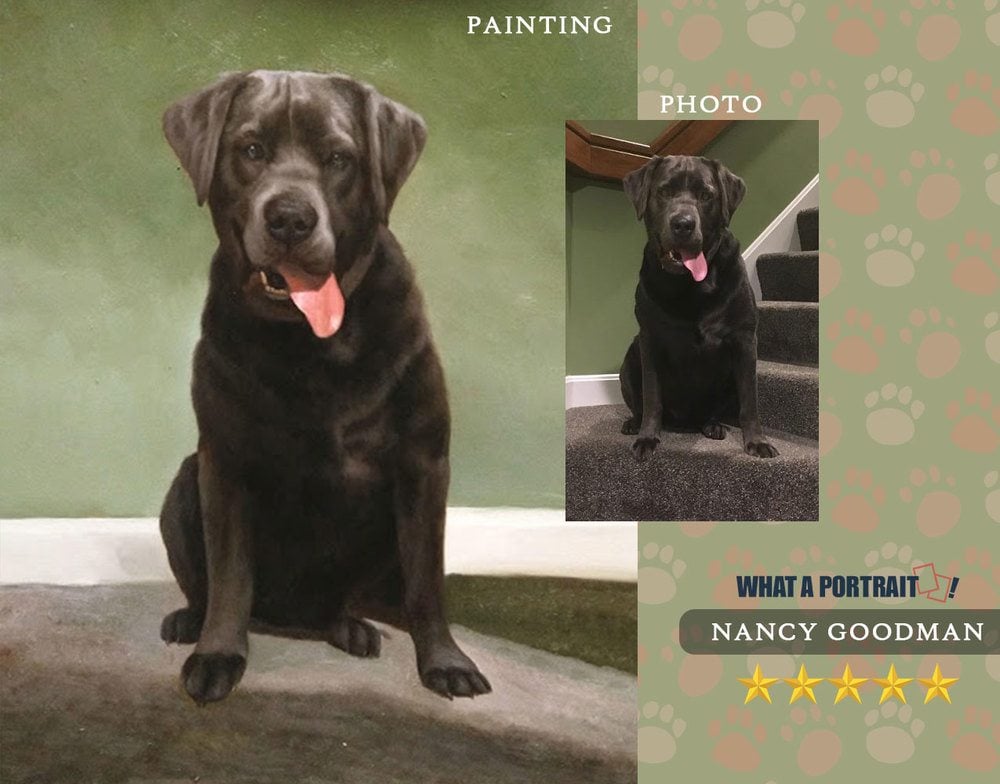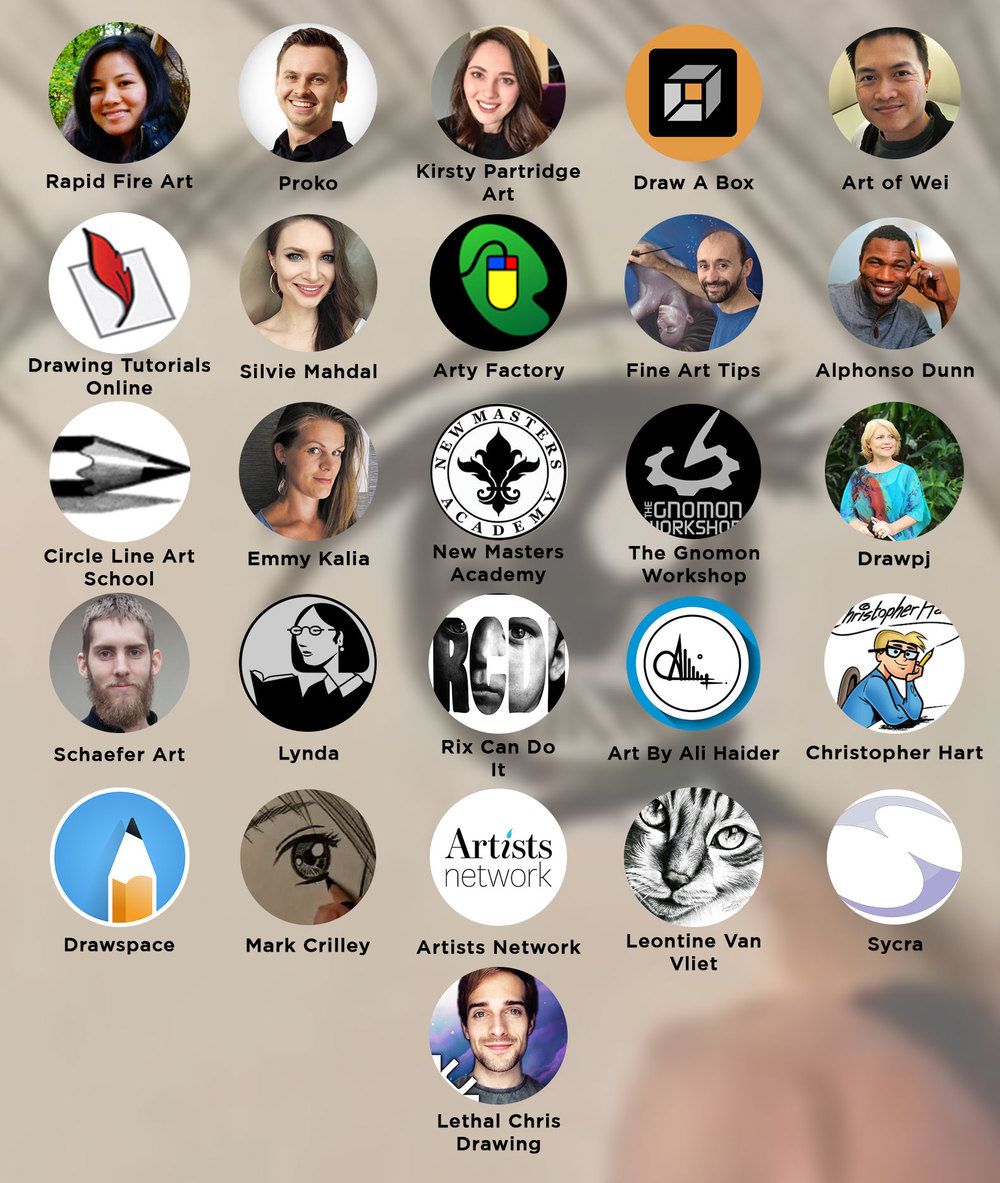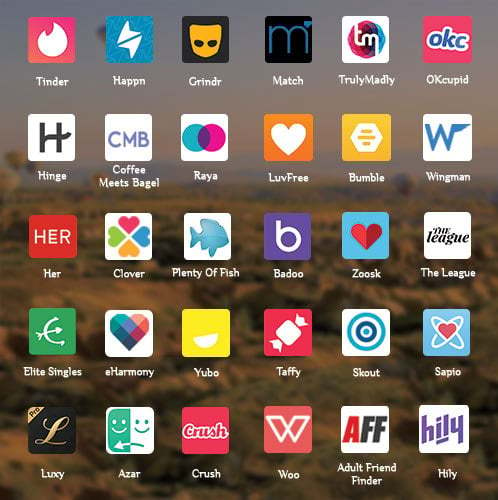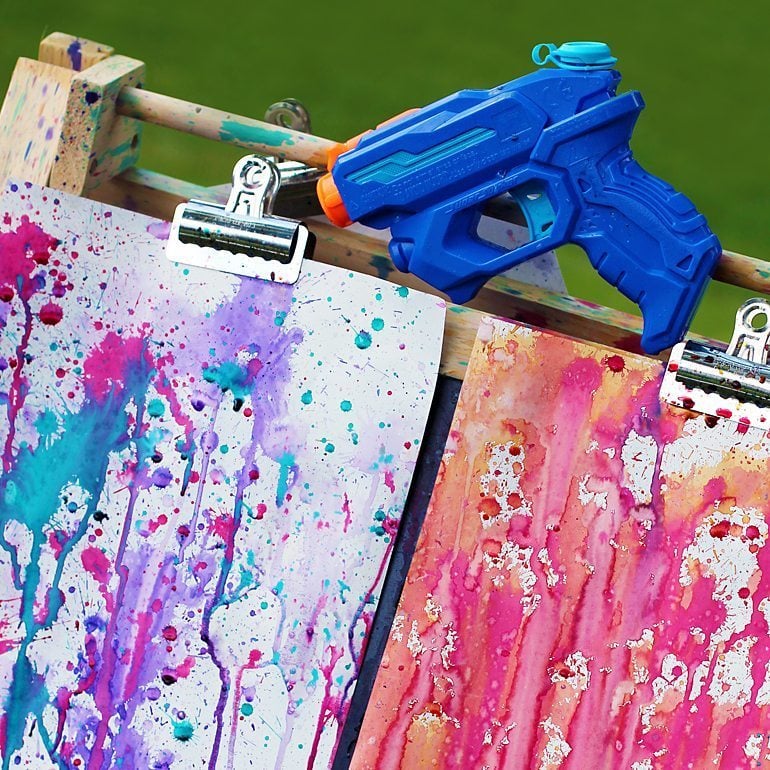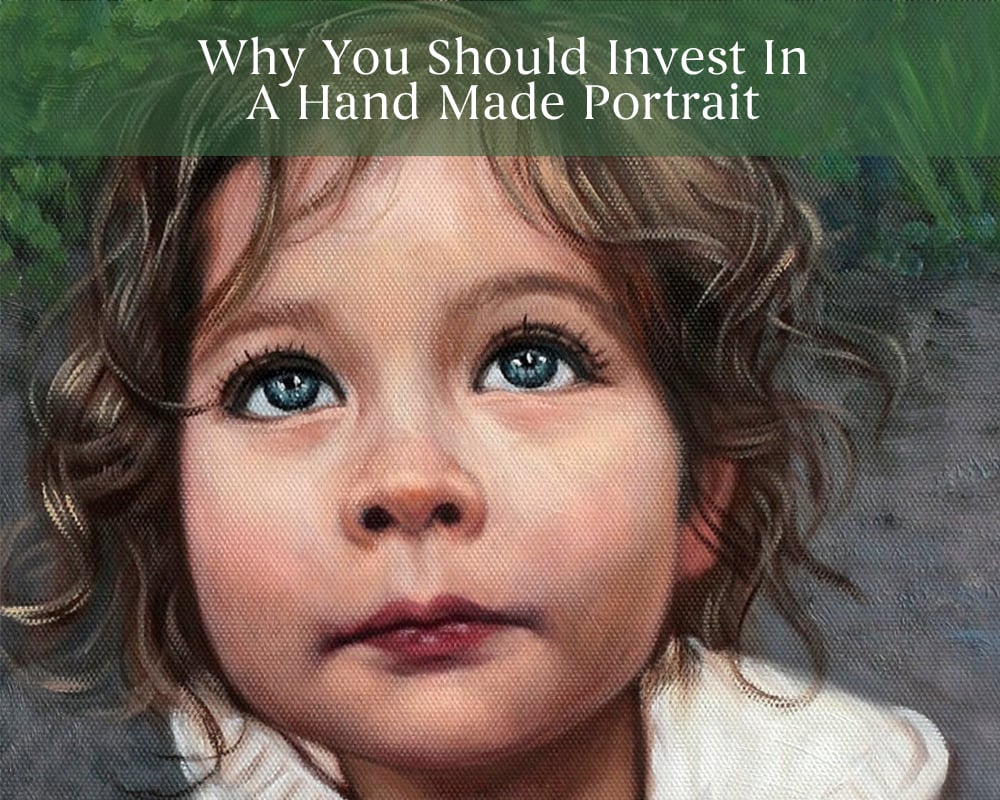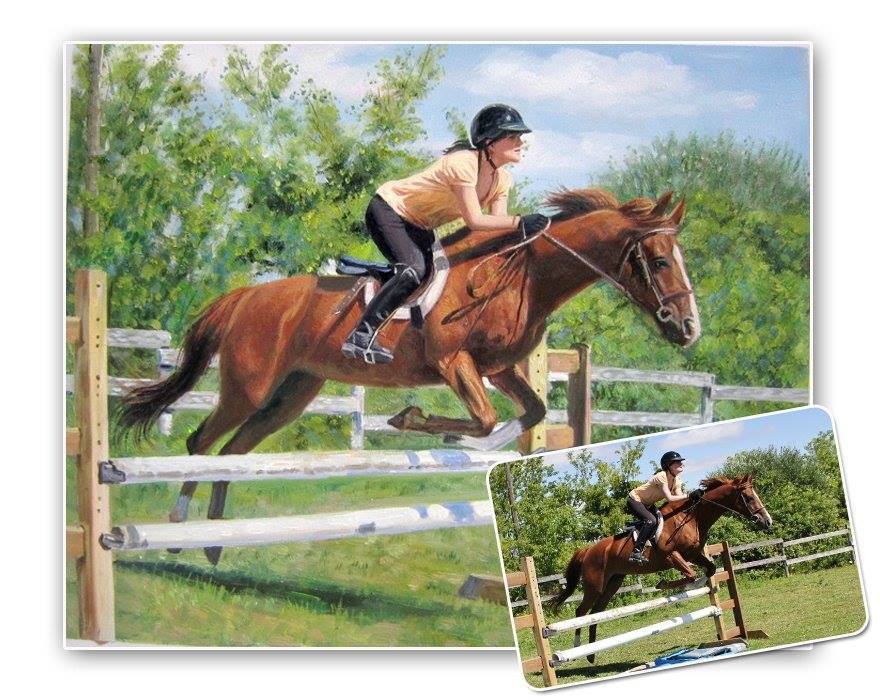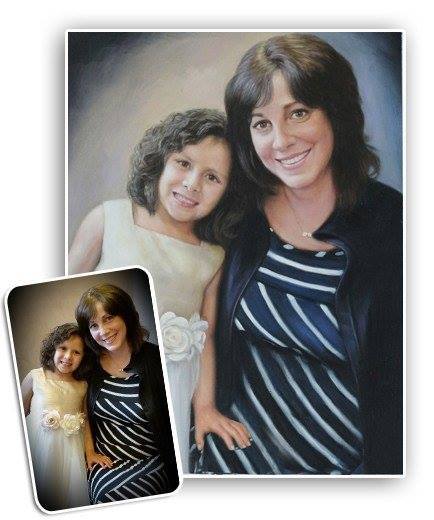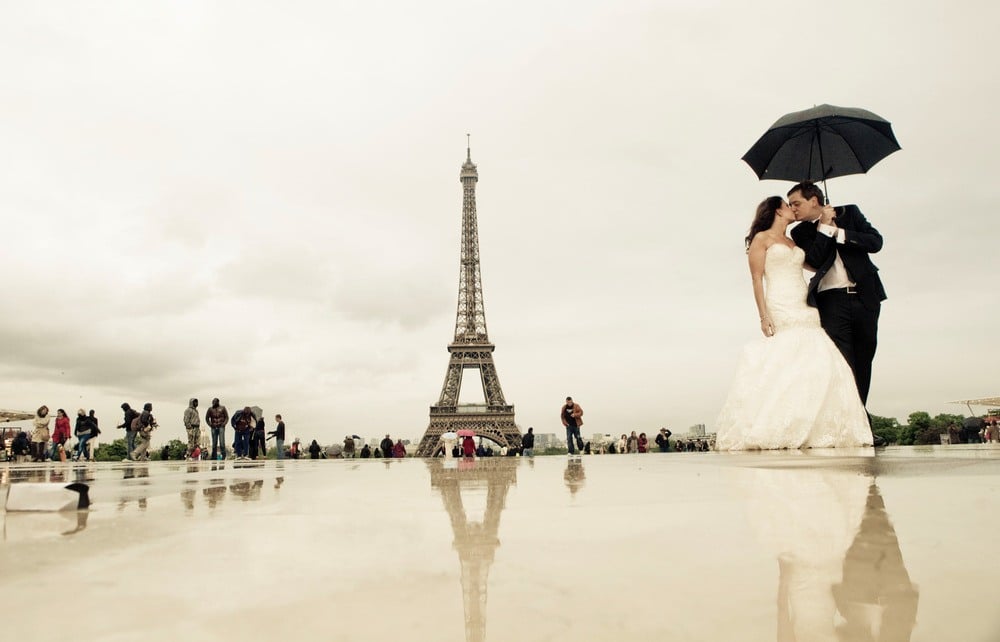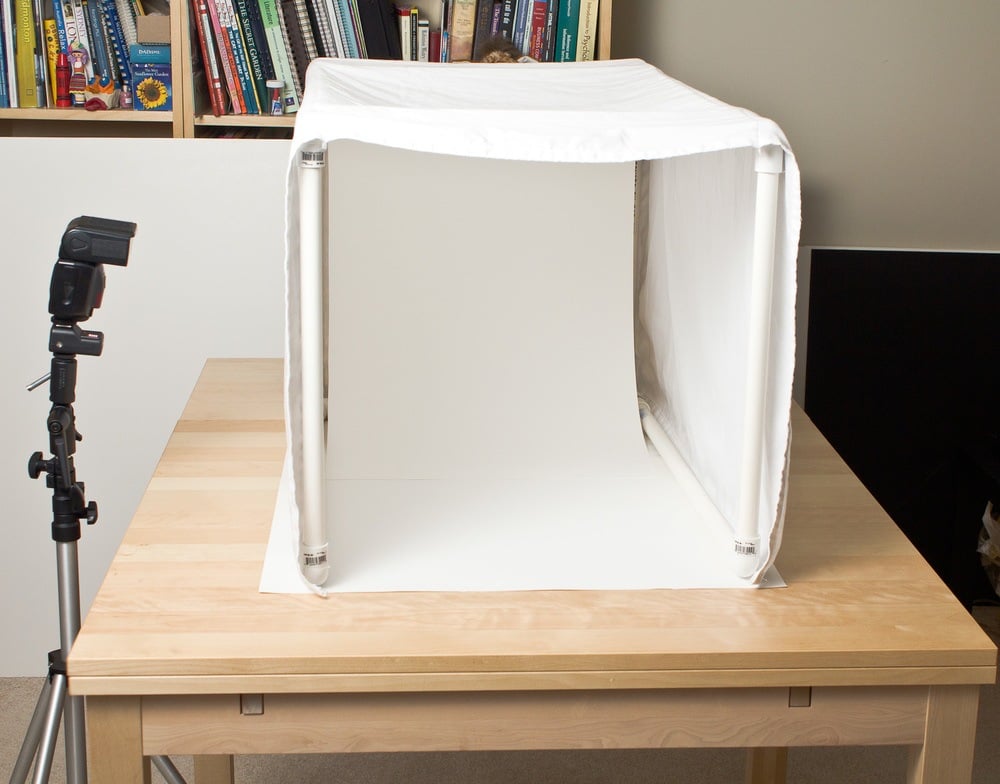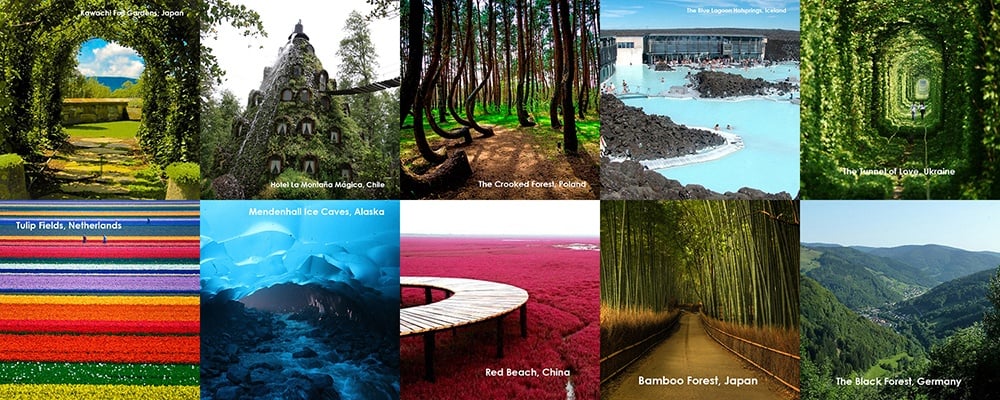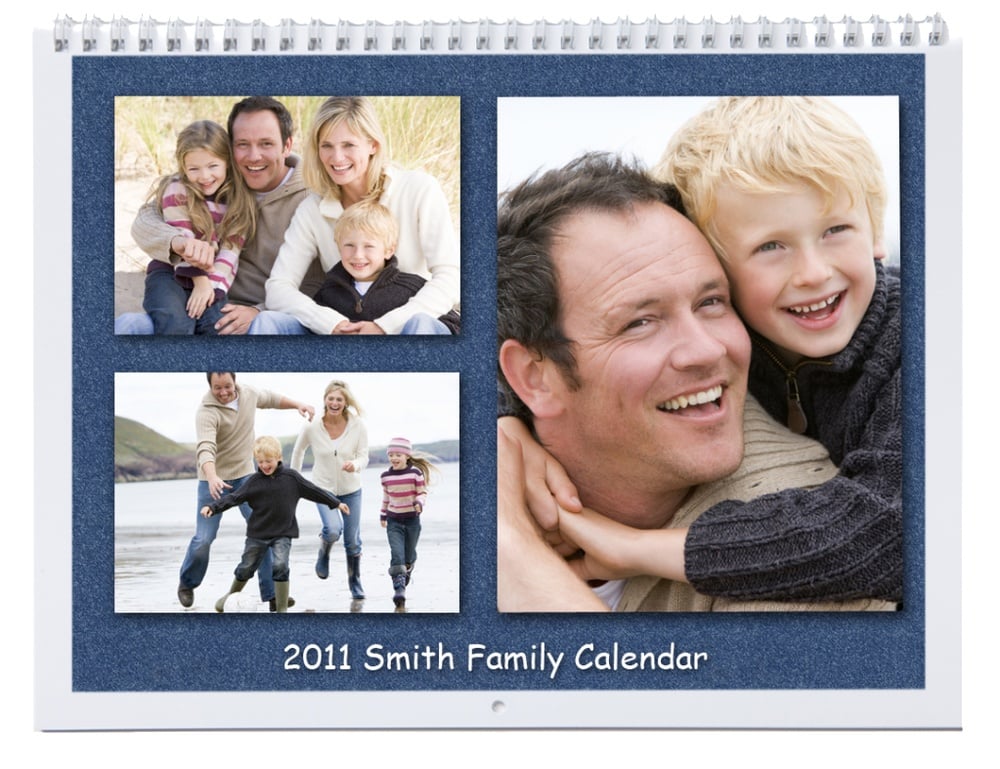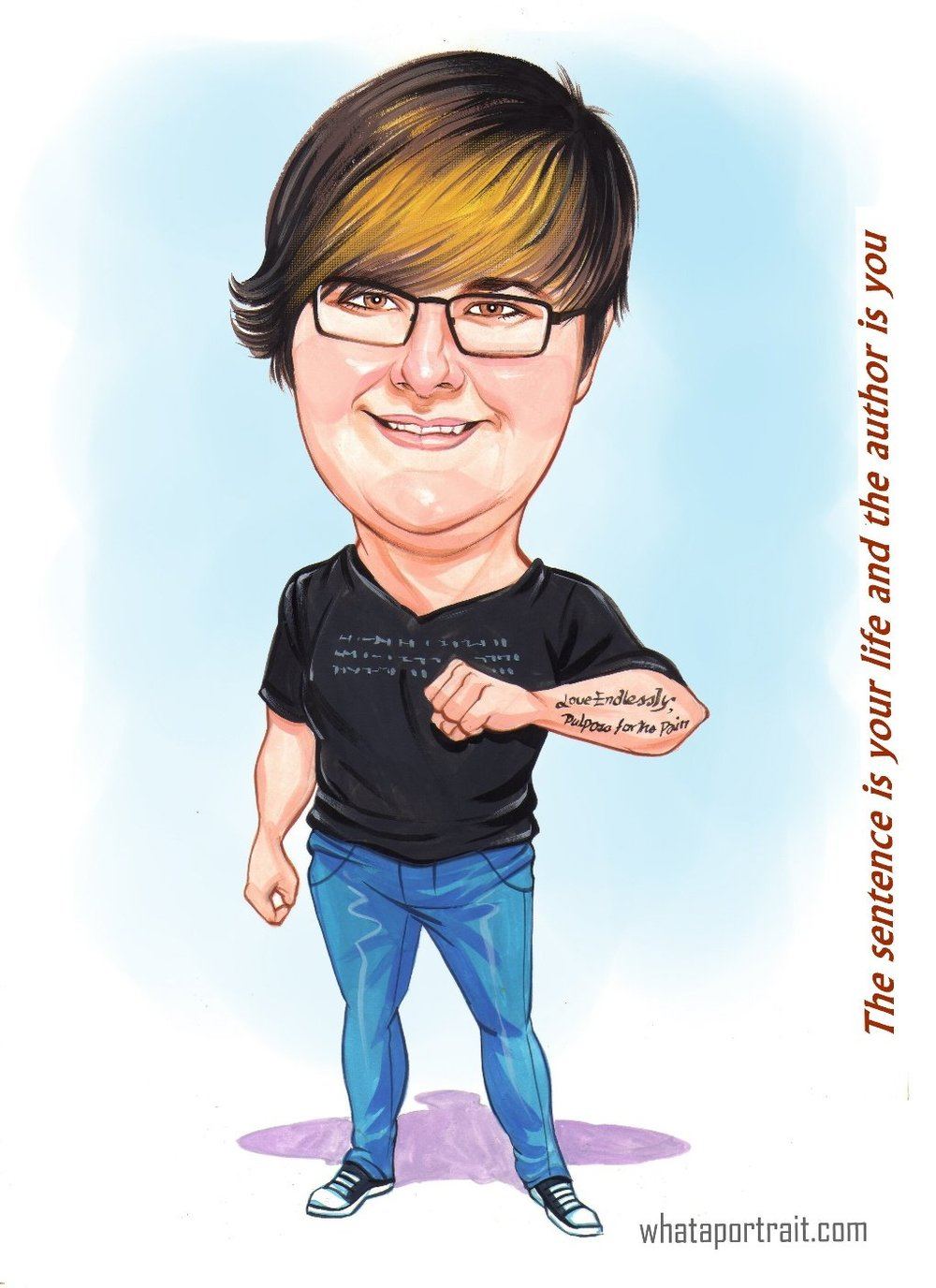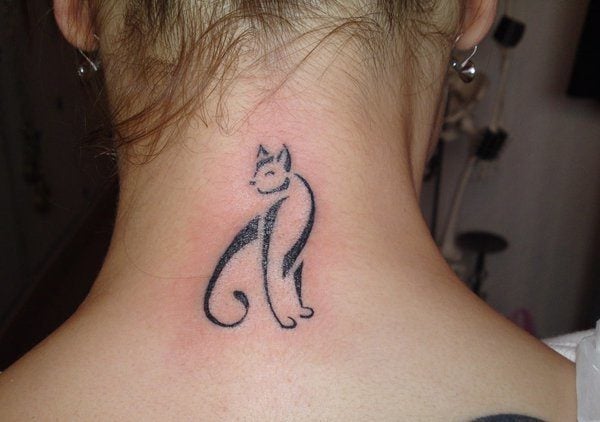Table of Content
We all have that one favorite childhood cartoon character that is impossible to forget. We will always remember these 2D and 3D characters from our favorite animated movies.
Have you ever thought about what made Popeye, Bugs Bunny, and Winnie-the-Pooh iconic and memorable characters? Have you ever tried creating one of your own? Isn’t it an exciting yet challenging task to pursue?
An attractive cartoon character is the result of planning, excellent design, storytelling, and proper execution. Characters are the vehicles of a story and the essential elements that keep it moving. This article will let you dive deep into character design, its procedure, details, and more.
What is Character Design?
Character design means creating an attractive character that fits best in a story. It is a process of designing engaging and wholesome characters for animated movies, comic books, cartoon series, etc. Character designers have ideas that communicate a character’s personality through visual appearance. Creating an iconic character requires a lot of effort and hard work.
Designing a character is tricky, and the complexity lies in simplifying the characters. Character designers constantly uplift their technical and creative skills to elevate their designs. They also update their knowledge of color theory, shape language, and human psychology.
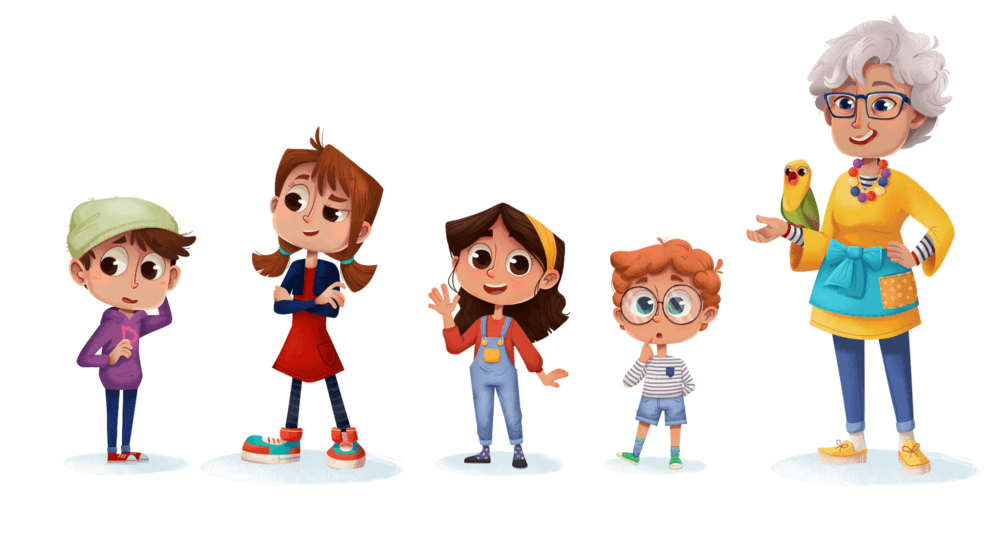
Credit: BluBlu Studios
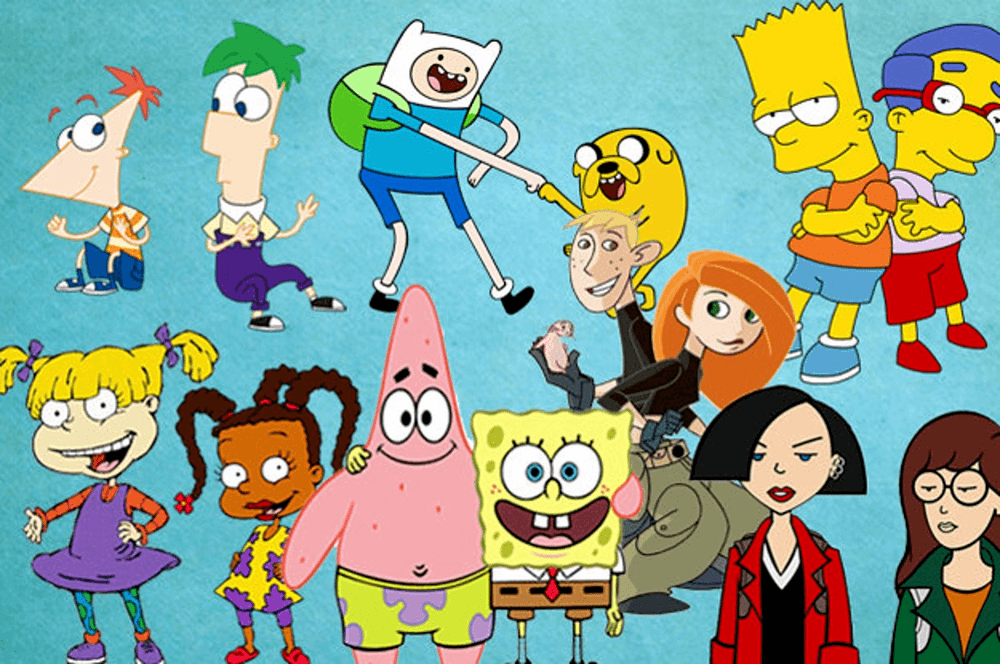
Credit: Buzz Feed
A unique and memorable character is a perfect balance of colors, shapes, facial expressions, and gestures. It tells a visual story even before the narration starts. In visual arts and animation, artists create characters from scratch. Characters are tools for conveying stories and making an impact. An effective character design aims to meet the target audience's expectations. Good characters are original and visually compelling.
Components of a Character Design
A good character design is synonymous with intriguing, clear, and fascinating creations. Character creations should aim to be authentic and different from the existing ones. The three elements that influence an effective character design are:
1) Silhouette
A good character design ensures that the character is recognizable solely by its silhouette. A silhouette represents the exact shape of the character. A silhouette forms when a character’s colors and distinctive features are removed and replaced with solid black color. In simpler terms, it is the character’s outline with a single color.
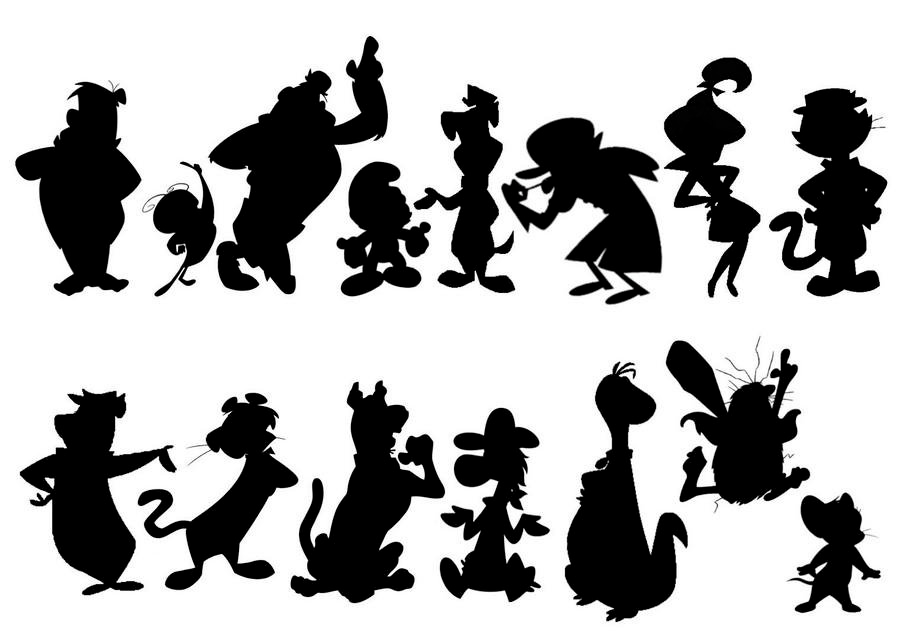
Credit: Sporcle
To make your character identifiable in the crowd, avoid overlapping the limbs and body and simplify it. The design is good if one can read the emotions, gestures, and lines of action just by looking at its silhouette. To make a perfect silhouette, good knowledge of shape language is crucial. For example, a circle signifies softness and innocence, and a square defines rigidity, stubbornness, etc.
2) Color Palette
Colors play a vital role in character design. Each color conveys a different meaning, character trait, or mood, and every color is symbolic of some emotion. Random usage of colors without understanding or intention will distract and confuse the viewer. One should have an in-depth idea of color theory and themes to use colors effectively. Every color has a symbolic meaning or psychological representation.
For example:
- Red symbolizes love, anger, and passion
- Blue represents calmness, responsibility, and sadness
- Black represents mystery and evilness
- White symbolizes purity and peace
- Yellow indicates hope and deceit, and green represents abundance.
The bright colors signify liveliness, whereas the dark colors signify mystery and drama.
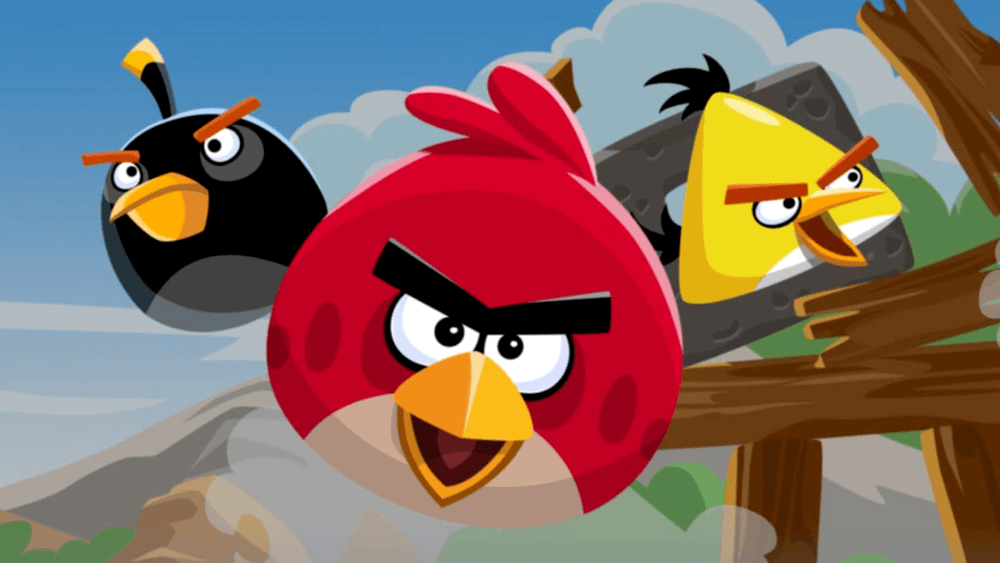
Credit: Mac Rumours
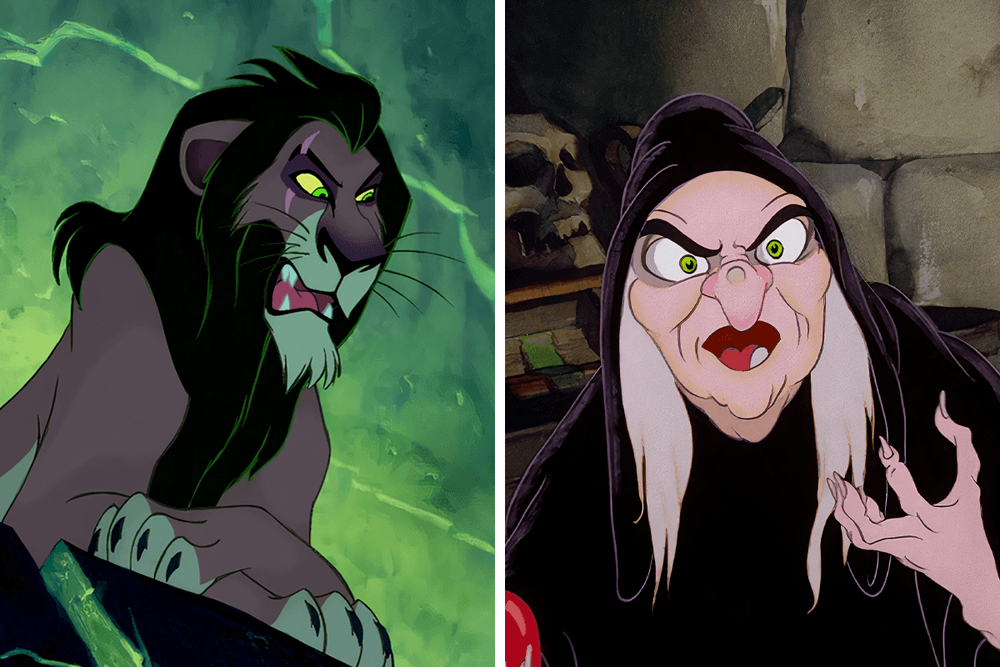
Credit: Bored Panda
It is normal to dominate the character with a single color and use additional colors to add features and other essential characteristics. All the colors must complement each other and strike a perfect balance.
3) Exaggeration
Character designers emphasize exaggeration as the most important of the three elements. Exaggeration means using unusual proportions of body language and facial expressions to build the character’s personality. It adds more lines of action to the design, making it more appealing and lifelike.
The main reason artists exaggerate their characters is to provoke emotional and psychological responses in the audience. They try to interpret the characters through the lens of the viewers. Exaggerated features can give the characters a humorous look in the eyes of the audience.
The key factors that help create exaggerated features are:
Pose: The pose speaks a lot about the character. For example, Popeye's exaggerated features, like his hand muscles and upright position, signify strength and power. Spiderman’s typical pose indicates aggression and courage.
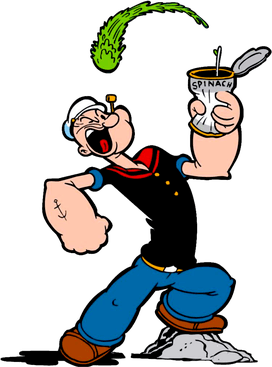
Credit: Wikipedia
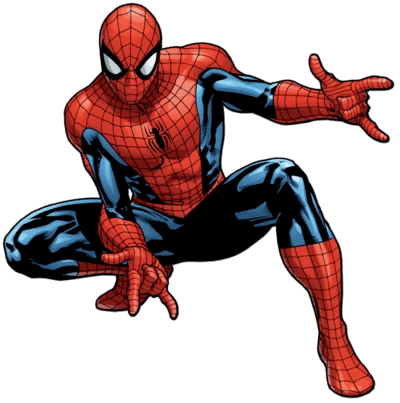
Credit: Fandom
Body Variety: Every cartoon character has a different shape and size, making the character traits distinctive. For example, Winnie-the-Pooh is sweet and chubby, and Johnny Bravo is confident.

Credit: FunFacToday

Credit: Easy Drawing Art
Appeal: Appeal refers to the characters' body proportions. A perfect and equal body proportion will never grab the audience’s attention, but an unusual length can be engaging—for example, the Power Puff Girls with big faces and tiny legs.
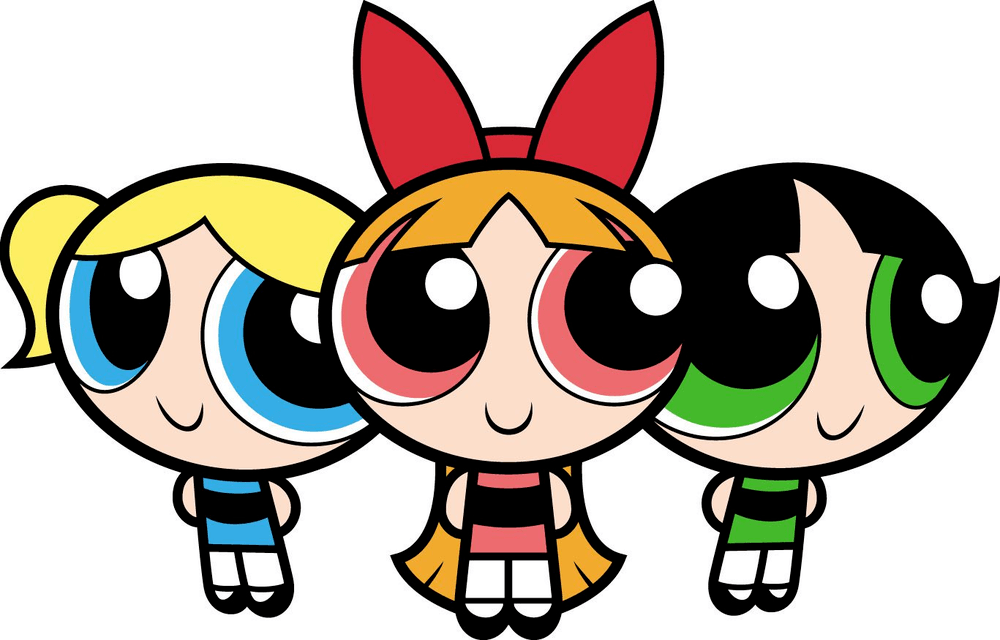
Credit: Live about
What makes a good character design?
A character’s personality is the most integral part of character design. Unique character traits, eye-pleasing effects, a character’s backstory, facial expressions, etc., make iconic and memorable characters. Here are some factors that make a good character design:
1) A character’s backstory
Backstories are crucial for a character’s personality and development. It forms the backbone for a character’s existence, revealing their past happenings and what they have gone through. Thinking of the character’s backstory will help a character designer better develop the characters, allowing them to understand their emotions and add finer details.
Some questions that the artist can think of before initiating the character design process are:
- Considering the whole universe, where does the character come from? Are they living in the metaverse or on earth?
- Does the character have any special powers?
- Who are the family and friends of the character?
- What is the purpose of their existence?
- Have they gone through any pain or suffering in the past?
- What are the life-changing events in the character’s life?
Answering all these questions before starting the character's design can help build a strong and meaningful personality for them, justifying the character's actions. Furthermore, it is essential to remember that the artist should indulge in the backstory only to a specific extent, after which he should focus on designing a memorable character.
2) Shape Language
Shape Language is a vital concept used during character design, and it refers to using shapes thoughtfully as they communicate a particular meaning. When used in an object, a character, or a background design, shapes can raise the viewer's emotional response.
Shape Language is one of the cores of character design to convey messages without saying anything. Body shape expresses the character’s body language and personality. A character designer's primary shape will decide the character's first impression on the audience.
The three primary shapes used are square, circle, and triangle. Creating contrast using complementary shapes is preferred over making the character symmetrical and identical using all similar forms.
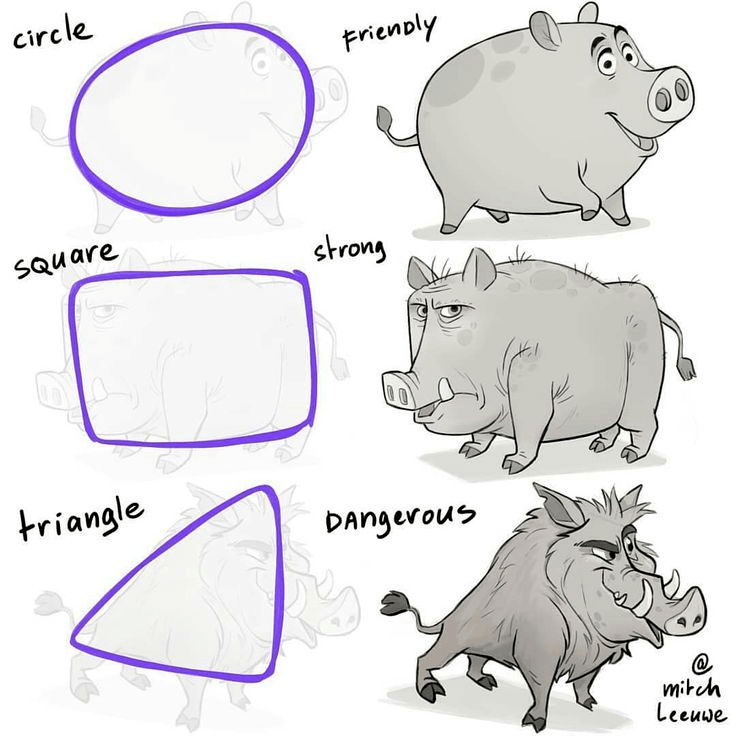
Credit: Art Prof
a) Square
Squares are solid, supportive shapes signifying reliable, strong, and immovable characters. They create a sense of groundedness, equality, and steadiness.
The character shape square carries horizontal and vertical lines, depicting confident, straightforward, and dependable personalities. You can use squares while creating the character’s face or body and square off the shoulders, jawline, and chin, giving the character a powerful personality.
However, keeping the character features perfectly edged is optional, as you can round them or taper them off. For example, Danny Fantom, superheroes like Batman, Spiderman, etc., appear that way.
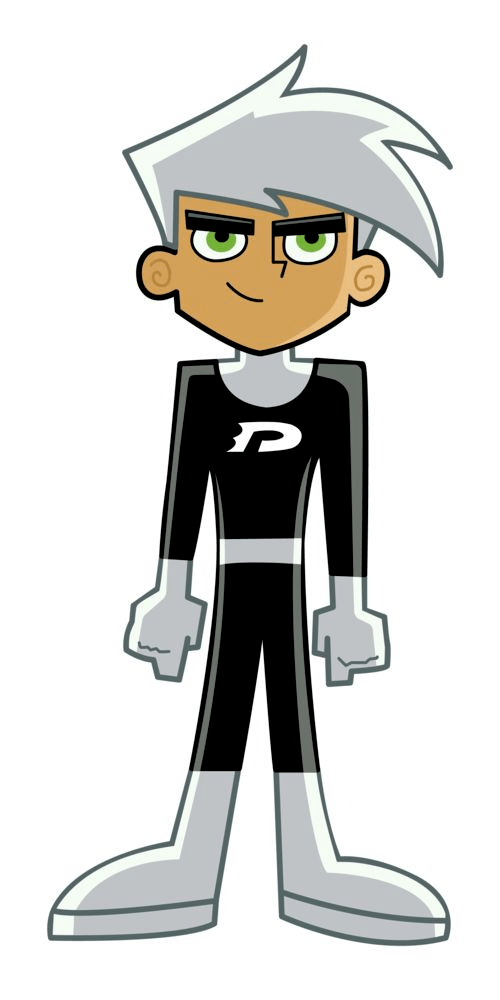
Credit: Pinterest
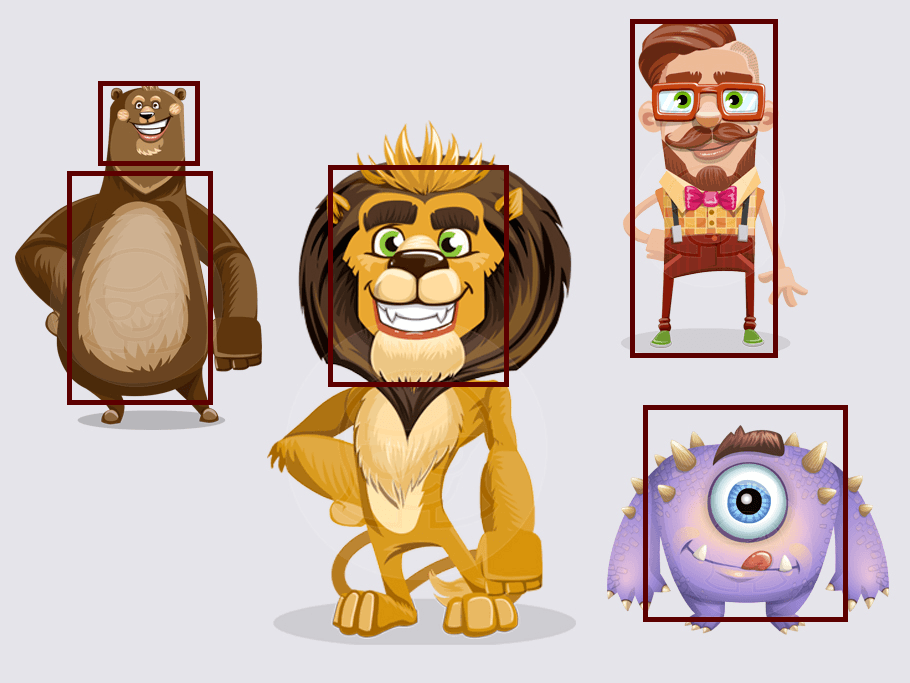
Credit: Graphic Mama
b) Circle
Characters with circular shape language depict friendly and innocent behavior. Curved edges and rounds are warm and welcoming to the audience. Some examples are Winnie-the-pooh, Mickey Mouse, Donald Duck, etc.
Character designers use character shape circles to create children, caretakers, and other gentle characters. It is optional to use circles and ovals on the face only; use them on different body parts like the stomach, hair, feet, etc. You can also mix different shapes but keep the circle dominant.
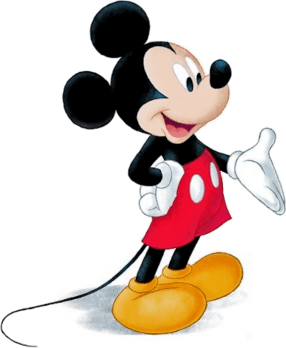
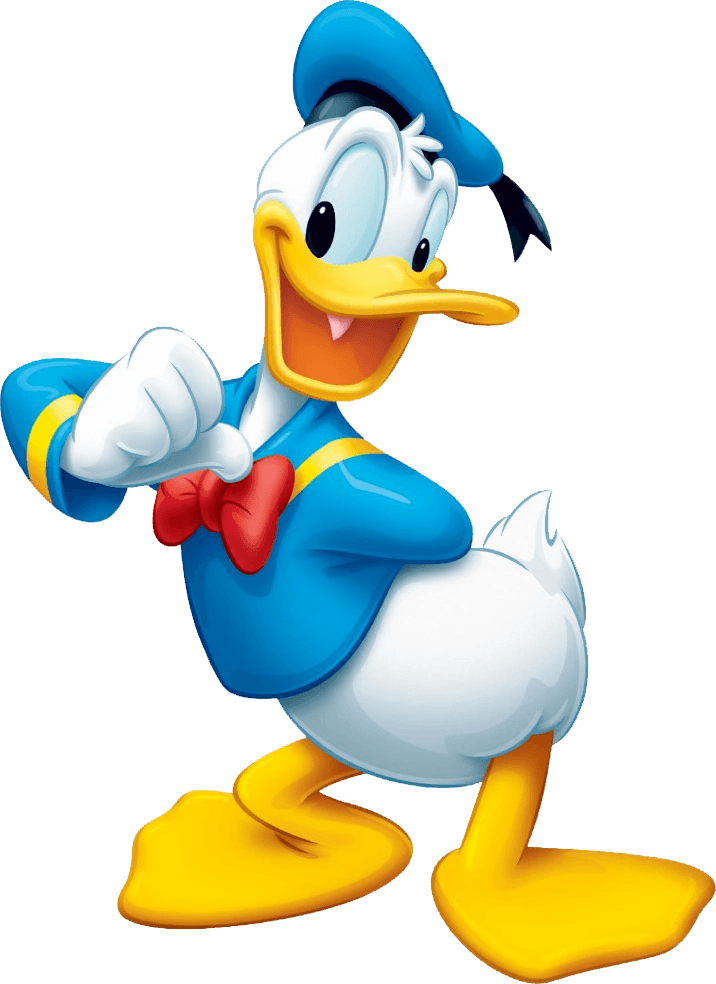
Credit: Disney Wiki Fandom
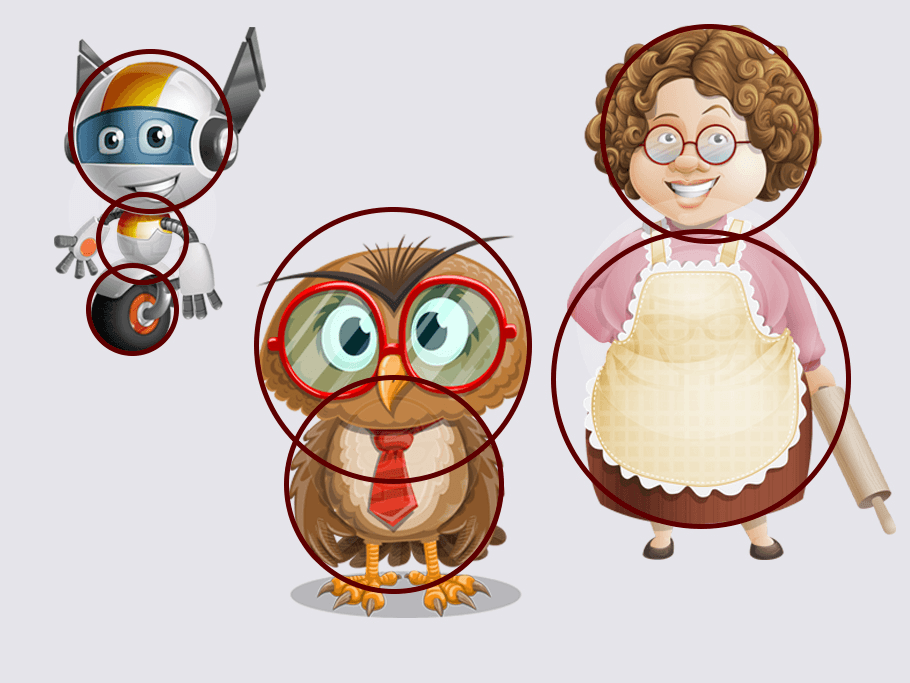
Credit: Graphic Mama
c) Triangle
Character designers use triangles to design the devilish antagonist characters. Sharp-edged triangles reflect fear, evil, and menace. Characters with harmful and destructive intentions generally have triangles as their body shape.
The sharp and exaggerated triangles make the characters look even more sinister and wicked. The pointed edge is essential when using a triangle, as it forms the basis of personality—for example, Evil Queen, Angry Birds, etc.

Credit: Graphic Mama
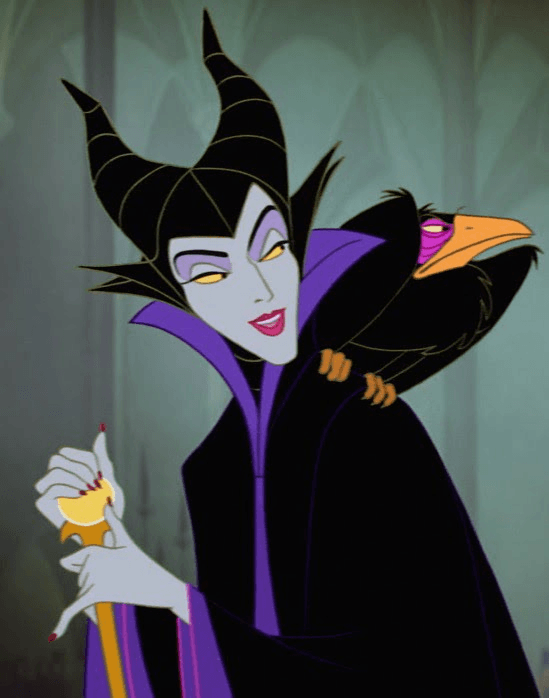
Credit: Siachen Studios
3) Color Theory
Character designers can use colors effectively with complete knowledge of color theory. Every color has its unique characteristics, and they deliver a specific meaning. Besides shape language, color theory is also essential for a good character design.
Tones of dark colors, like black, grey, purple, etc., are often used to depict a character’s harmful, scary, and evil nature. Light colors like white, yellow, green, orange, etc., convey happiness, purity, innocence, and vibrance. Familiarity with all the primary, secondary, and tertiary colors is also essential. Knowing monochromatic and complementary colors is also beneficial.
The best way to set the color scheme is to use two complementary colors in a monochrome format. Some examples are Minions, Pikachu, and Spongebob Squarepants, who are dominantly yellow colored, depicting happiness and joy. Red Angry Bird and Spiderman represent anger. Blue smurfs represent calmness, and the Black Devil represents evil and destructive intentions.
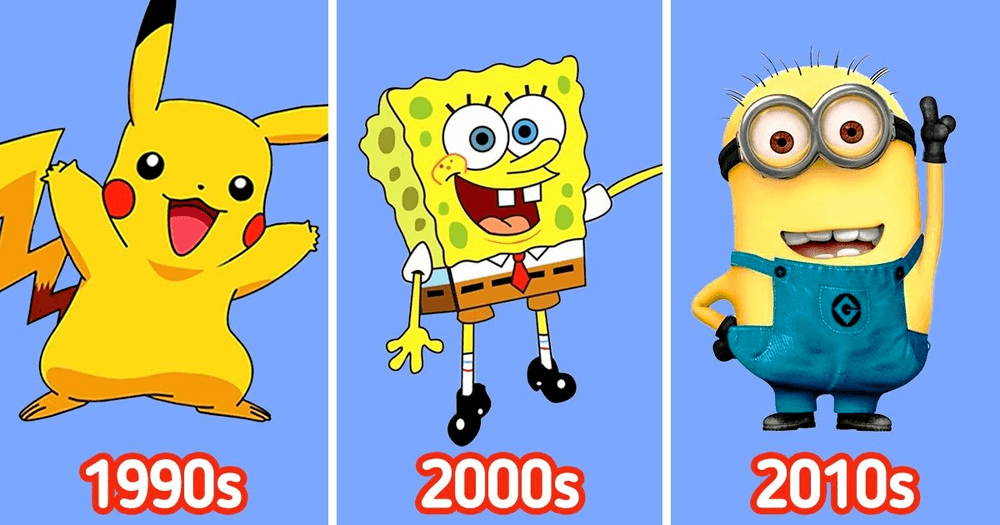
Credit: Bright Side
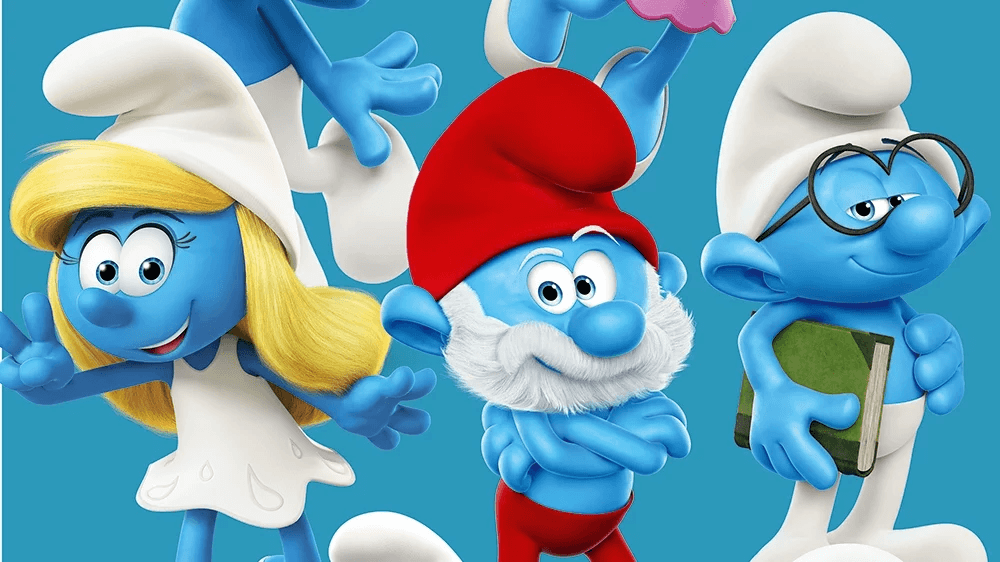
Credit: FunFacToday
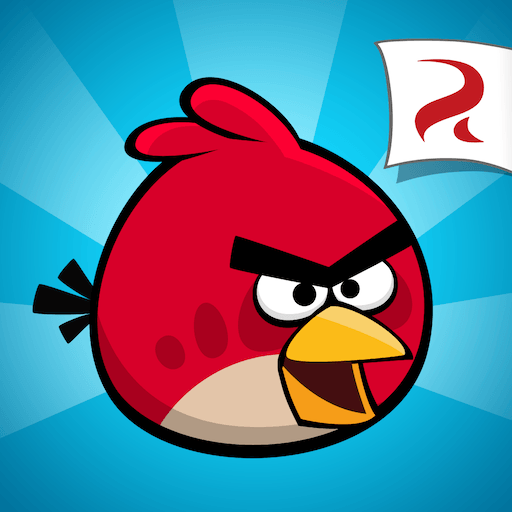
Credit: Google Play Store
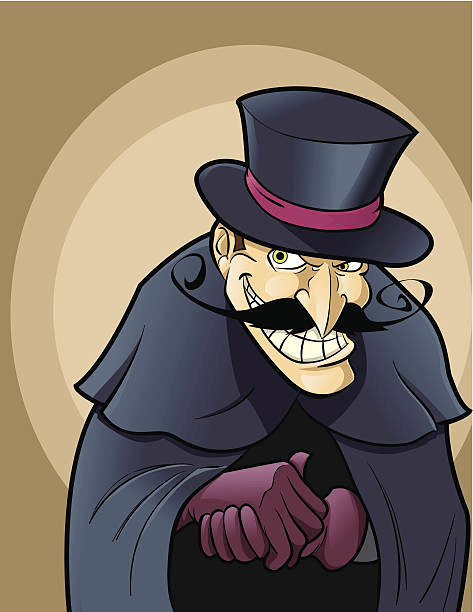
Credit: istock
4) Facial Expressions
The first thing that grabs the viewer's attention is facial expressions. Expressions are the best way of conveying the character's feelings or thoughts. The emotional ups and downs of people are visible on their faces. Realistic and credible expressions make iconic and memorable characters. Depending on the character's personality, artists keep the facial expressions mild or highly exaggerated.
While illustrating a face, there are key differences between masculine and feminine features.
When compared to a male’s facial features, a woman will have the following:
- A smaller nose
- Less prominent and curved eyebrows
- Big and fuller lips
- Less significant V-shaped jawline
- An oval or heart-shaped face
When compared to a female, a male face will have the following:
- A longer nose
- A broader and wider jawline and chin area
- Thicker and straighter eyebrows
- A square face with a prominent bone structure
If character designers are familiar with facial anatomy, they can experiment with the figures’ expressions and decide their moods accordingly.
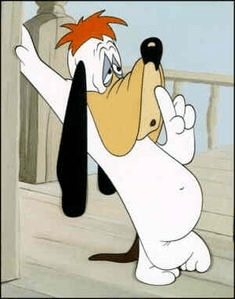
Credit: Pinterest
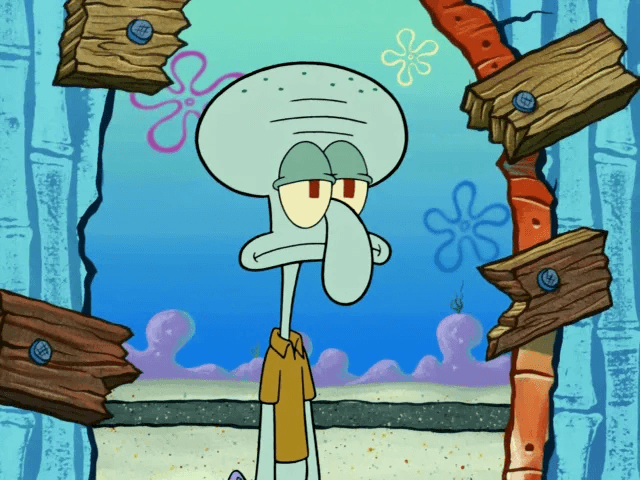
Credit: Siachen Studios
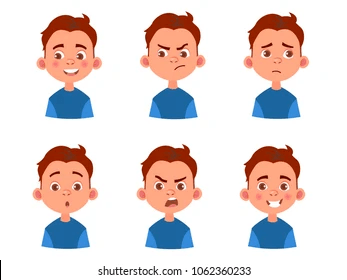
Credit: Shutterstock
5) Human Anatomy
It is important to have a strong base in human anatomy to design a good character. The proportions of a male and female body differ, and a proper understanding of it will help a character designer make a realistic figure. Masculine and feminine body structures have distinct compositions.
- Men are more likely to have lean bodies, whereas women are more likely to have fat accumulated across their bodies.
- Men have more visible bone structures, whereas women tend to have curvy bodies.
- Compared to women, men are generally taller with angular and square features.
Besides the human anatomy, the character's posture, style, and body language significantly influence his personality traits. Poses communicate a lot about the character. Drawing from movies and photographs and taking life references is a good way of making dynamic characters.
How the character stands, sits, or carries, their body conveys a lot of their story.
For example:
- Upright shoulders show aggression; drooping shoulders show weakness
- Slouching body indicates disinterest and boredom.
- Standing straight or sitting in a relaxed pose represents confidence and positivity.
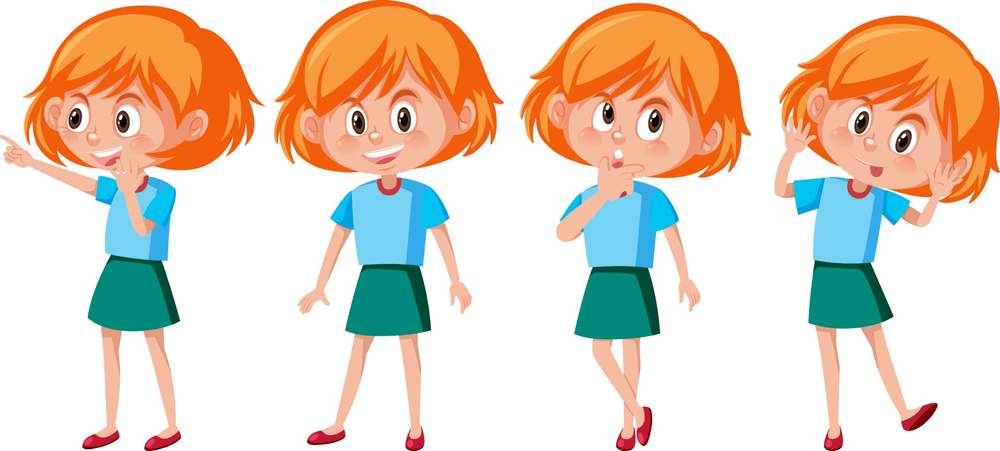
Credit: Vecteezy
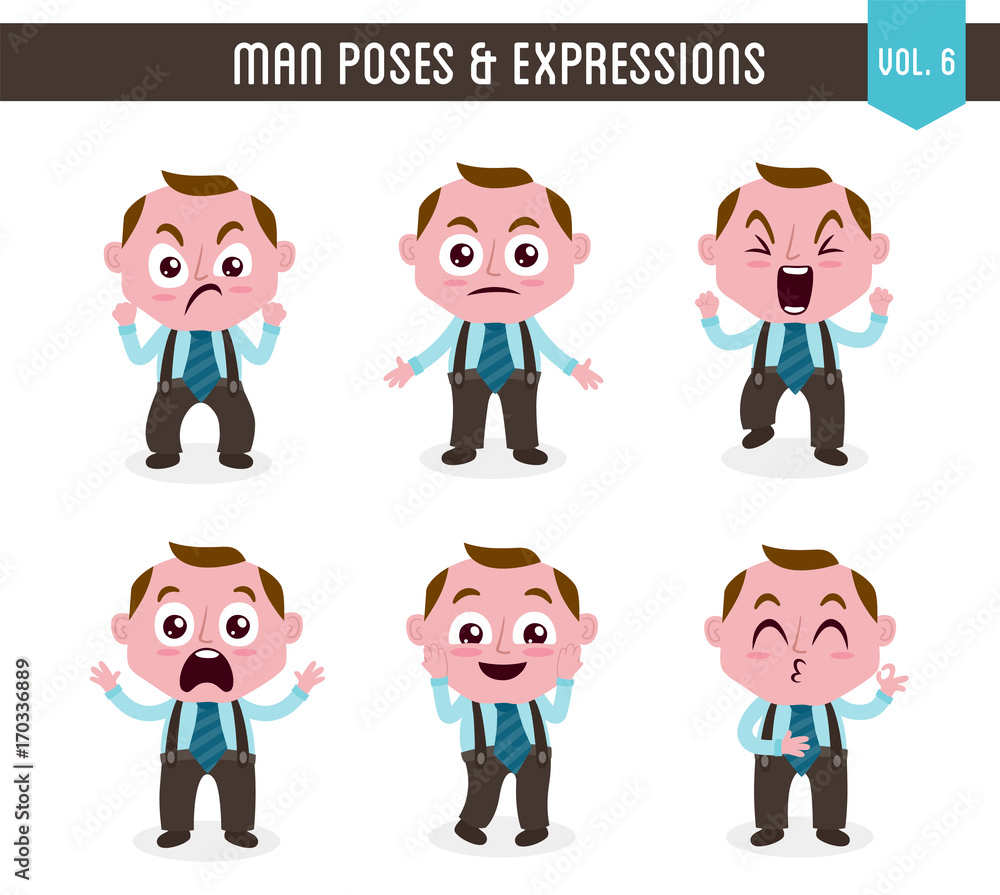
Credit: Adobe Stock
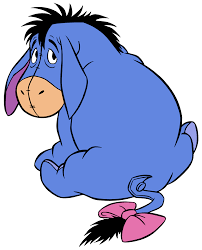
Credit: Clipart Library
How to Make a Character Design?
Designing a character is not merely a creative process but encompasses many principles, theories, and themes. Let us take a look at the basic procedure for designing a character.
1) Find a Character Concept
The design of a character communicates the artist’s vision of how a character will represent themself in a movie, a comic book, or any other publication. Deciding on the character's concept is one of the basic steps to take before creating it.
A single line or description of the audience's needs can help character designers create an engaging character. Suppose a client gives you a creative brief on the character’s personality, the target audience, and whether it should be mainstream or unconventional. In such cases, it is essential to understand the details of the brief and incorporate them into the character design. Your idea of the character should follow up with the given creative brief.
In case you are not given a creative brief, you have to brainstorm and make one on your own. To begin with, find inspiration for your characters. Using these resources, you can generate a creative idea:
a) Browse Social Media Sites
Social networking sites are a good source for artistic ideas and creative concepts. You can scroll through amazing artists' accounts, with everything being available online today. Take inspiration from their artwork, and learn innovative techniques. You can also network with them and exchange views and notions about various topics.
b) Take Inspiration From Your Favorite Song or Movie
The lyrics from your favorite song or movie's dialogues can inspire a character's design. Pick up keywords from the lyrics and frame concepts around them. Listen to the songs and try to create ideas from them.
c) Visit Local Art Galleries and Museums
Both traditional and contemporary paintings have one thing in common, i.e., the ability to inspire others. With hundreds of ancient and modern artwork, an art gallery or a museum is an excellent place from where you can gain ideas. Then, you can make a concept for the characters using this inspiration. One must pay attention to the different techniques, basic shapes, color schemes, and patterns and try incorporating them into their designs.
d) Analyzing Your Surrounding
We have many unique characters surrounding us daily. Our friends, family, relatives, celebrities, etc., have different auras and personalities. Observing how they talk, walk, react, dress, and make gestures can help us make our characters more realistic and lifelike.
2) Do Your Research
In creative processes like portrait paintings, character designing, etc., pre-production is more crucial than production. Pre-production is a stage where all the initial research happens, and the creative juices flow in. The line of action that one should follow is:
a) Research Your Target Audience
After conceptualization, research is the next important step. Research and imagination work simultaneously. Our brain is like a library; with more resources comes more knowledge. When a person researches in-depth, the brain converts the gained information into creative ideas.
Researching and designing according to the target audience’s choices and preferences is essential. Knowing the audience makes it easier to decide how you want your character to look and what colors you intend to use.
One needs to go beyond the audience's demographic details like age, gender, and geography and learn more about their likes, tastes, and choices in various genres. Adults may not like designs that appeal to children.

Credit: Squeeze Growth
b) Gather Reference Images
Before designing a character, collecting references is an essential step. The designer should extensively research the character he plans to illustrate. Searching reference images on Google, Instagram, Pinterest, or other social sites is the primary way of getting information about the chosen object.
Watching documentaries and movies, reading books, or observing them in real life is a secondary way of gathering data about them. Besides these, you can also look at the works of other artists and their creativity in these media sources.
For example, if you plan to design an animated elephant, it becomes essential to understand its physical attributes, proportions, and characteristics. Thoroughly comprehending how these creatures walk, eat, or react to different situations is important. You can do all this by watching elephant documentaries or reading about them.
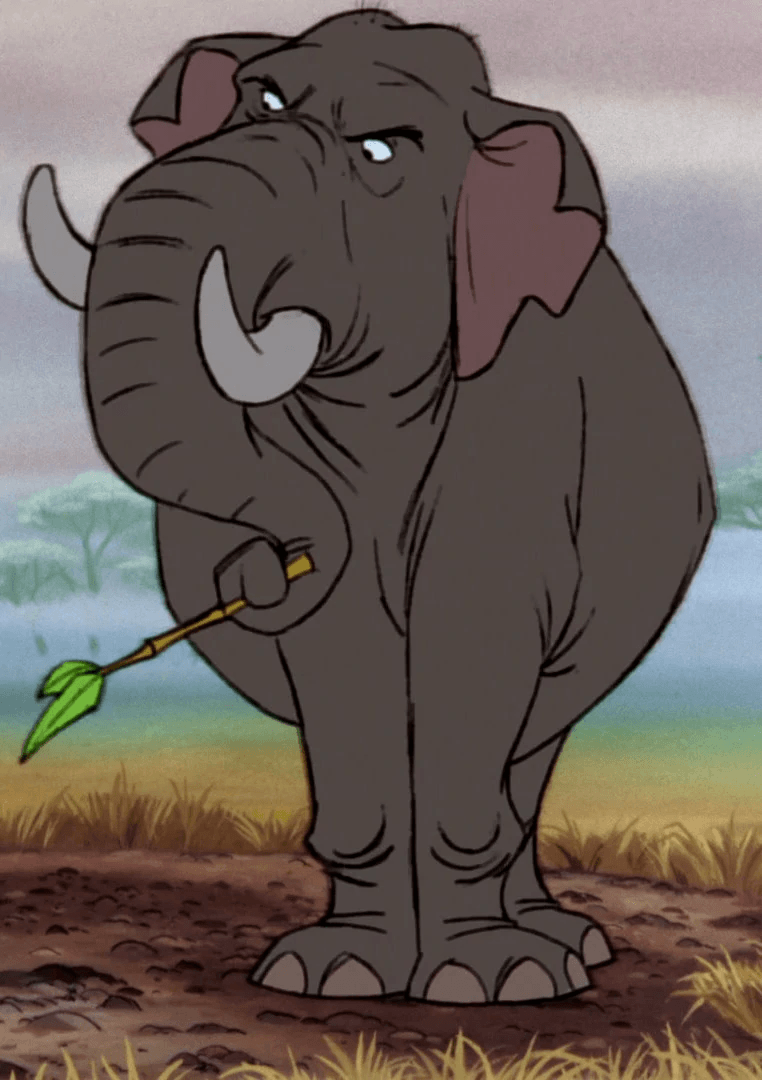
Credit: Ultima Wiki
While creating a human-like character, learning about facial expressions and postures is important. For example, using appropriate body language and facial features to depict the mood is necessary while making a happy and confident child.
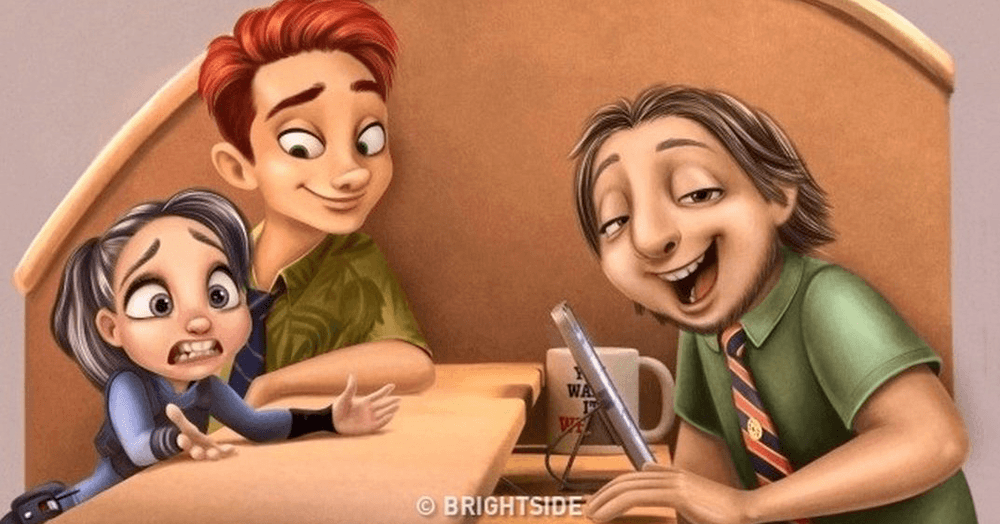
Credit: Bright Side
Collecting references aids in the visualization of the idea. Furthermore, it is integral only to take inspiration from reference images rather than copying them. Reference images influence our creations and help us build attractive, engaging art pieces. The more references you use, the more variations there will be in your character.
3) Prepare Well
After gathering the reference images, preparing your fundamentals is necessary. Learn about shape language, color theory, the importance of facial expressions, human anatomy, and body language to make a distinct and unique character.
Define the character’s name, backstory, and physical attributes like eye color, hair color, or other facial marks like scars or blemishes. Give your character a unique identification feature and qualities that distinguish them from other similar figures.
4) Write a Prompt for Your Character
Making an amazing character from scratch can be a challenging task. After gathering reference images and preparing themselves, artists often need clarity with various options. To do so, one can write a clear and concise prompt on how one wants their final character to look. A unique and iconic character comes from a well-written prompt. The prompt will guide you on how to proceed with designing your character.
5) Choose Your Tools Wisely
Tools that a character designer uses are vital during the character design process. Generally, people feel that the pen and paper are catalysts while drawing something artistic and innovative. It helps them unfold their imagination and ideas. Usually, creators draw their preliminary sketches on paper.
Nonetheless, looking forward into the client’s requirements and using digital resources and software for designing is crucial. Also, the tool choice depends on the user’s preferences and requirements. Some of these digital tools are:
- Adobe Photoshop, Coral Painter, and Clip Studio Paint for digital painting
- ZBrush, Artbreeder, and Lightwave 3D for designing 3D characters
- Adobe Animate and Adobe Illustrator for vector characters
- Procreate app and pen tabs for digital drawings
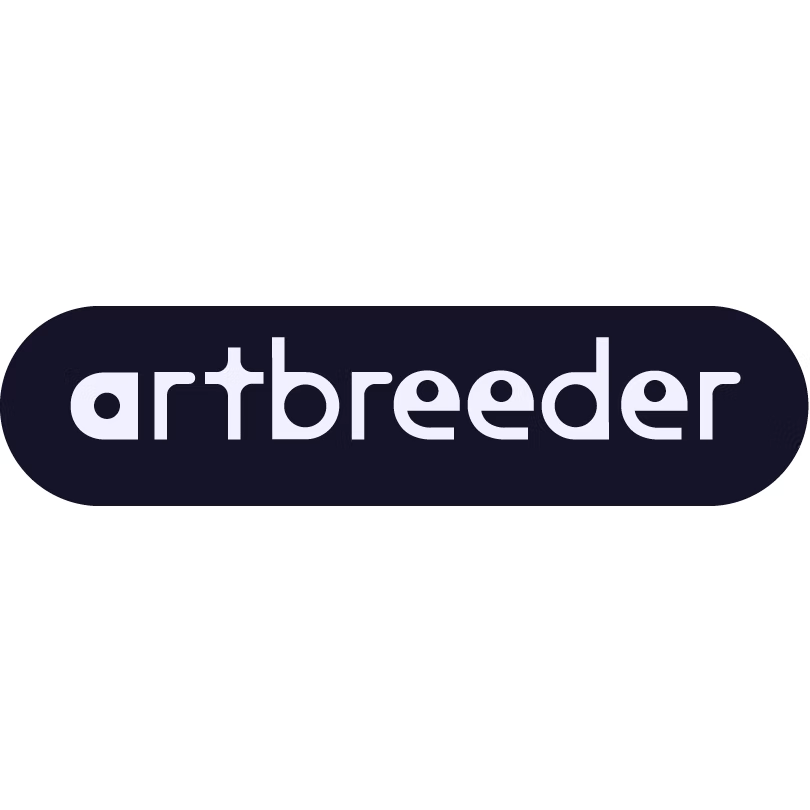
Credit: Artbreeder AI
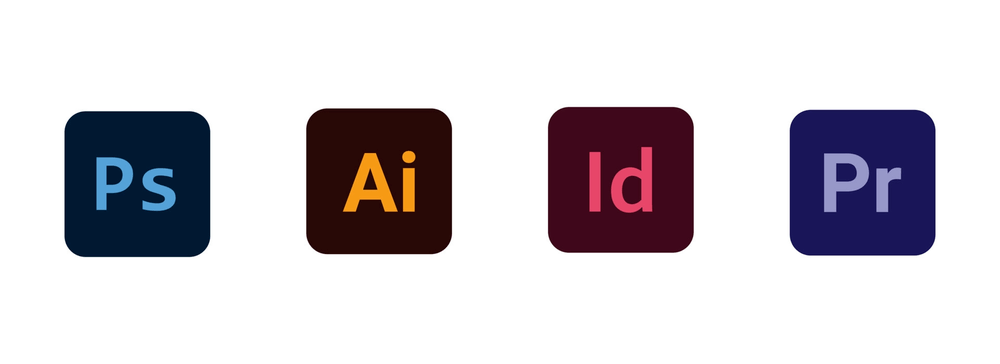
Credit: Vecteezy
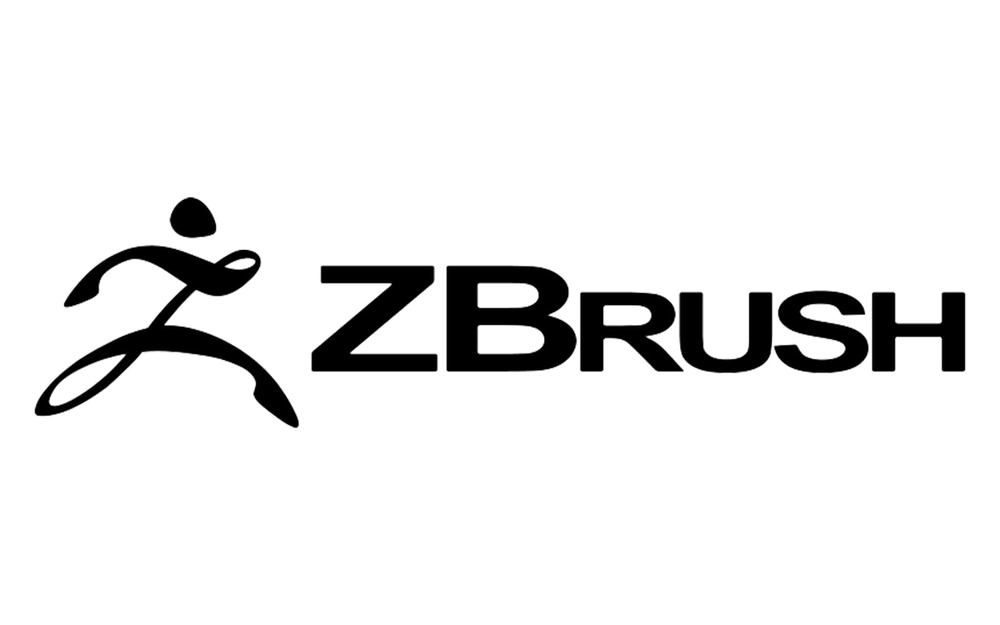
Credit: 1000 logos

Credit: LightWave 3D
6) Create Thumbnails
As the name suggests, thumbnails are minute and tiny preview versions of the character. It allows the artist to put their ideas on paper and try as many samples as they want. Artists create loose sketches to experiment with different concepts before sticking to a single one.
There is no specific size for thumbnail sketches, but generally, an artist makes dozens of thumbnails on a single piece of paper. The focus is on working small and fast, emphasizing the angles and poses of the character. At this stage, color and specific shape are of little importance.
The most efficient and common way of drawing a thumbnail is to start making silhouettes. Silhouettes help in clearly defining your character and working effectively on them.

Credit: Pinterest
7) Finalize The Design
The most integral step of character design is to complete the design. After you are satisfied with your thumbnails, start working on the final plans and the minute details. After making thumbnails, many artists pause their work so they can add fresh perspective once they resume. Artists select the thumbnail which best represents their character and effectively start working on the finer details of it.
A well-defined sketch makes the digitization procedure a lot easier. Good characters result from closely working on anatomical shape language, character poses, facial expressions, and color schemes. Paying attention to all these finer details helps bring life to the character and effectively express every emotion. Work on character traits and facial features, including eyes, eyebrows, the shape of the nose, ears, and jawline.
The artists work on the characters' poses, styles, and clothes. They do so to give their characters a complete look from all angles, whether frontal, profile, or rear view. An artist must remember that character design should best fit the varied scenes of animated movies or video games.
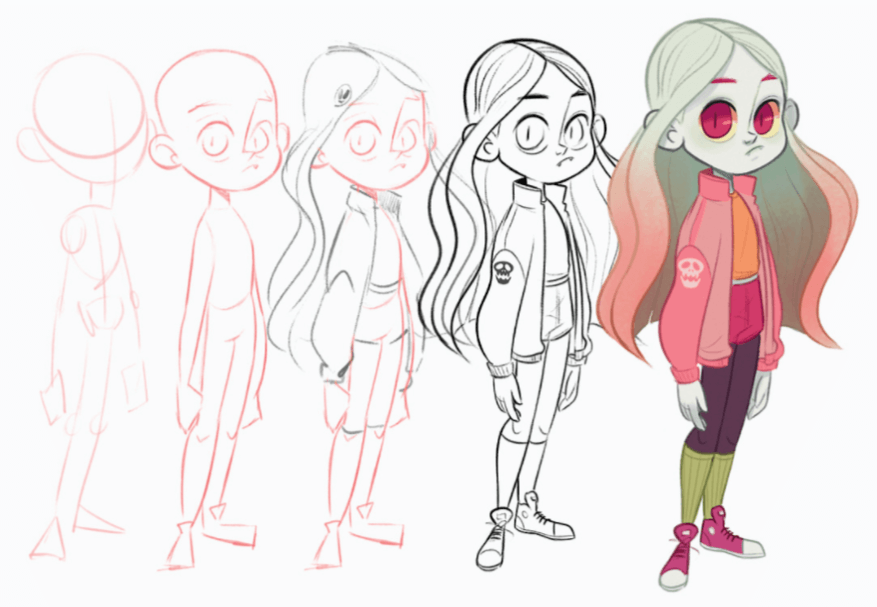
Credit: Good Designs
8) Get Feedback
Before digitalizing the art, if artists get good feedback on their creations, it boosts their confidence. Another advantage of getting feedback is that one can make changes at that step. Further in the process, it becomes challenging to modify designs.
9) Digitalize Your Sketch
After you have finalized your sketch, it is time to start 3D designing. Designing a character is more about choosing suitable shapes, colors, and features and less about illustrating the sketch. Yet, to turn your drawing into complete artwork, you must digitalize your sketch.
It is important to produce the character’s concept art to view how it will look in an animated film, as a video game character, or in comic books and other publications.
Use different software available online to convert your sketches into digital art. These help design 3D characters to move around or behave in animation. Artists work on the three dimensions of the character, height, length, and width, to ensure that the character’s personality fits in situations that require movement.
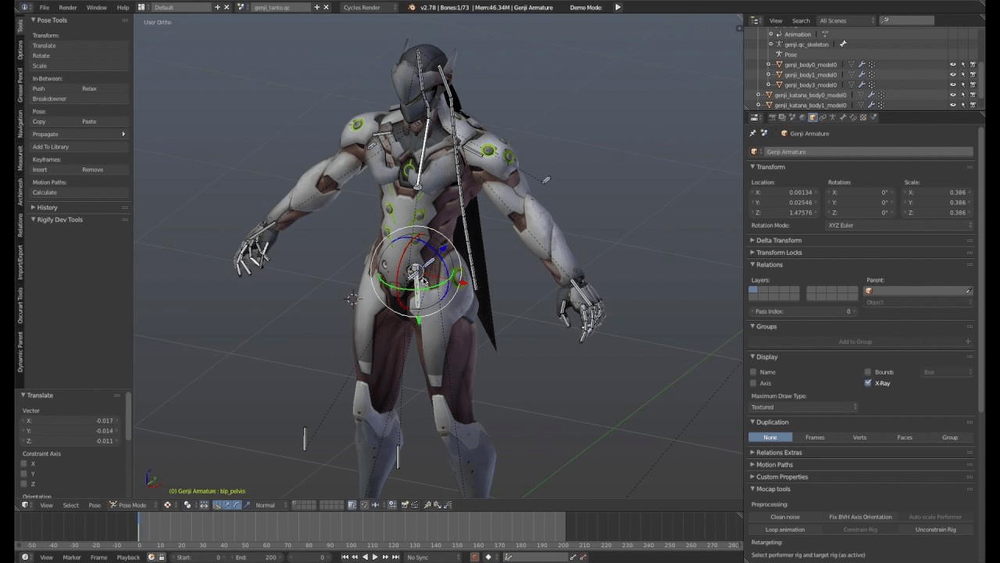
Credit: Fiver
10) Prepare a Character Sheet
A character sheet is an integral tool for producing animation films, comics, or video games. It is a document for standardizing the character’s appearance, poses, features, etc. A character sheet is also known as a model sheet, character board, or character study.
Many artists need a character sheet while collaborating to maintain the continuity from scene to scene. A single animator can only work on a few shots of an animated film or a television series, so the model sheet is necessary.
Model sheets work as reference material for standardized 3D modeling of the characters. They guide artists about appropriate proportions, costumes, and shape language. In the past, animators used the character sheet in long television series like ‘Looney Tunes’ and ‘Tom and Jerry’ to maintain continuity.
● Specific Annotations
Specific annotations are feedback from animators on the model sheets. These may include suggestions on character traits, a single facial feature, or a color scheme.
● Fair Use and Copyright
Character Sheets have copyrights from the animation studio that owns them. These sheets are not publicly available and only accessible to artists who work with the animation studio. These templates are only for the professional use of the animators to control any faults.
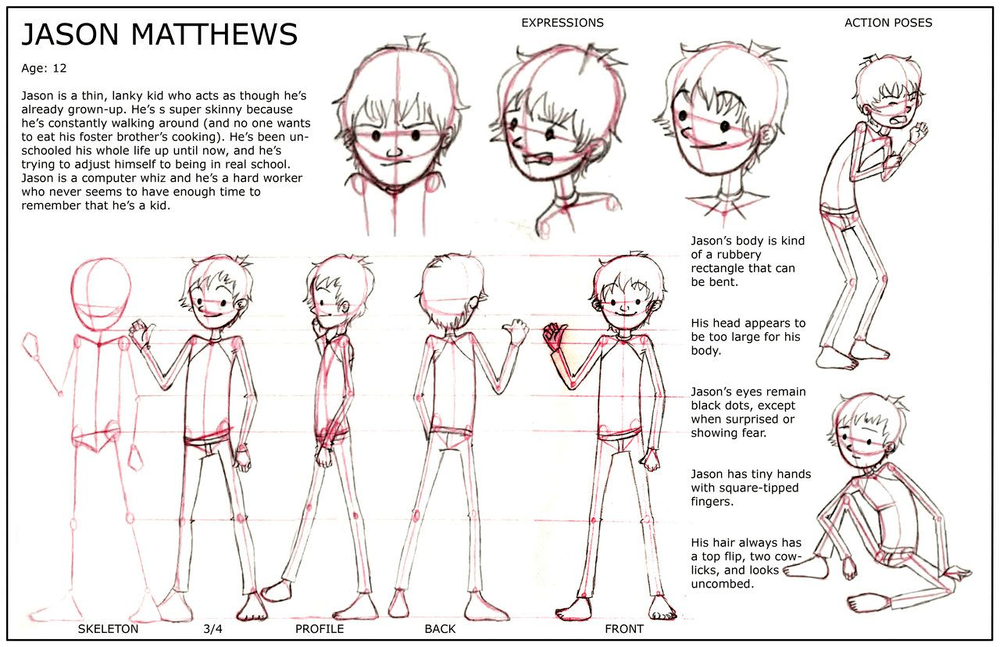
Credit: Pinterest
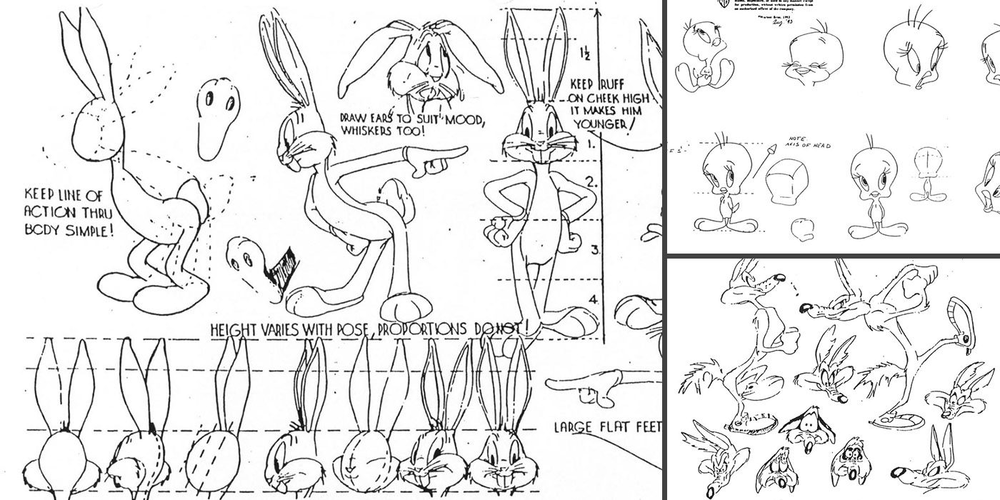
Credit: Lamay

Credits: D&D
5 Tips to Remember During the Character Design Process
1) Create Your Magic
While designing a character, remember to use your creativity and innovation. A character should resonate with the target audience. Though fictional, your characters should make sense to the people viewing them. Make characters from your experience as people love watching the truth. Such characters strike emotional and psychological responses from the audience.
2) Focus on Shape Language, Color Theory, and Other Foundations
While trying to achieve a complex character, work precisely on its minute details. Pay attention to the anatomical shape language, monochromatic color scheme, and distinct character silhouette. People love characters that are simple and have easily readable features.
3) Set Aims and Goals for Your Character
Besides focusing on the character’s backstory, think about the purpose of the character’s existence. What are the goals you want your character to achieve? What drives them in life? What are your character’s favorite things to do?
These questions encourage discussion and help you add dramatic twists and turns to your creations. Your animated films or comic book characters’ imperfections and flaws make them memorable.
4) Do Not Focus on The Characters Alone
While you ponder over character design ideas, focus on the character's environment and character concept. The atmosphere in which their character resides should be according to their character’s personality.
Many character designers or character portrait creators must heed this factor. It is necessary even when creating animated films or television series.
5) Take Constant Feedback
Constant feedback during work boosts confidence and helps improve existing artwork. It enhances the quality of work and makes it more consumer-friendly. Feedback from reviewers or the expected audience can build a good character and create a memorable story.
Conclusion
A character design process is an exciting yet demanding task. Creating a main character for an animated film, anime characters for a manga movie, or cartoon characters for a short television series requires a lot of dedication, persistence, and excellent technical skills.
Iconic characters have the charisma to attract an audience towards them and effectively tell a story or deliver a message. So, one can make a unique and memorable character with apt curiosity, creativity, innovation, and specific skills.

